Dieser Artikel ist auch auf Deutsch verfügbar. Click here to find out more about United States of America!
Since the 1960s the world’s nuclear powers have been aiming intercontinental missiles with nuclear warheads at each other. Although the Cold War seems to have been over for a long time, hundreds of these missiles are still in their silos today, ready to be launched. There are only a few places in the world where you can take a look at one of these weapon systems. One such place is the Titan Missile Museum near Tucson, Arizona in the United States of America.
The Titan Missile Museum Education and Research Center, named after German Count Ferdinand von Galen, is located on West Duval Mine Road in Sahuarita, Arizona directly on the Interstate I-19. From Tucson it’s about 40 kilometers or a 35 minute drive. The museum is operated by the same organisation as the Pima Air & Space Museum and is on the grounds of former Titan II Intercontinental Missile Base 517-7, which was part of the nearby Davis-Monthan Air Force Base.
Base 517-7 is the only remaining Titan II complex, the other 53 have been demolished or were destroyed during accidents. The only installation I know of with similar historical value is the Museum of the Strategic Rocket Forces in Pobuzke in the Ukraine. There you can see the Soviet counterparts of the Titan II rocket, the Russian UR-100N and R-36M, and a nuclear command bunker.
The only above-ground building on the site of the former Titan II base houses an exhibition room, a souvenir shop and a presentation room. The exhibition provides the historical context to the base and is quite small. However, no one comes all the way to Arizona just for this exhibition. Everything interesting is underground, and you can only get there during a guided tour.
The normal tours take approximately one and a half hours, start at every full hour and cost 13.50 US-$ (about 12 Euros) for adults. Occasionally, some longer tours are also offered during which otherwise closed areas are accessible. Tickets should be booked online as early as possible. Attention: Due to the high temperatures in the desert, opening hours are longest in winter and shortest in summer. Between May and October the last tour of the day already starts at 14:45!
Currently (early July 2020) the museum is closed due to the SARS-CoV-2 pandemic.
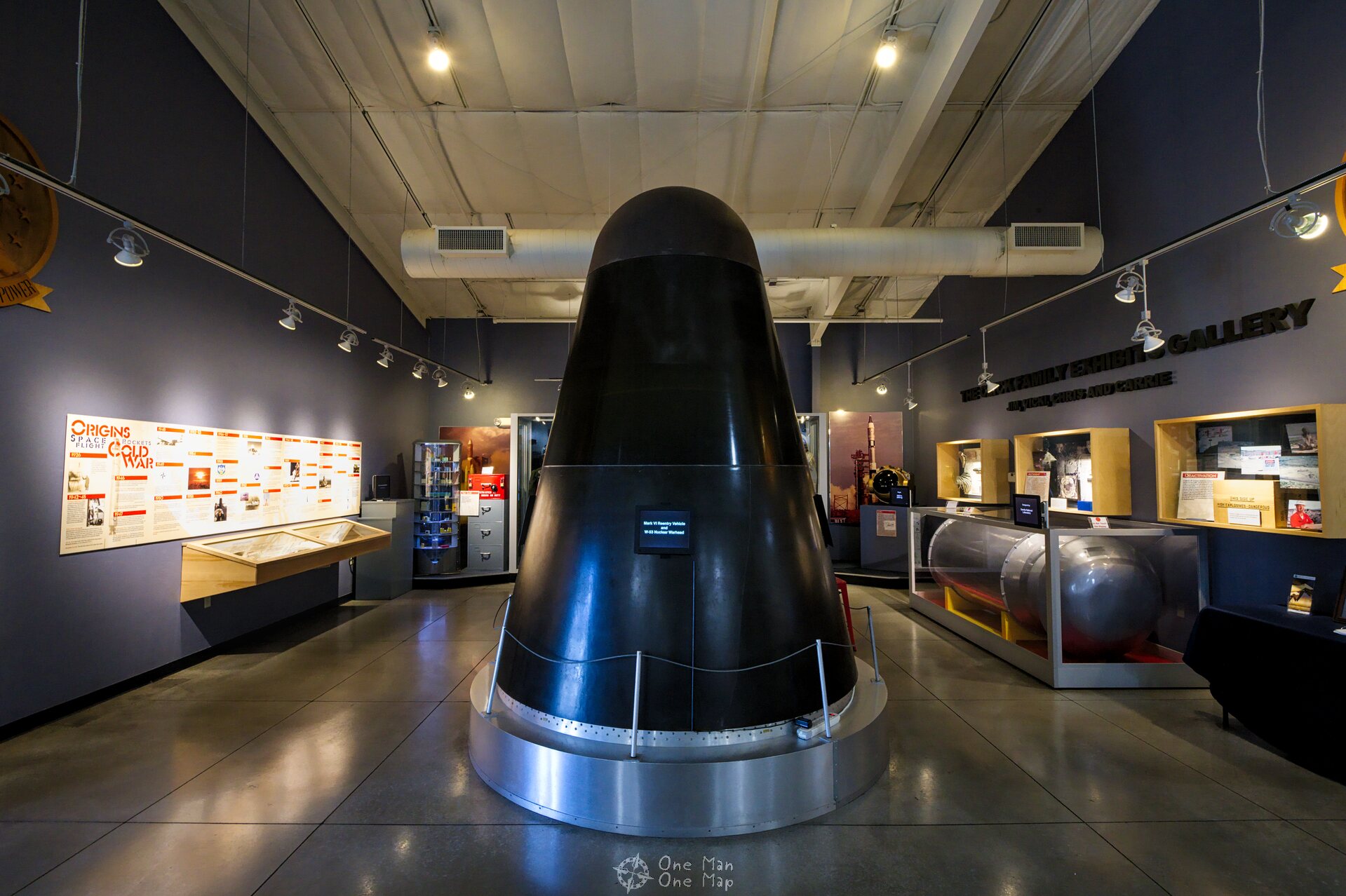
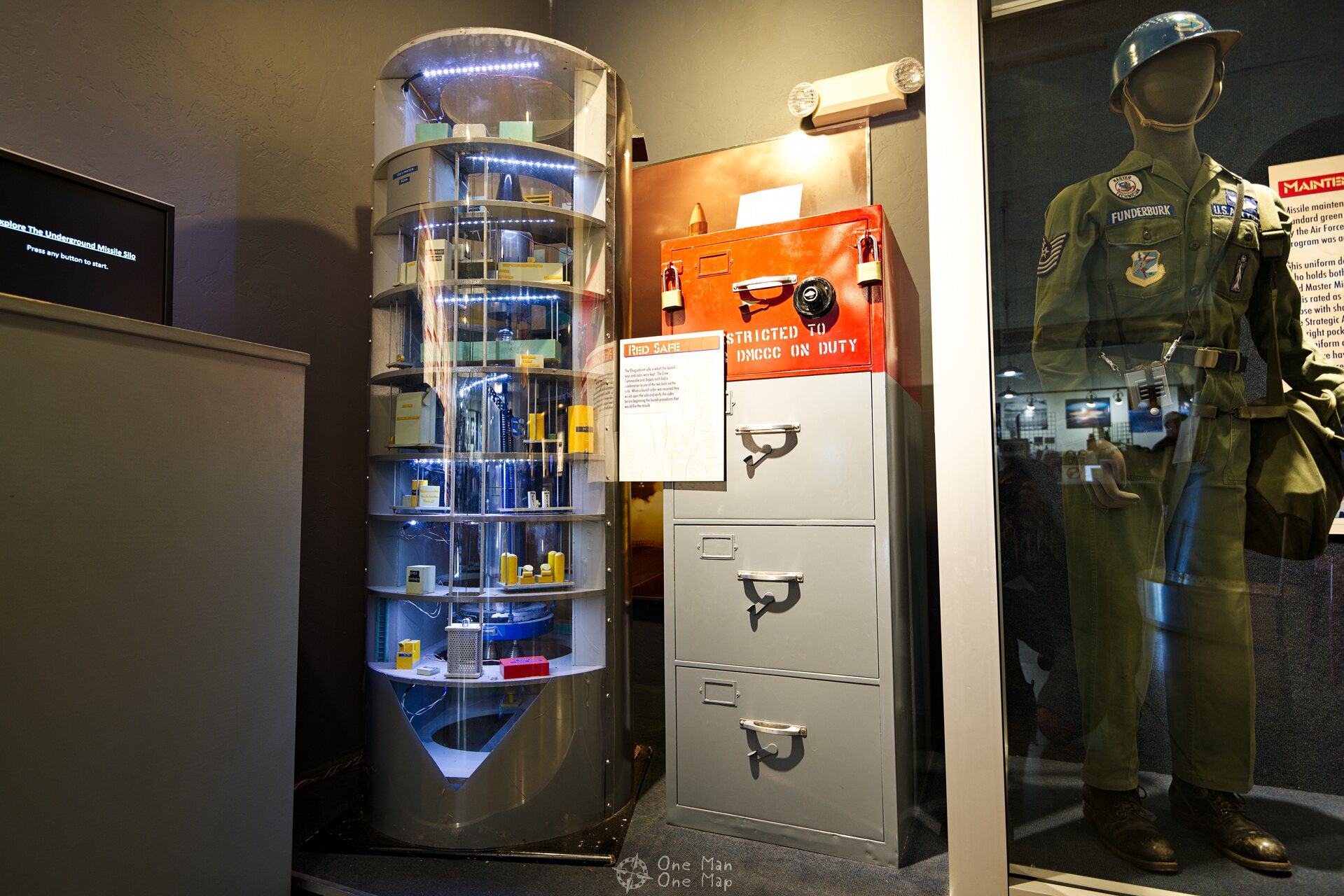
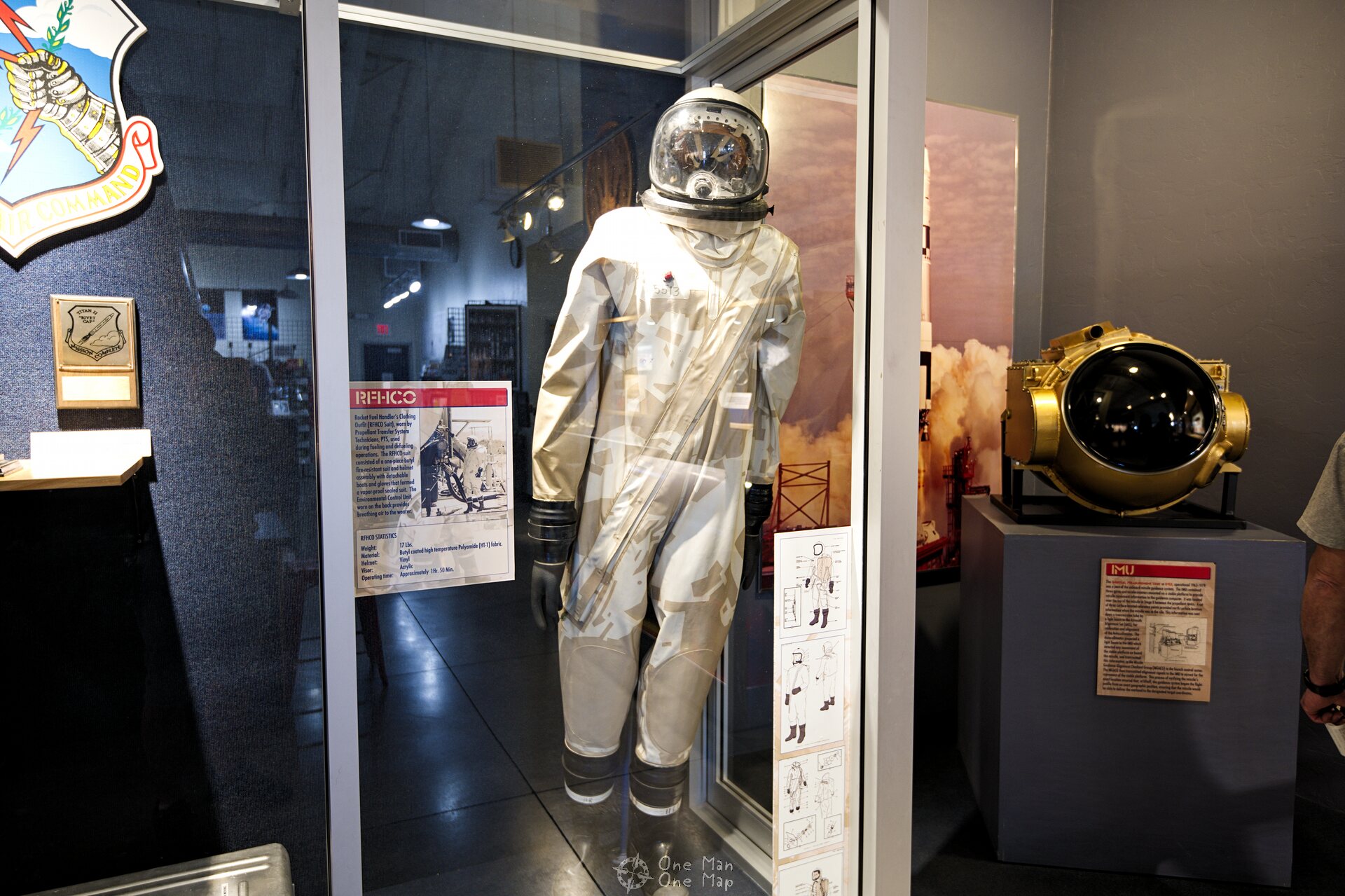
The Intercontinental Ballistic Missile Complex
The invention of the Intercontinental Ballistic Missile (ICBM) goes back to the Third Reich and thus took place even before the detonation of the first atomic bomb over Hiroshima. After the V2 developed under Wernher von Braun had been successfully used against the United Kingdom, the construction of a larger, two-stage “America Rocket” was planned in 1943. This rocket was supposed to carry a conventional warhead to New York over a distance of 5,500 kilometres. After the Second World War, both the Americans and the Soviet Union took over many of the German scientists and started several rocket development projects for different purposes. However, the two major powers were at completely different starting positions.
The Americans had stationed their bombers and nuclear weapons in Western Europe and were thus able to destroy Moscow with nuclear weapons within a short period of time, while the Soviets had to carry their nuclear bombs at least 5,000 kilometres to hit the larger US cities on the West Coast. The Soviet Union had put a long-range bomber with a corresponding range into operation in 1952, the Tupolev Tu-95, but it was not certain whether a sufficient number of these bombers could reach the USA after a first strike. And even if they did, the Americans could basically just “sacrifice” the West Coast and carry on.
To guarantee Mutually Assured Destruction even after a First Strike, a weapon system was needed that could carry a nuclear explosive into all corners of the USA within a short amount of time and as stealthy as possible. When the Soviet Union tested the first hydrogen bomb in 1953, the development of the accompanying intercontinental ballistic missile was already in full swing. The Americans, on the other hand, had abandoned their own ICBM development program in 1948 and only relied on their bombers. It was not until 1954 that the “Atlas” rocket program was given top priority.
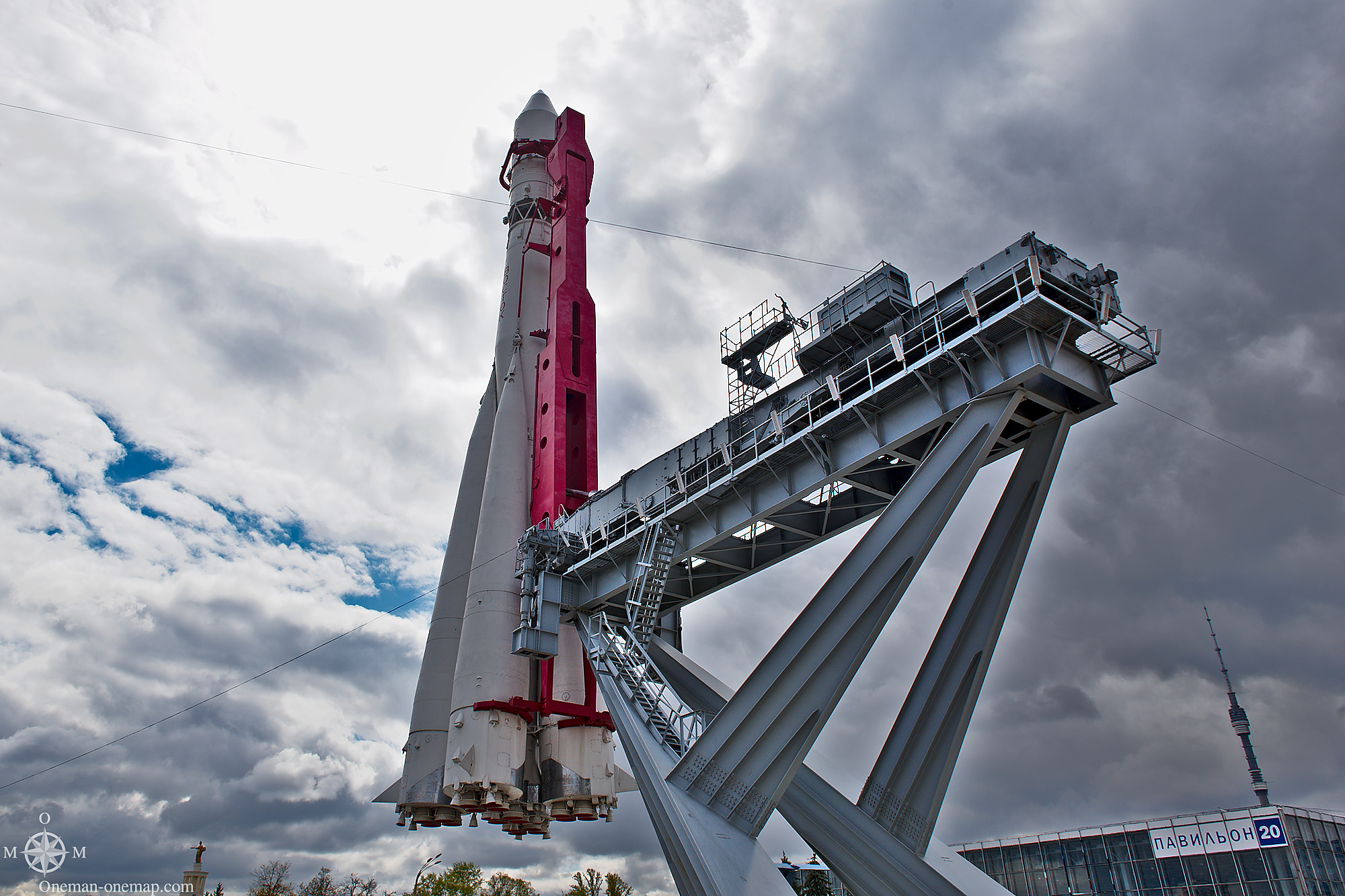
The “R-7” design developed for the Soviet ICBM could also carry sufficiently high payloads for space travel. The “Vostok”, a derivative of the R-7, carried both the Sputnik satellite (1957) and Yuri Gagarin (1961) into space. A heavily modernized version of the R-7 is still used today for Soyuz missions.
The American counterpart to the R-7 was the Atlas rocket family. Both the US and Soviet designs required complex, above-ground launch pads and were very vulnerable to attacks. Therefore, the development of underground missile silos in different variants was started very quickly. In the US the not-so-successful Titan I ICBM was followed by the Titan II design as early as 1962. A total of 54 Titan II bases were built across the USA: 18 around Tucson in Arizona (Davis-Monthan Air Force Base), 18 around Wichita in Kansas (McConnell Air Force Base) and another 18 around Jacksonville in Arkansas (Little Rock Air Force Base). The bases were only supposed to be in operation for about ten years, but went on to stay on alert for more than two decades.
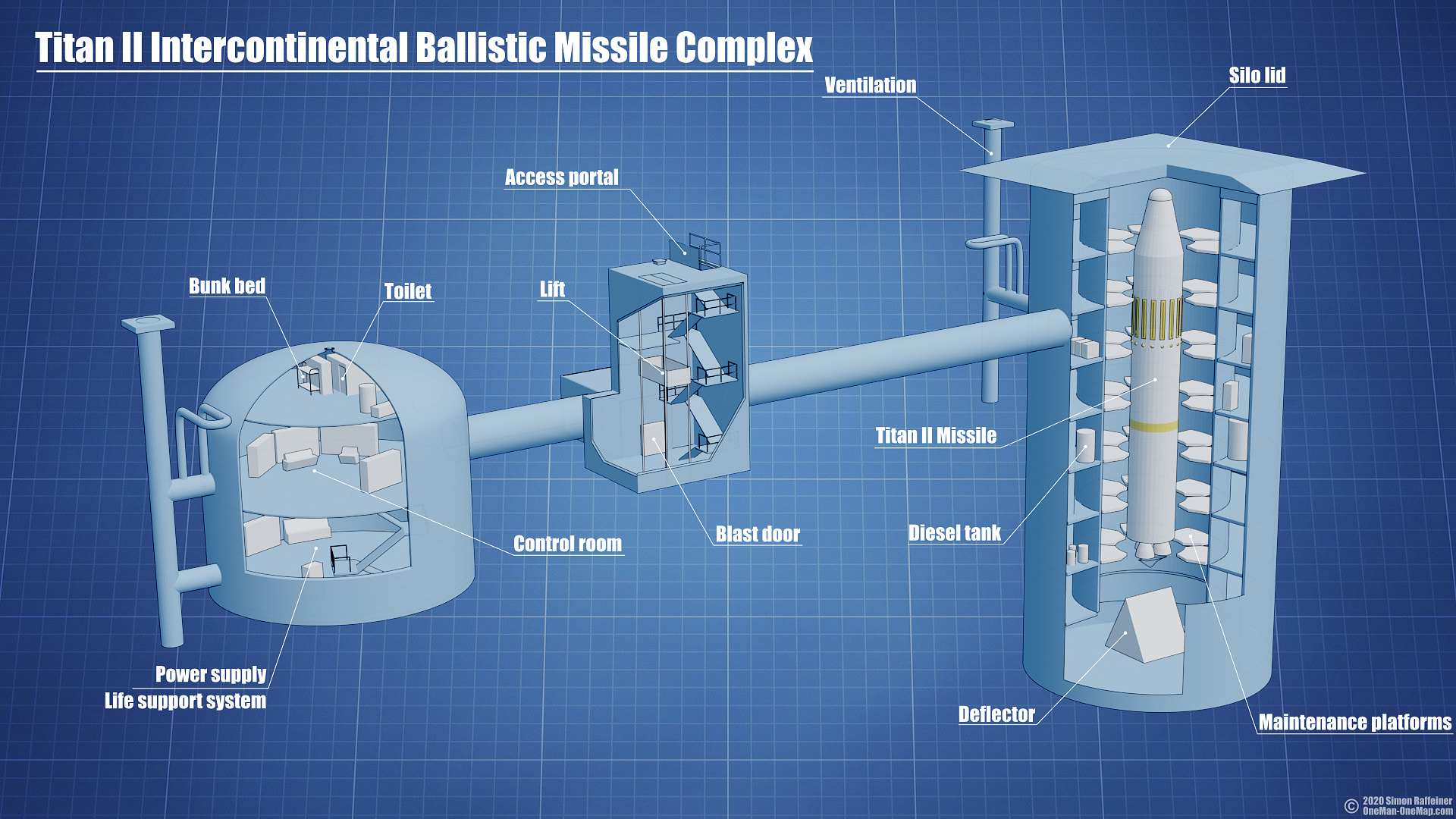
In contrast to the installation at the Museum of Strategic Rocket Forces in Pobuzke in the Ukraine, a single Titan II command center controlled only a single rocket, which was housed in a silo on the same premises. The three-storey command centre with the supply systems and the nine-storey silo with the missile are connected by a tube, the common access portal is located in the middle. Compared to the Russians, the American silos were more than luxurious: plenty of space and amenities instead of having to sit in a tiny command capsule for 8 hours…
Almost all components of the base are located underground. All that can be seen on the surface is the 700-ton silo lid, the communication antennas and the filling station for the highly toxic rocket fuel.
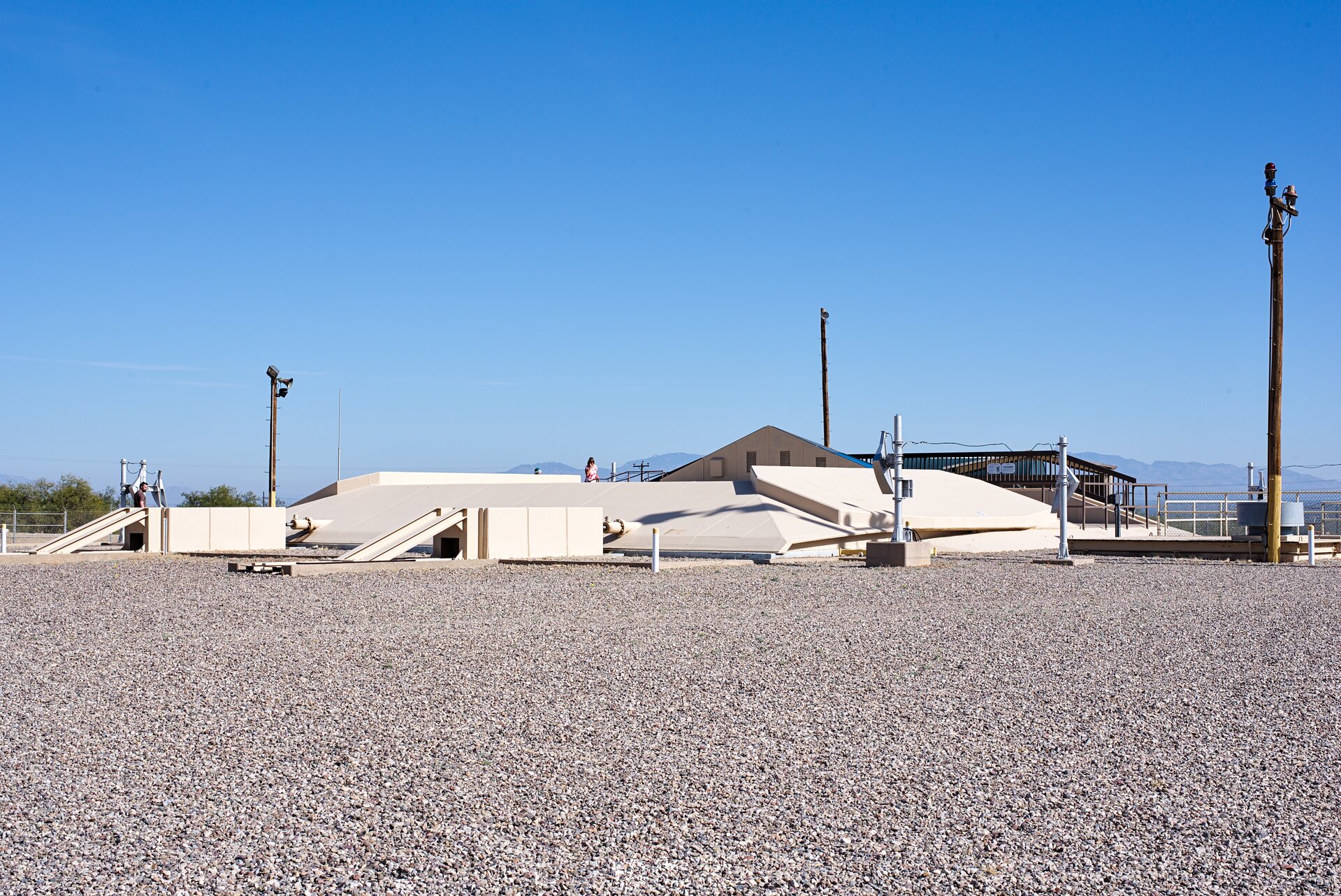
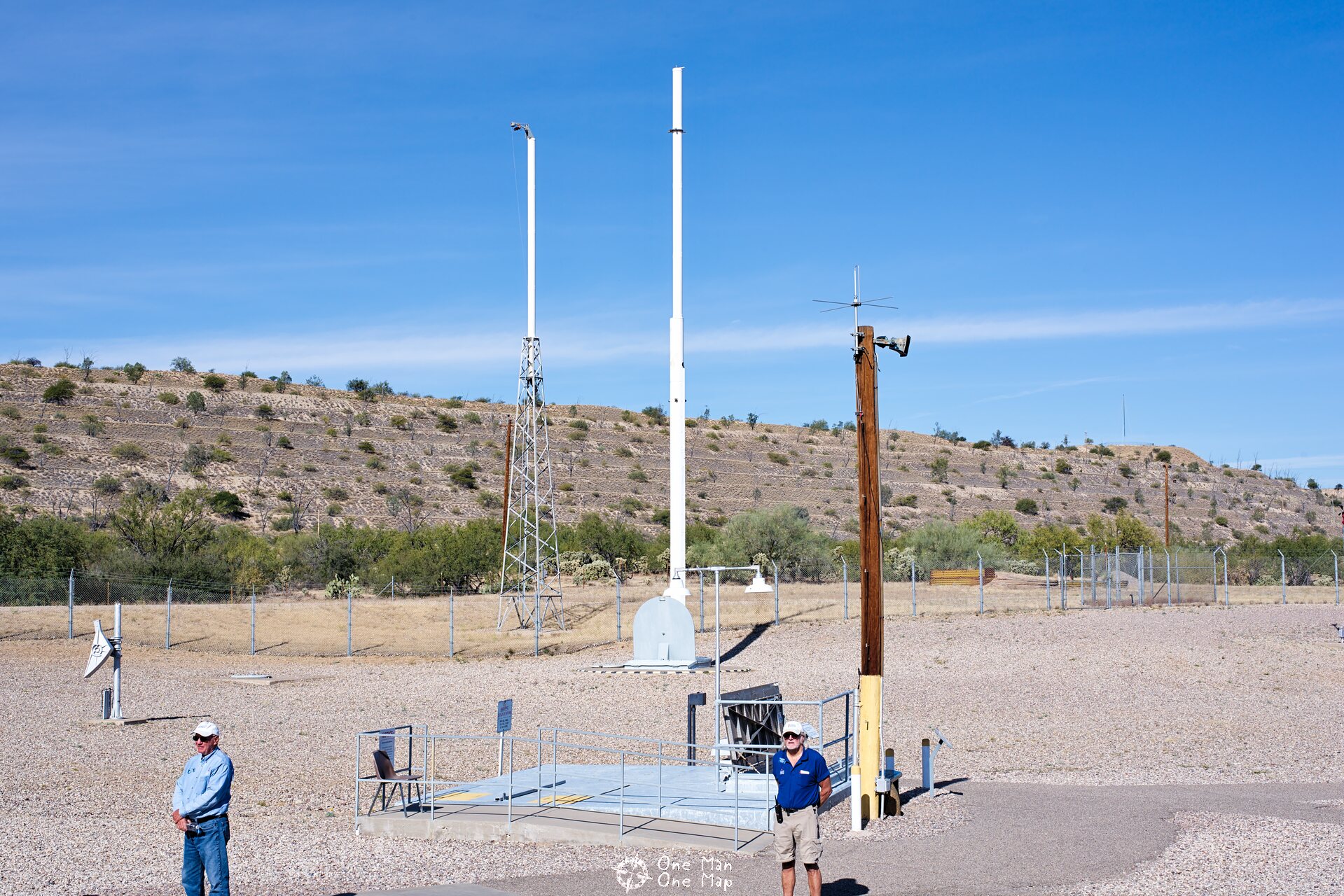
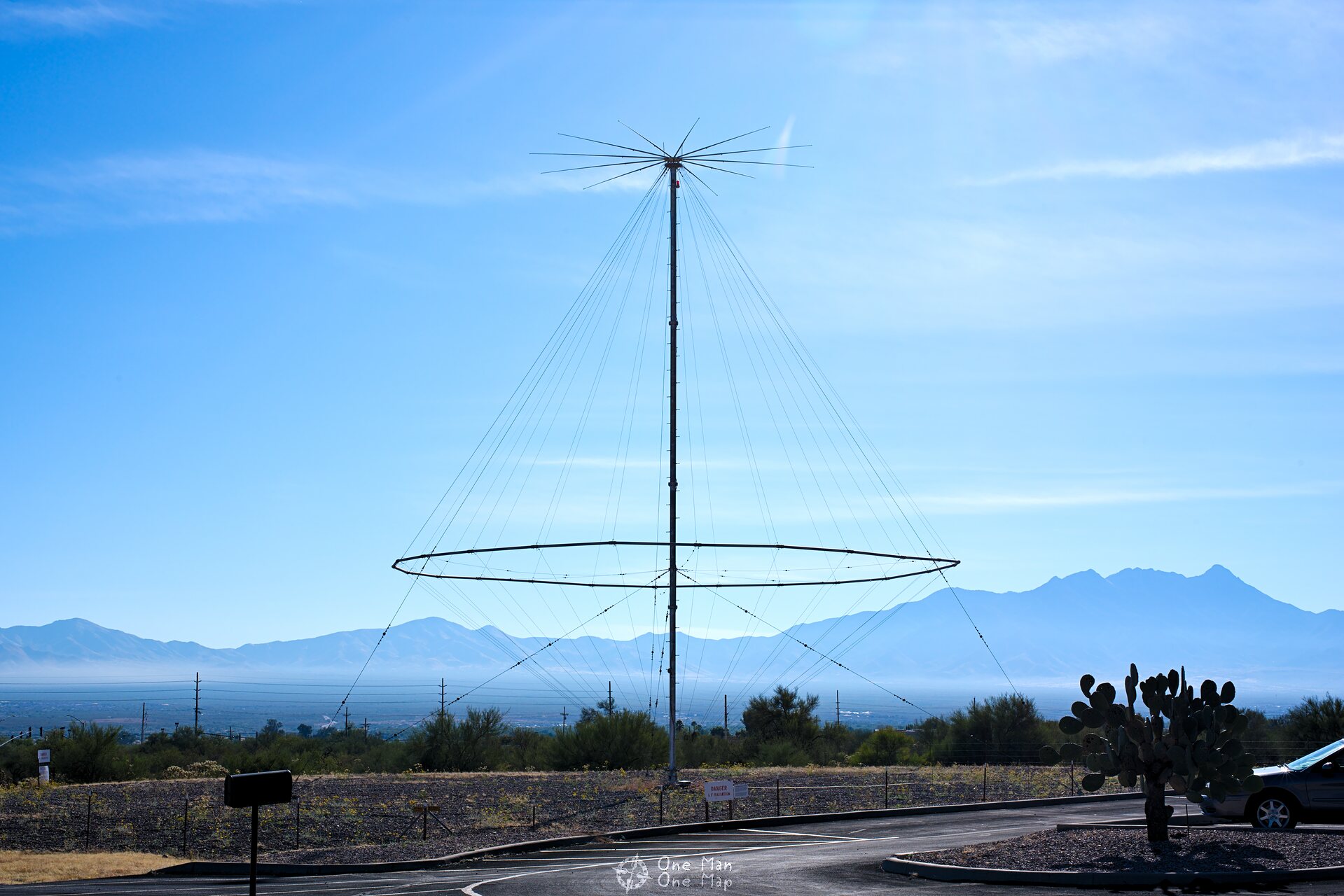
In contrast to its predecessor Titan I, the Titan II rockets were always fully fuelled in the silo and could therefore be fired in less than 60 seconds. The fuel consisted of nitrous oxide and aerozine. Both components are highly toxic and hypergolic – if they come into contact with each other, the mixture ignites immediately. The workers had to wear heavy protective suits during refuelling and always keep the two fuel components separate from each other.
There were quite a number of accidents over the years. Silo number 374-7 near Little Rock in Arkansas was completely destroyed by fuel leaking from the rocket, the nuclear warhead was catapulted about 100 meters out of the silo. Luckily there was no nuclear explosion.
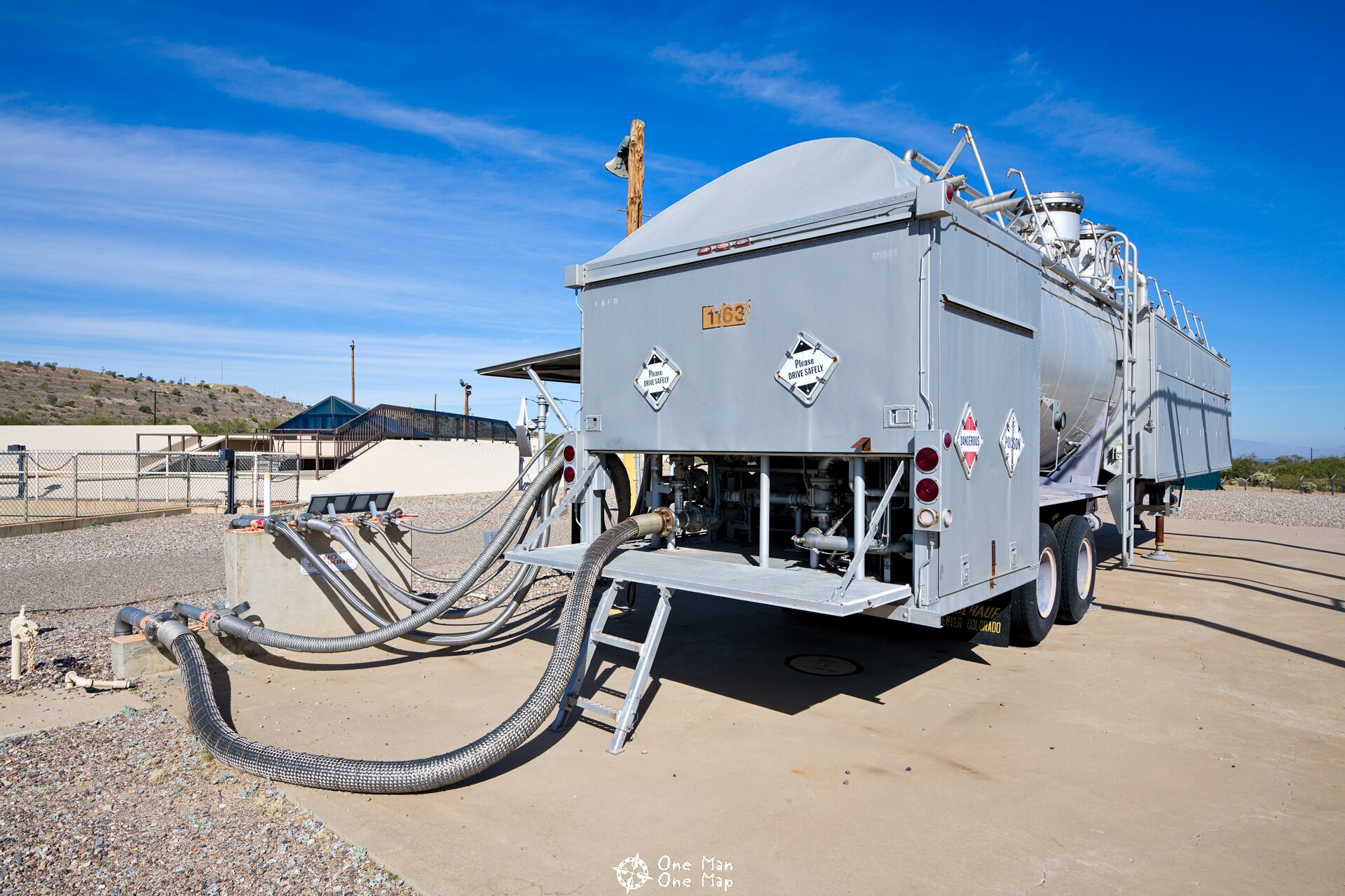
Monitoring of the base was quite simple. The area is surrounded by a metal fence and is well visible, important areas like the silo were protected by Doppler radar systems called “tipsies”. The strangely shaped “horns” created an invisible “wall” of electromagnetic radiation. Uninvited guests would have been detected immediately. During the 25 years of operation there were never any problems with intruders – apart from birds and other animals.
The silo lid glides to the side on rails. Since the base has been deactivated, the lid remains in a half-open position to clearly show on aerial photographs that it is no longer in use. Through the glass roof one can have a look at the rocket.
Below ground
The access portal to the underground base is hidden behind a simple metal door in an inconspicuous concrete platform. Whoever wanted to enter the inner sanctum back then had to authenticate themselves at least four times: Once with the guard at the fence, once at this access portal (the buttons for the door opener are protected by a lock), a third time at the first gate of the access lock at a depth of about ten metres, and a fourth time at the steel gate to the connecting tube between the command centre and the missile silo.
On the rear side of the concrete platform the doors above the lift shaft can be seen.
The 3-ton steel gates at the access lock were designed to stop the shock wave of a nearby detonation. They could only be moved hydraulically and were locked with huge steel bars.
Many Titan II bases had unofficial nicknames. At base 517-7, the “copper penny”, the nickname is even immortalized on the outer steel door.
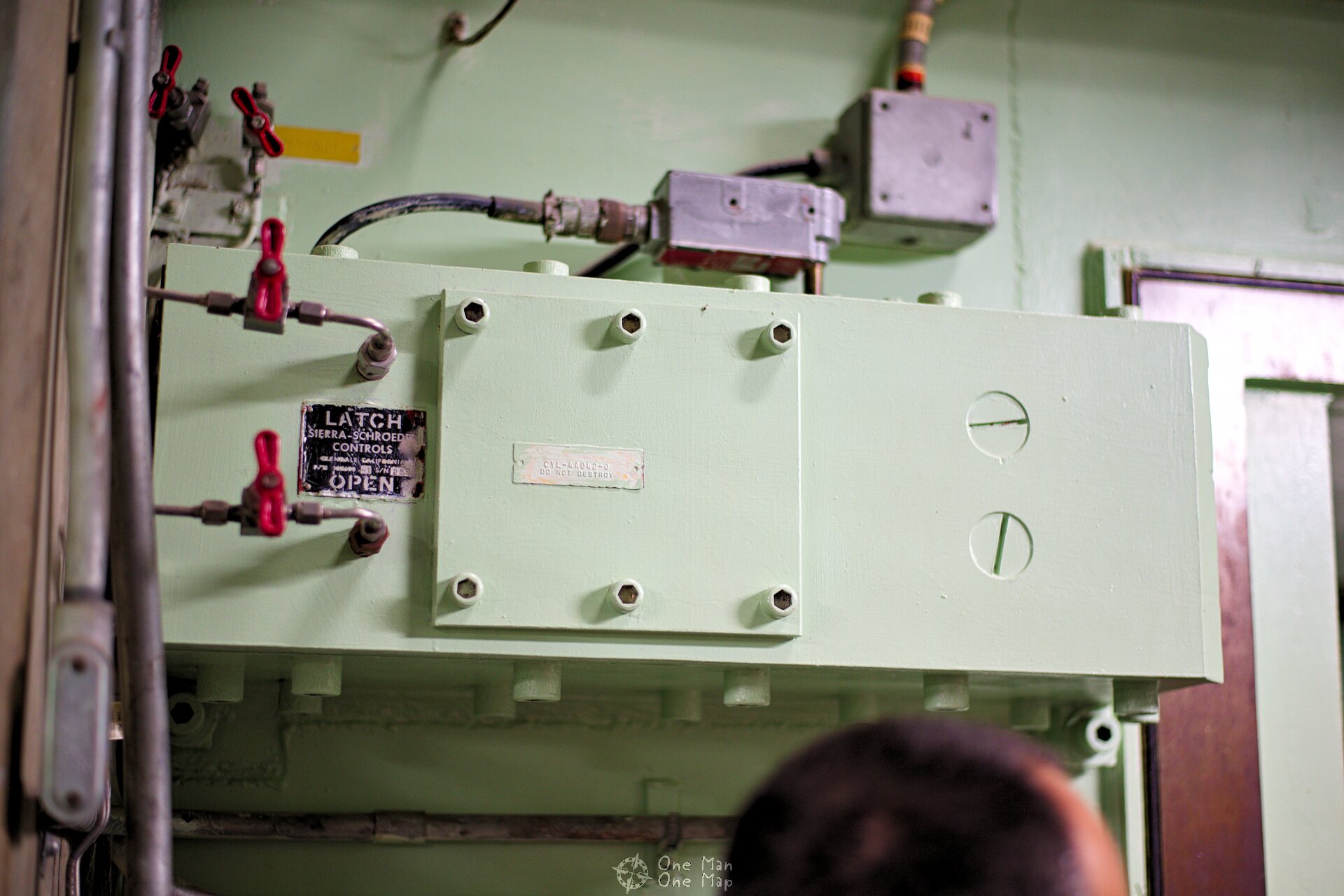
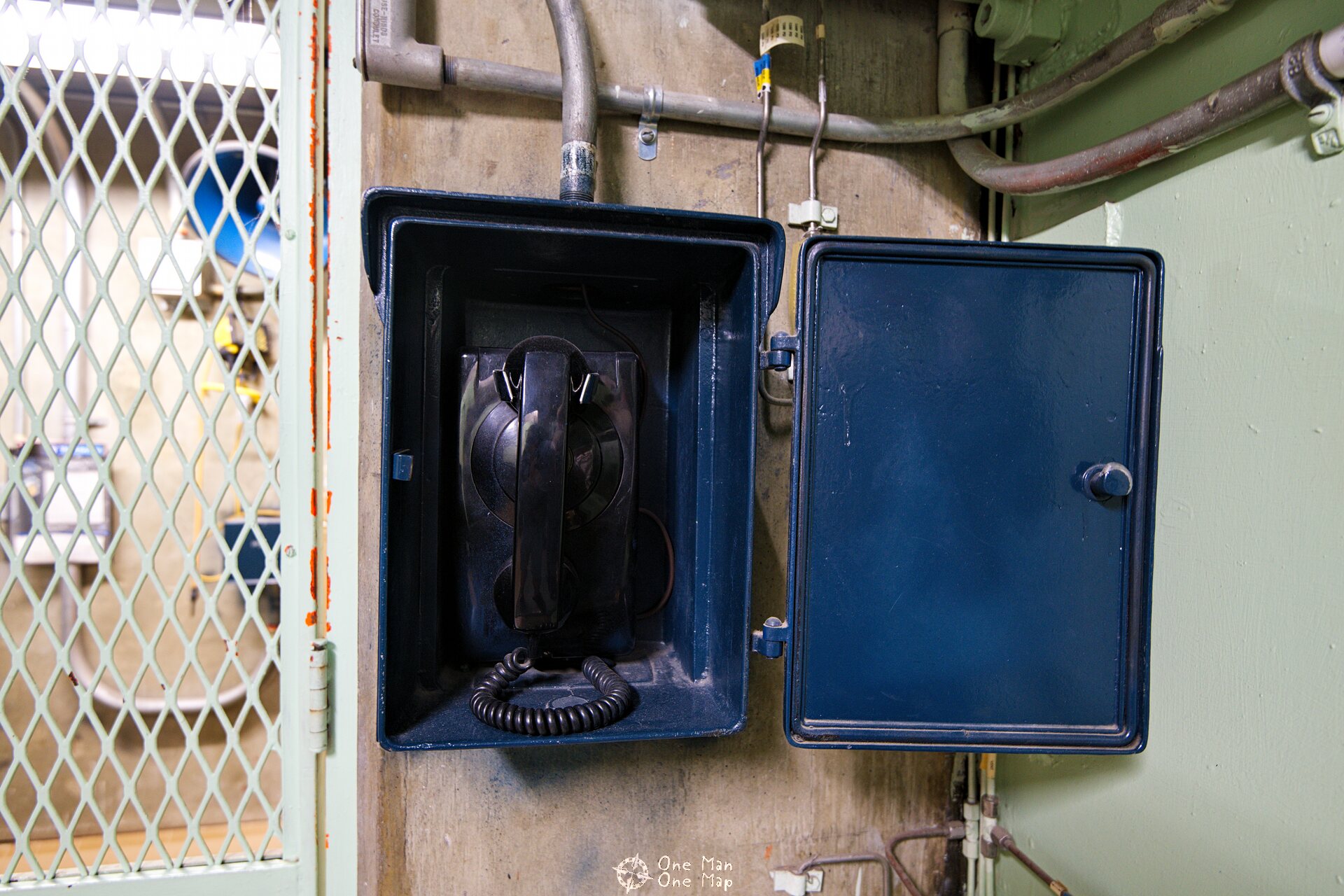
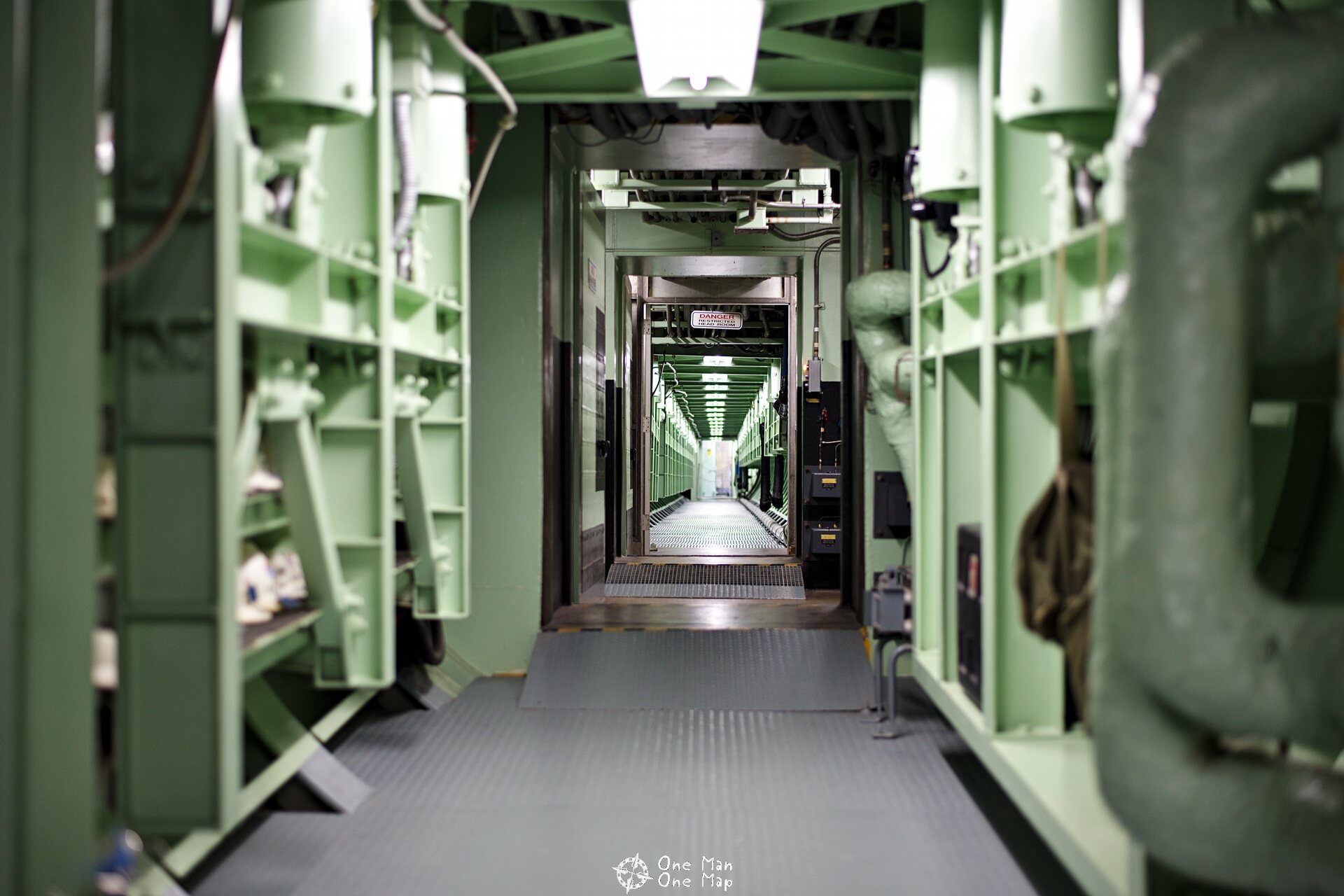
Behind the lock began the “No Lone Zone”. All actions always had to be carried out in the company of a second person.
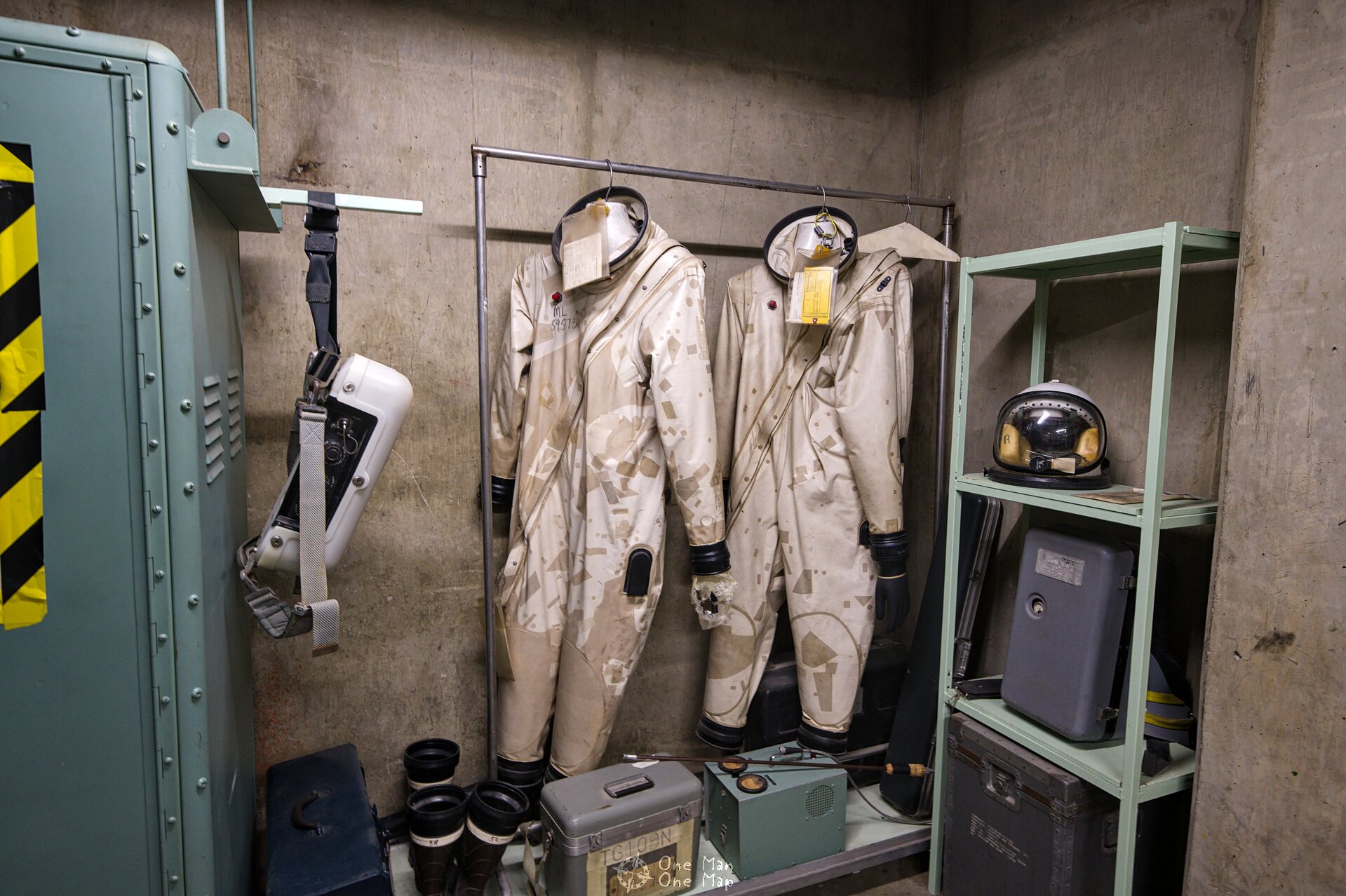
The control center
The former control center is located on the middle one of the three floors of the command bunker. From here the four-man crew consisting of the Missile Combat Crew Commander (MCCC), the second officer (Deputy Missile Combat Crew Commander, DMCCC) and two technicians (Ballistic Missile Analyst Technician/Missile Facilities Technician, BMAT/MFT) controlled the underground complex and launched the missile. One shift lasted 24 hours, followed by a 24-hour rest period.
The crew spent most of their time on routine inspections and communications with the headquarter.
In addition to the two command consoles, there are also numerous cabinets with various control systems for power supply, life-support systems, communications, missile targeting and safety systems.
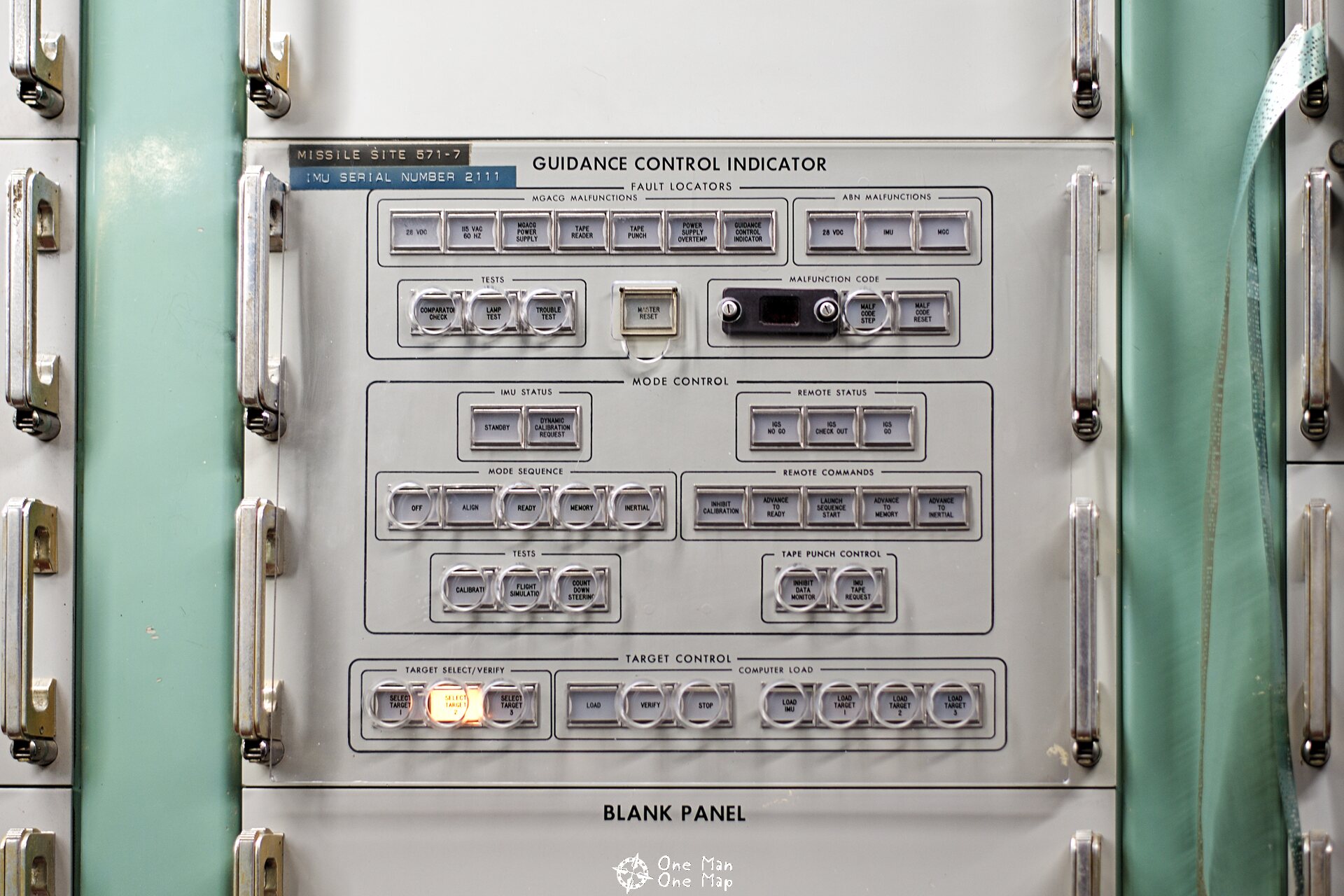
The most prominent place in the room is of course the Command Officer’s seat. From the command desk he monitored all systems, received messages and gave the orders.
If launch orders had ever arrived, the message would have consisted of a 35 numbers. The two officers on duty would have written down the digits transmitted by telephone or radio and then compared their notes. If the numbers matched, both would have opened the red safe together. The safe had two combination locks. Each of the officers knew only one of the two combinations.
The safe contained several envelopes with numbers printed on them. The 35-digit message contained a seven-digit subcode that would have been identical to the numbers printed on one of the envelopes. Inside the envelopes were small plastic cards with five additional digits, which together with the subcode resulted in the 12-digit launch code. Only this launch code would have unlocked the rocket’s fuel valve.
The remaining numbers of the 35-digit message would have indicated the time of launch. As soon as this time was reached, the two officers would have inserted their keys into the consoles and turned them over at the same time. From here on the computers would have opened the silo lid (time to open was approx. 20 seconds), ignited the engines and cut the connections between the missile and the holding devices and supply lines. Only 58 seconds would have passed between turning the keys and the final launch of the rocket. Another 30 minutes would have passed before the missile reached its target in a distance of up to 10,000 kilometers, at a speed of about 25,000 km/h.
The following video shows the process from turning the keys to the launch of the rocket:
The keys had to be turned within two seconds of each other and then held for five seconds. It would have been impossible for a single person to take possession of both keys and fire the rocket alone.
The actual target of the rocket was not known to the crew. Three possible targets were pre-programmed in the computer. At silo 517-7 the control system was set to “target 2” when the base was shut down. The exact coordinates of this target are still kept secret, but it is assumed that it was a hardened bunker installation.
Of course you can also perform a simulated rocket launch in the silo in Arizona, just like at the museum in Pobuzke or at Bunker-42 in Moscow 😉
From the second control panel the second officer communicated with the outside world via different channels. Several of the cabinets are equipped with telephone and radio systems. Also note the 24-hour clock in the upper left corner.
At the left end of the row of cabinets is the red safe with the launch codes. Not only the launch codes were well secured, every corner of the complete base was. In the key box there even is a key for the soap dispenser in the toilet, and without a note in the key book no-one was allowed to use it.
The interior of the command bunker fully hangs on huge metal springs, the connecting passage to the rocket on shock absorbers. These buffers were supposed to soften the impact of a nearby enemy hit. As so often it is rather questionable if this would have actually worked out in an emergency…
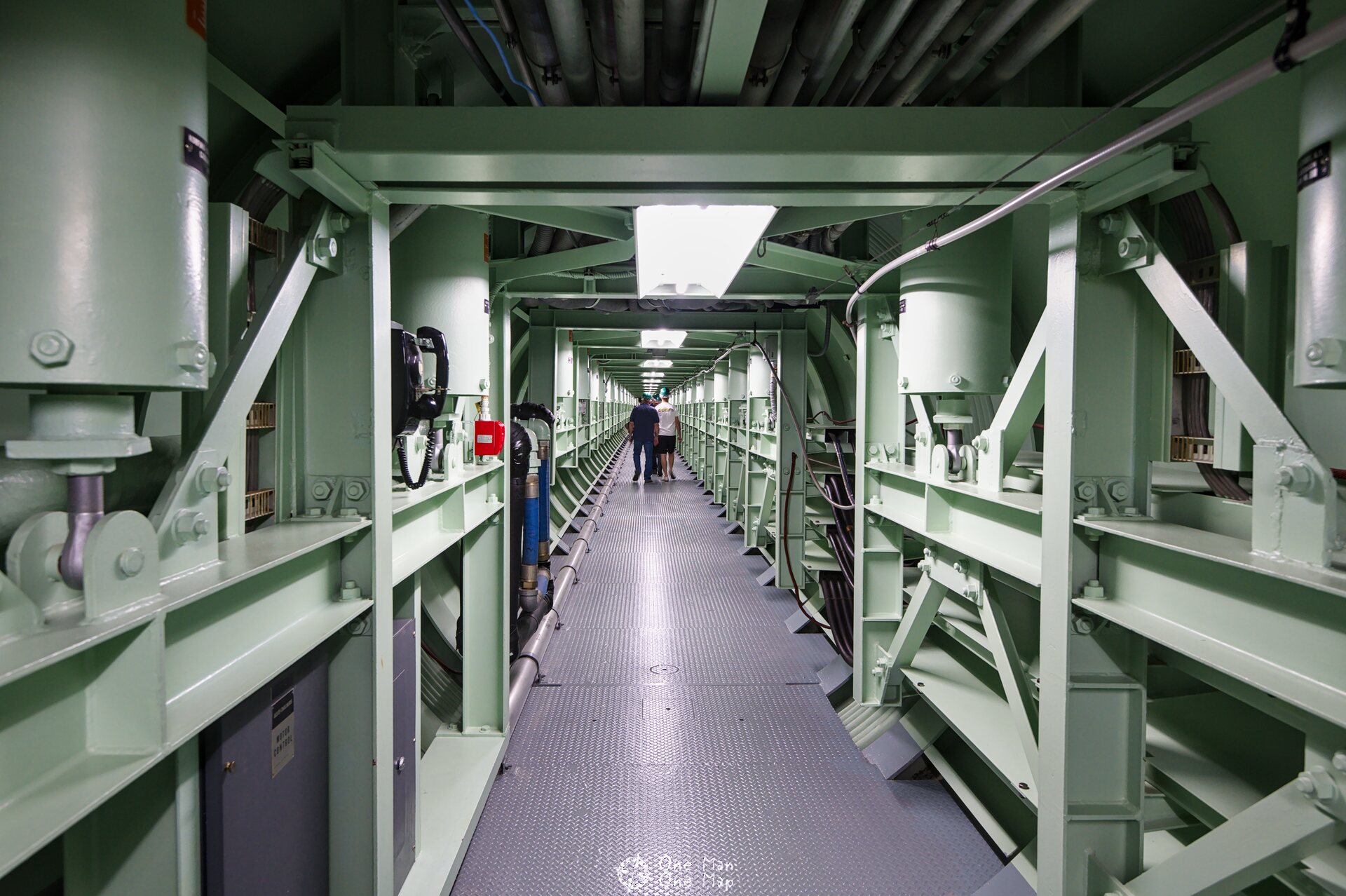
The Missile
Let’s get to the heart of the facility: the 31 meter long, 155 ton Titan II rocket.
At the top of the missile was a single 9-megaton W53 nuclear warhead weighing 4 tons. For comparison: The force of all explosives detonated during World War II, including the two atomic bombs dropped on Hiroshima and Nagasaki, is estimated at only three megatons.
Through the small opening at the top of the rocket inspectors from international agencies cancheck that there really is no warhead left inside.
The rocket on display at the Titan Missile Museum is not the original one, but a former test rocket from a different base. But that doesn’t change the impressive dimensions.
The missile has a diameter of 3 meters, the actual misile silo is 8 meters in diameter. Both are located inside a concrete casing with a diameter of 17 meters. Compared to the Soviet silos there is also plenty of space here. All the external components (power generators, pumps, batteries etc.) are distributed over 8 floors. The ninth floor, under the engines, is where the smoke exhaust ducts start.
Large retractable working platforms could be folded down on several floors for maintenance purposes.
Back on the surface one can admire the engines of the two rocket stages.
The first stage burned about 96,000 litres of fuel in just under two and a half minutes, carrying the rocket up to an altitude of 80 kilometres. Afterwards the stage was jettisoned and fell back to Earth.
The second stage burned for another three minutes and brought the rocket to an altitude of 320 kilometres. After the dropping of this stage the atomic warhead fell back down to earth towards the target without propulsion. The final course corrections were made with so-called Vernier engines.
In 1981 President Ronald Reagan sealed the fate of Titan II bases. By 1987, all bases were deactivated and the missiles removed. Some empty bunkers and silos were sold to private citizens, the rest were destroyed. Silo 517-7, the site of the Titan Missile Museum, went out of service in November 1982 and was dismantled – together with the other 17 silos around Tucson – by July 1984.
Some of the rockets were converted and used for space flights by NASA, a few went to museums. The rest was taken to the nearby aircraft cemetery of the 309th Aerospace Maintenance and Regeneration Group of Davis-Monthan Air Force Base and dismantled between 2004 and 2008.
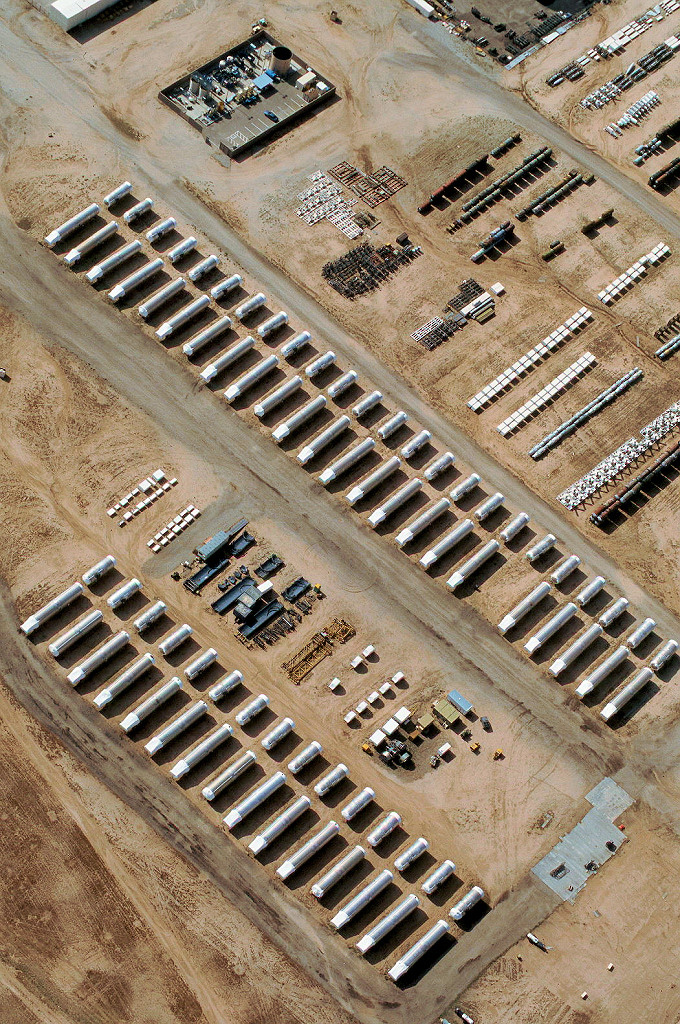
Conclusion: No matter if you are in Arizona or in the Ukraine – I can only recommend a visit to the Titan Missile Museum in Arizona or the Museum of Strategic Rocket Forces in Pobuzke. Where else in the world can you actually start a thermonuclear war in style:)🙂
This post was written by Simon for One Man, One Map. The original can be found here. All rights reserved.

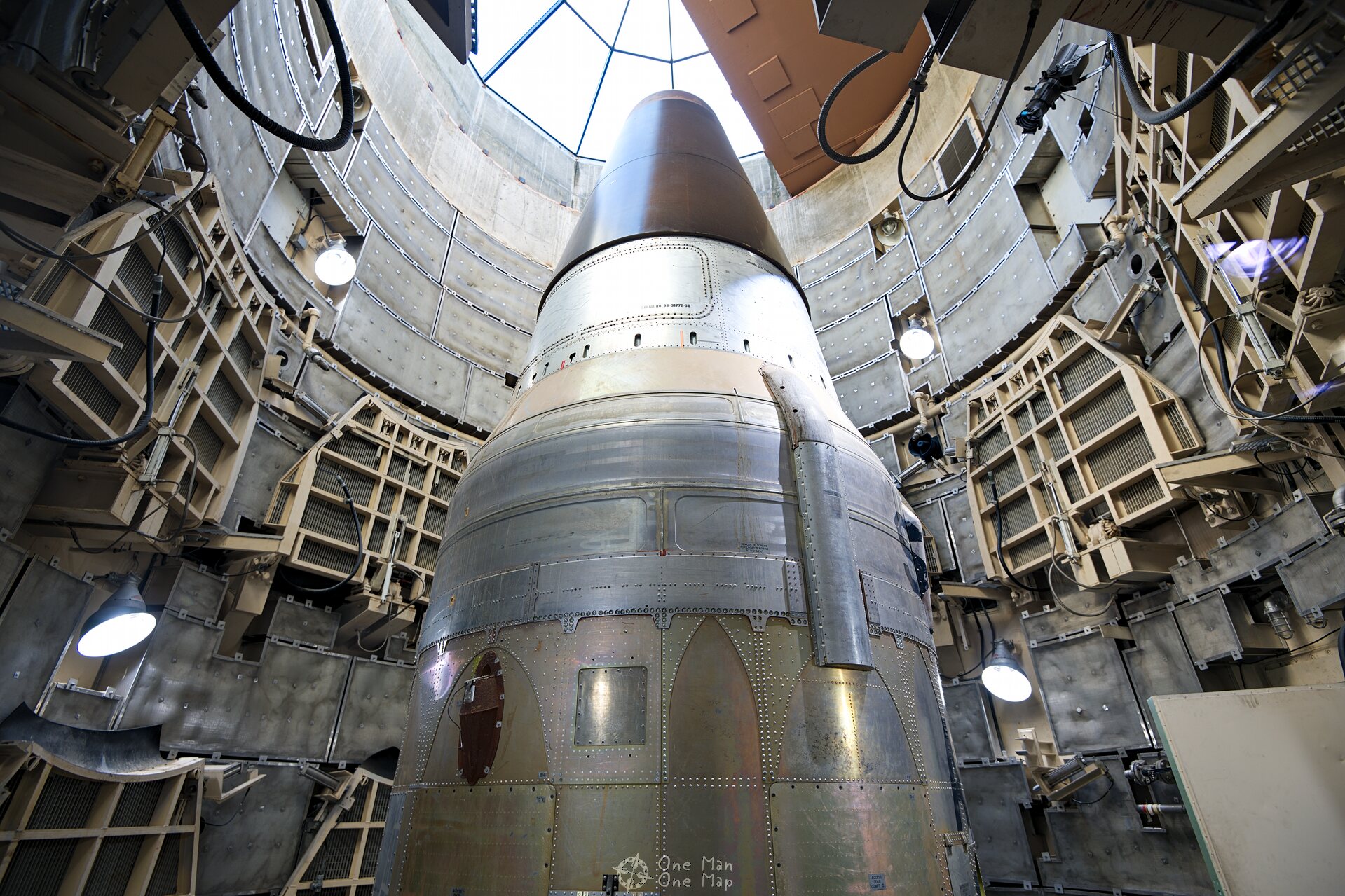
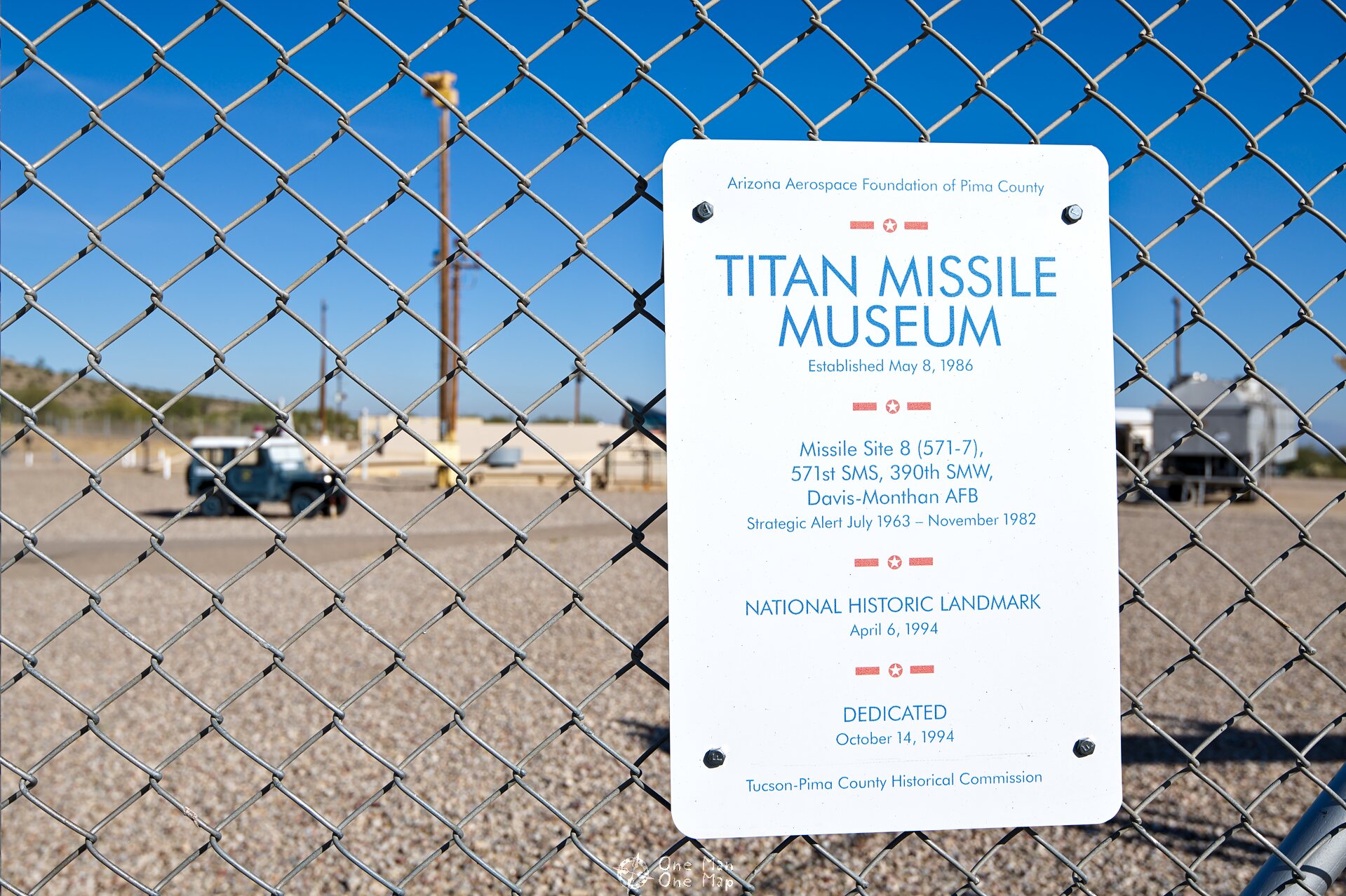
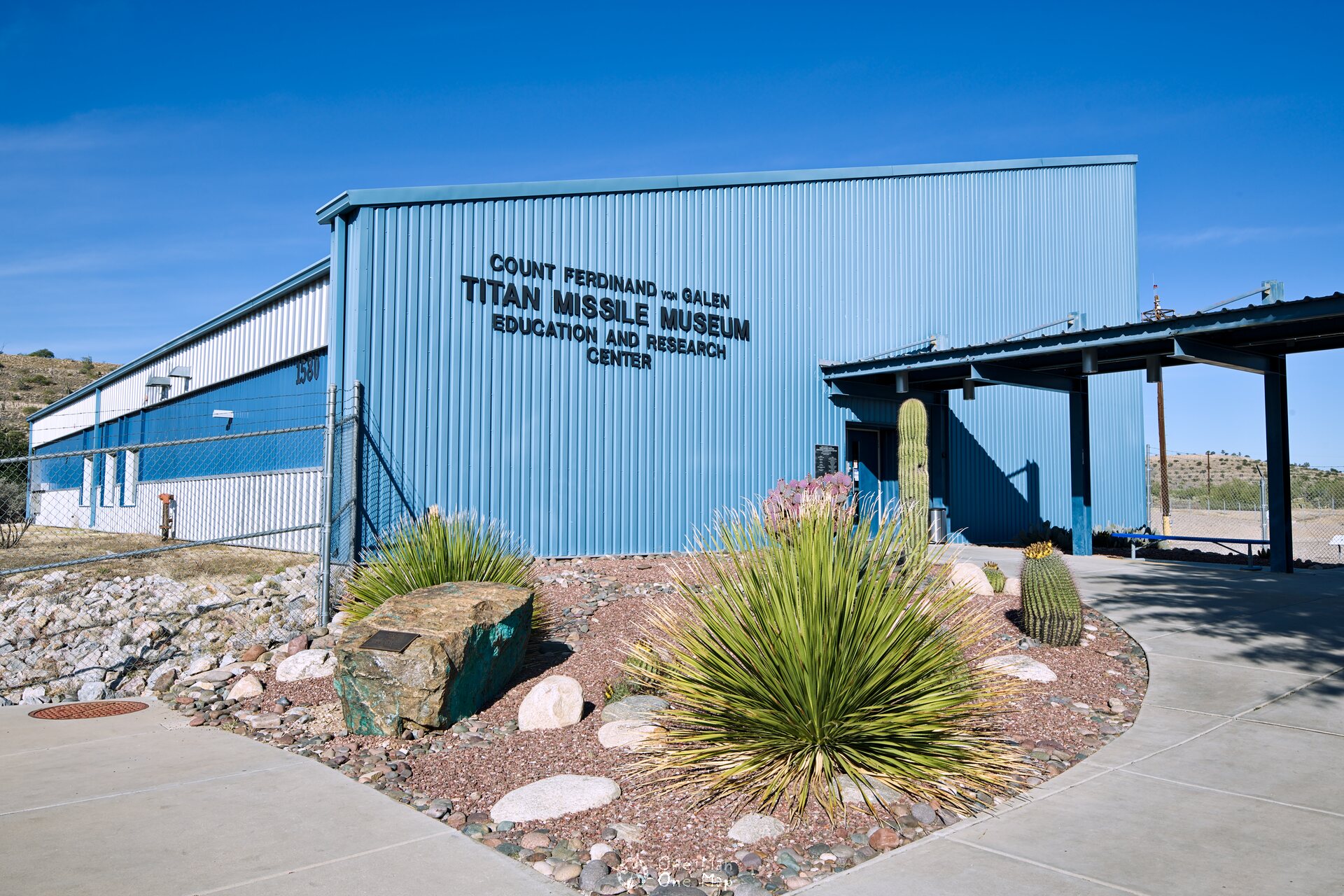
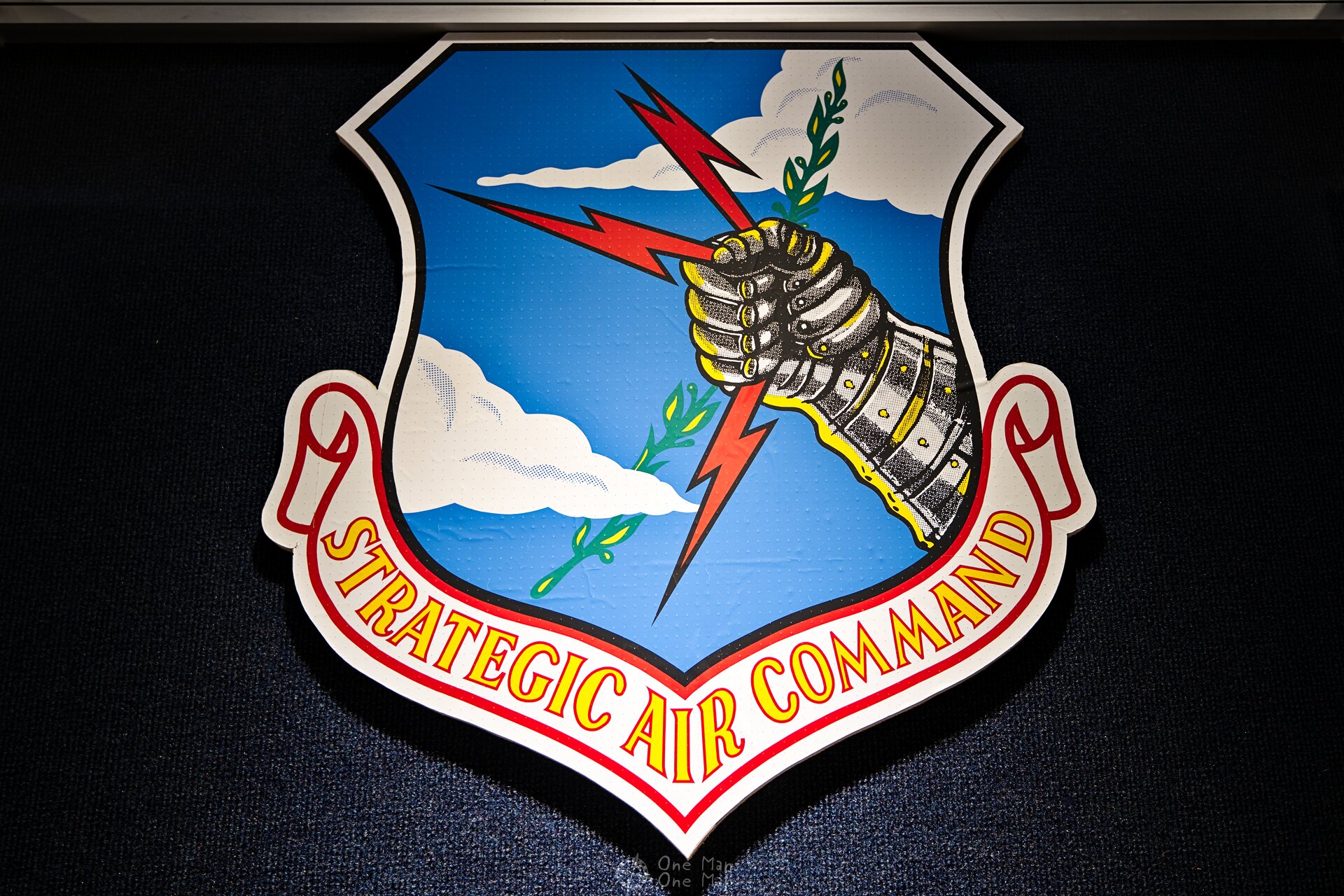
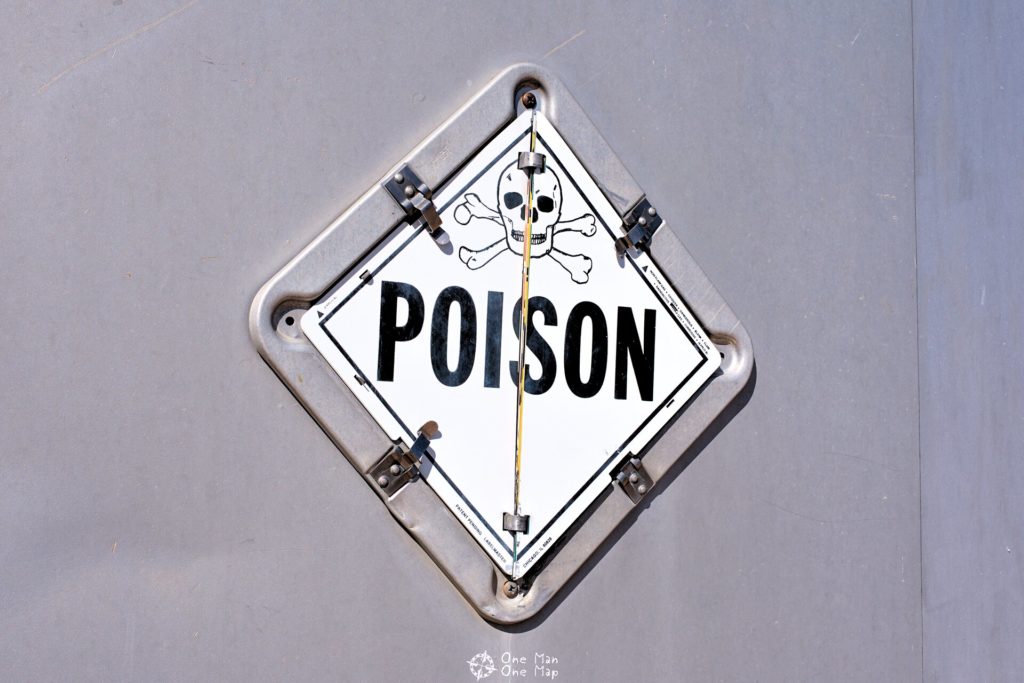
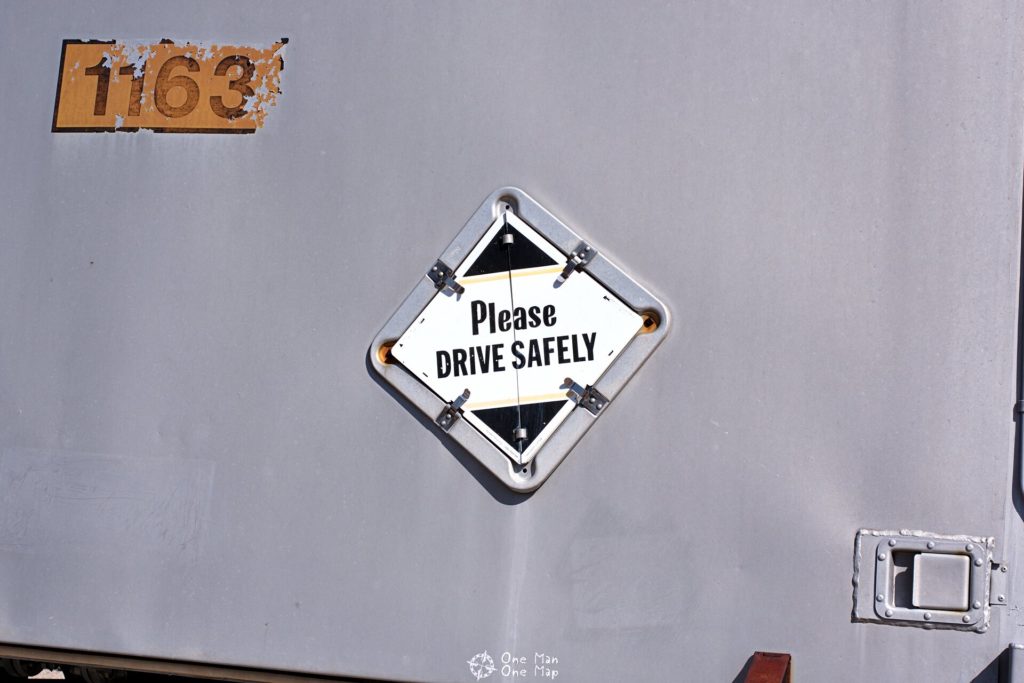
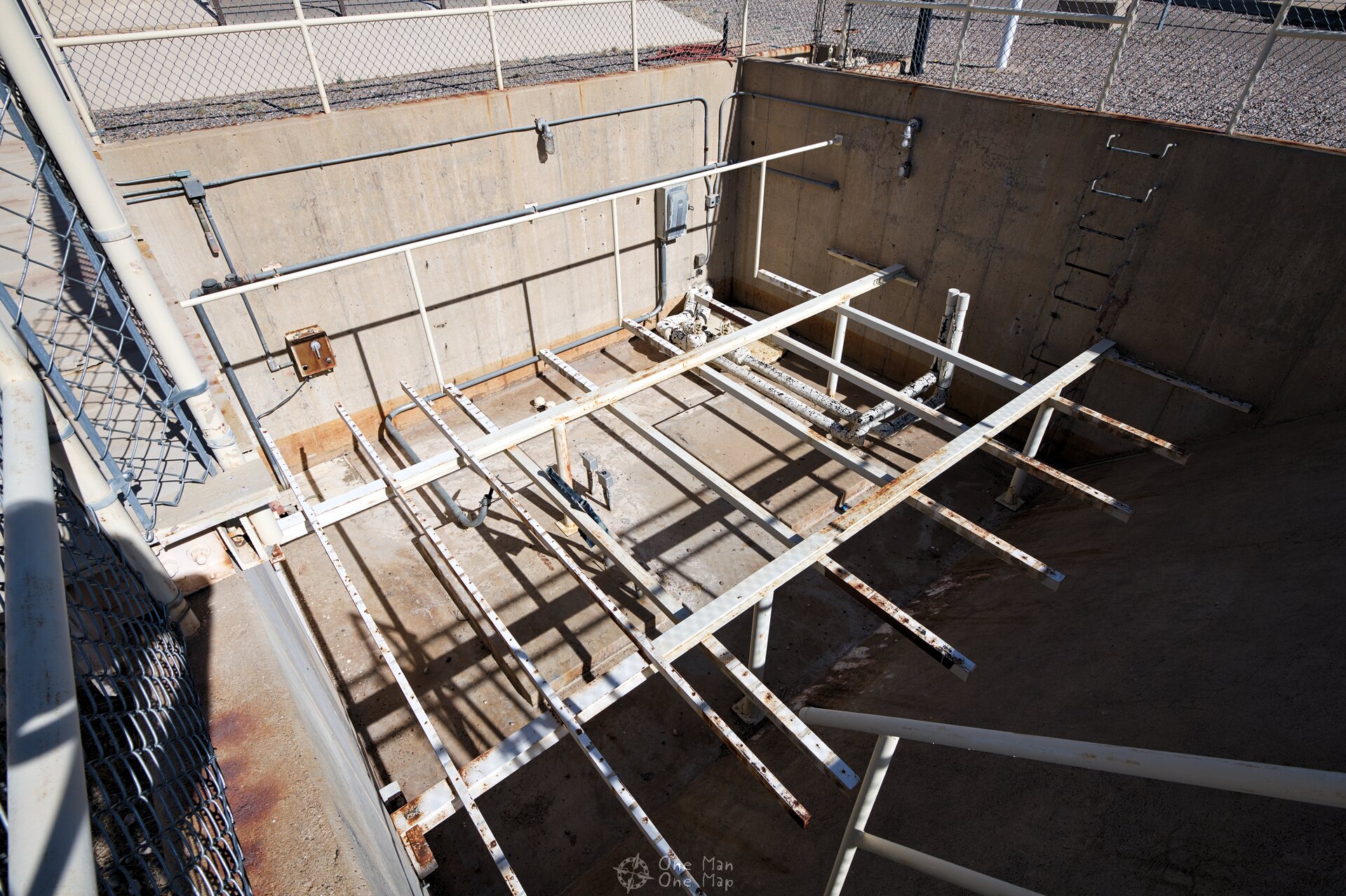
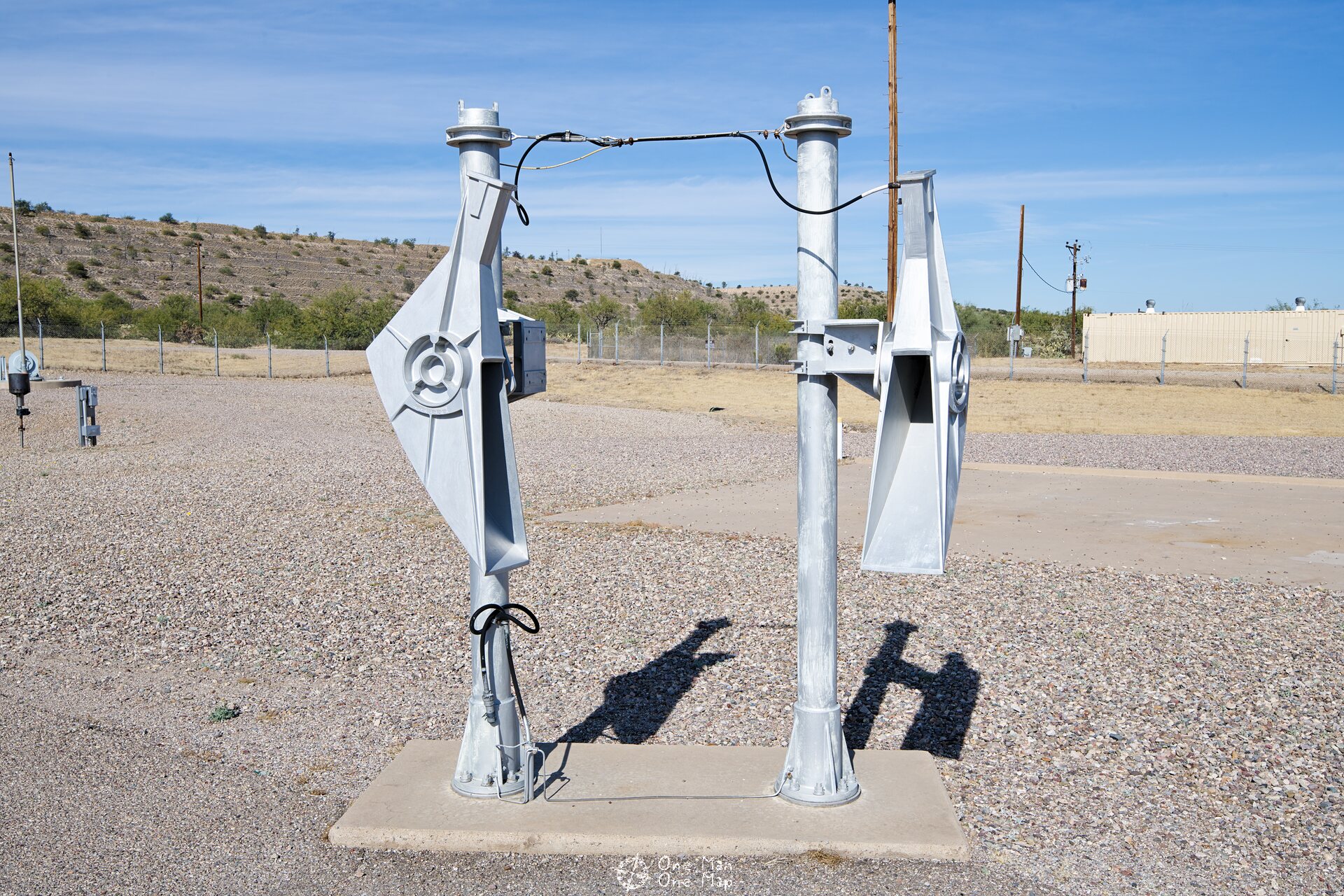
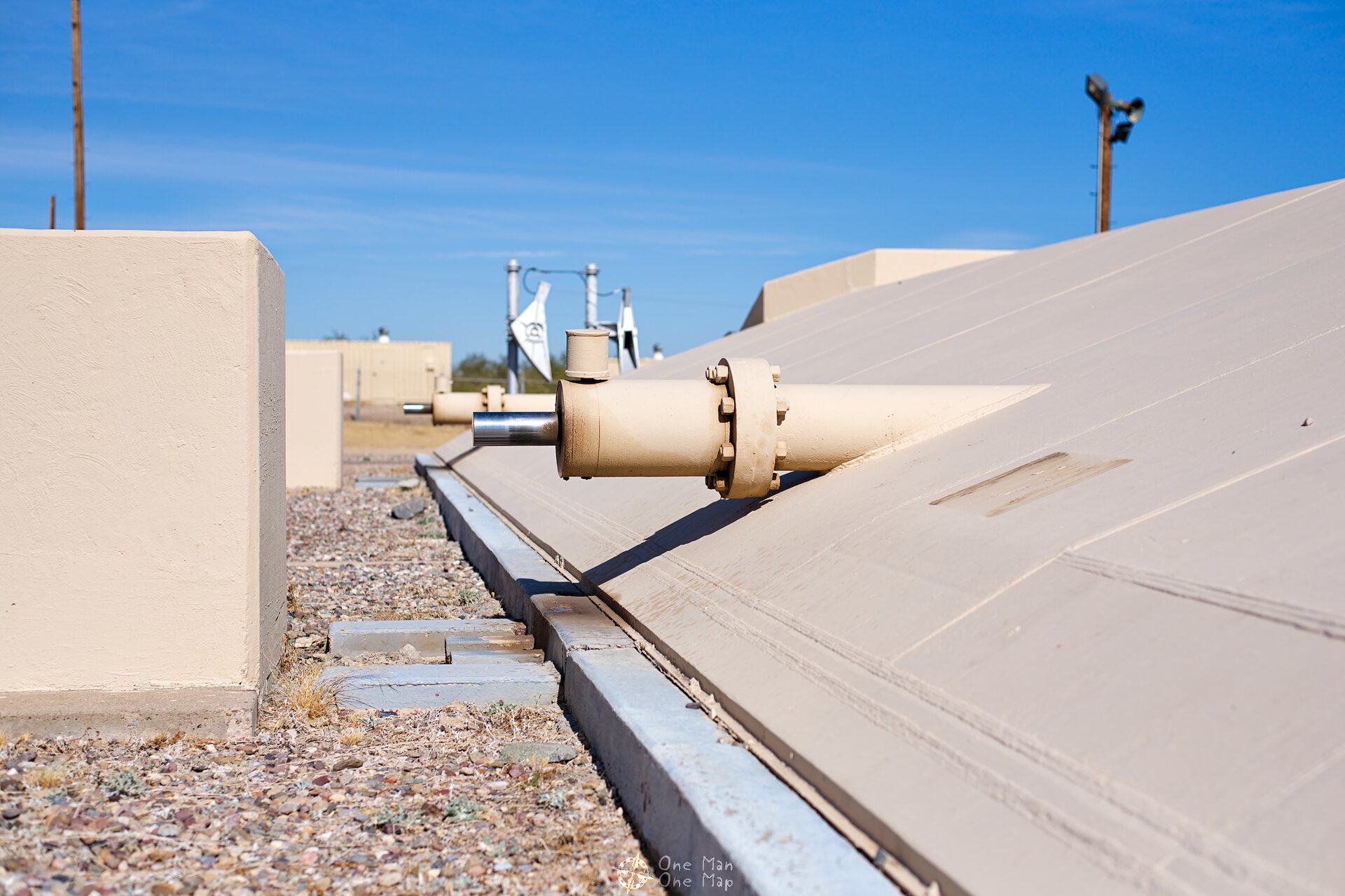
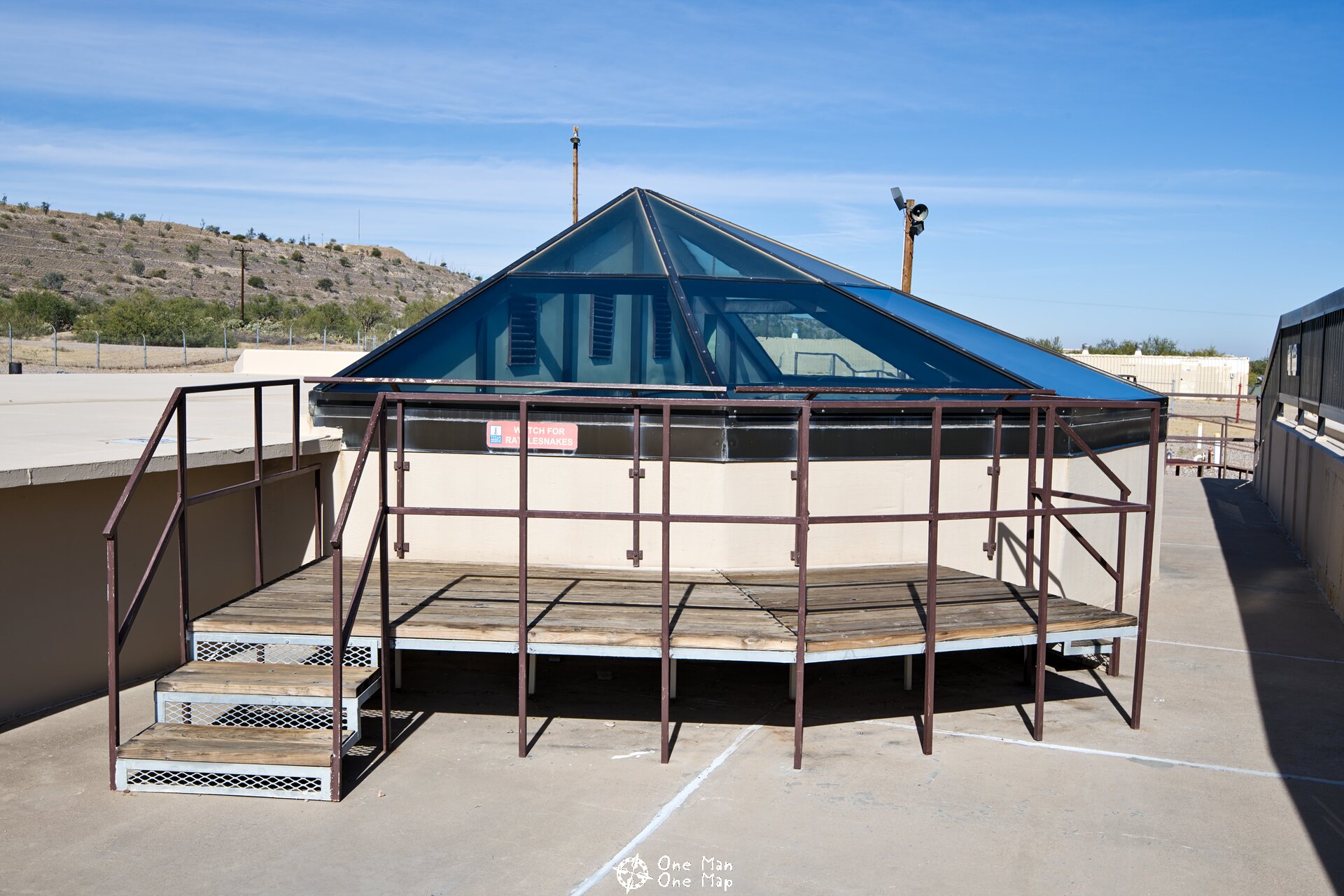
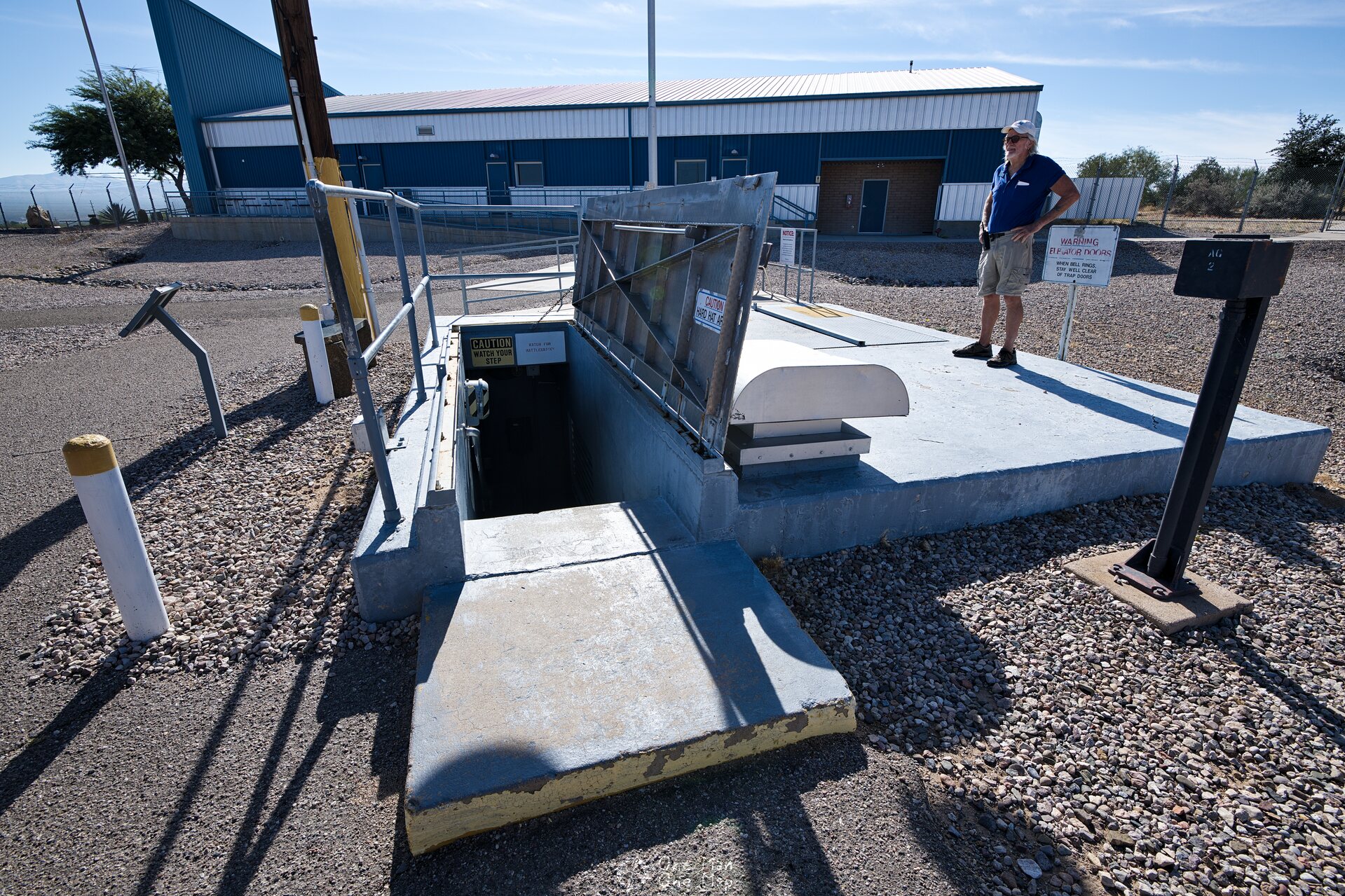
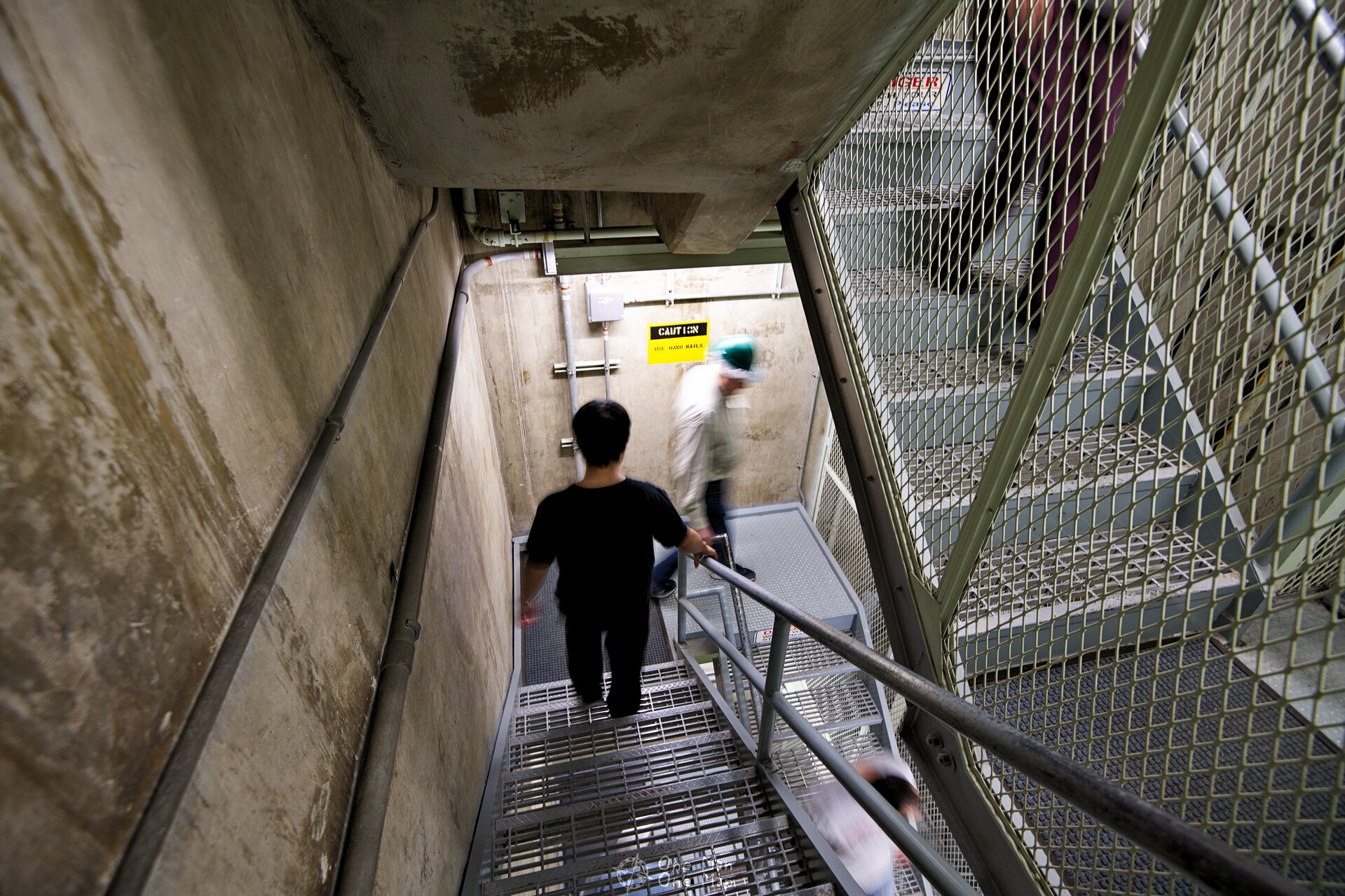
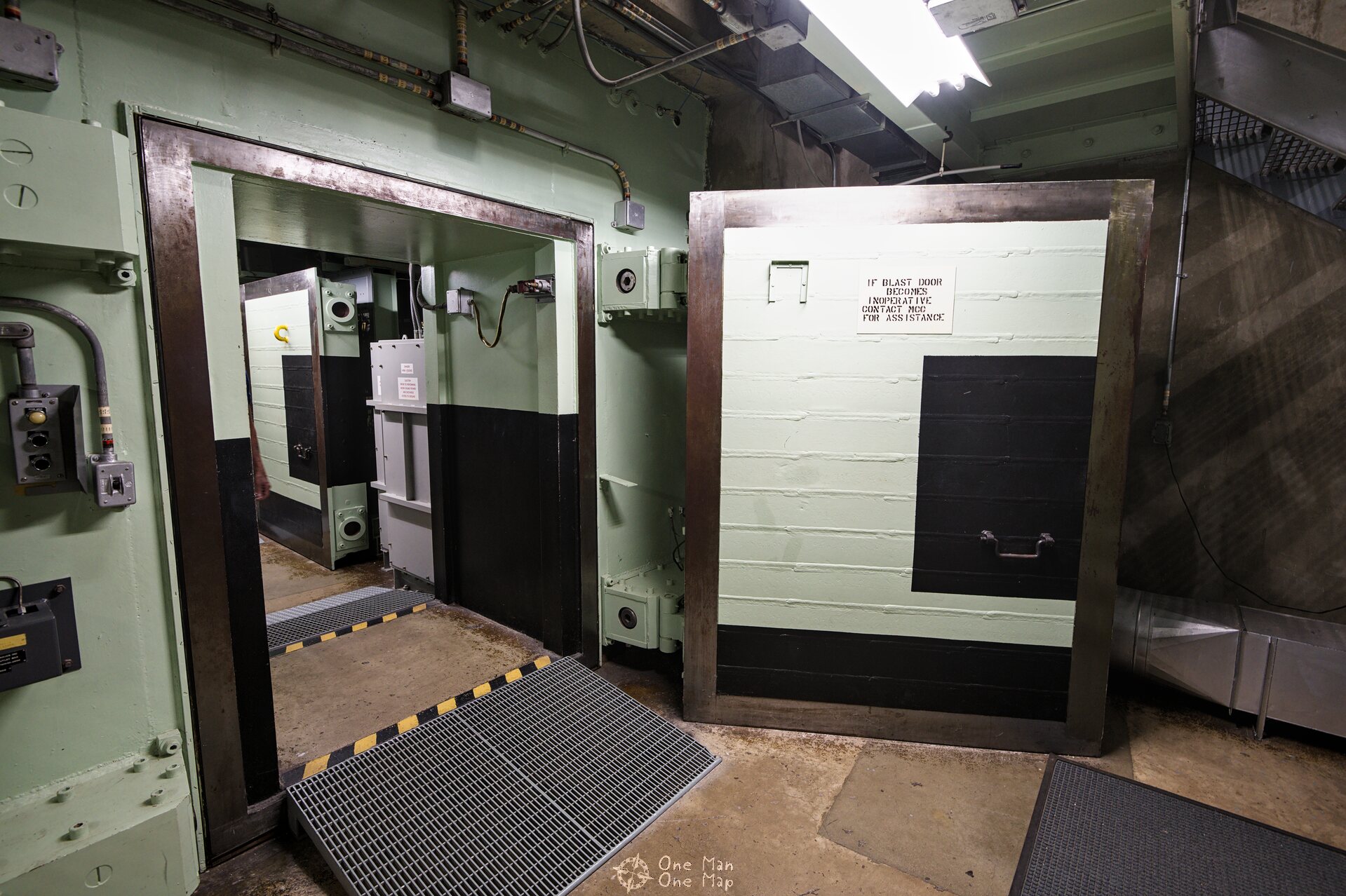
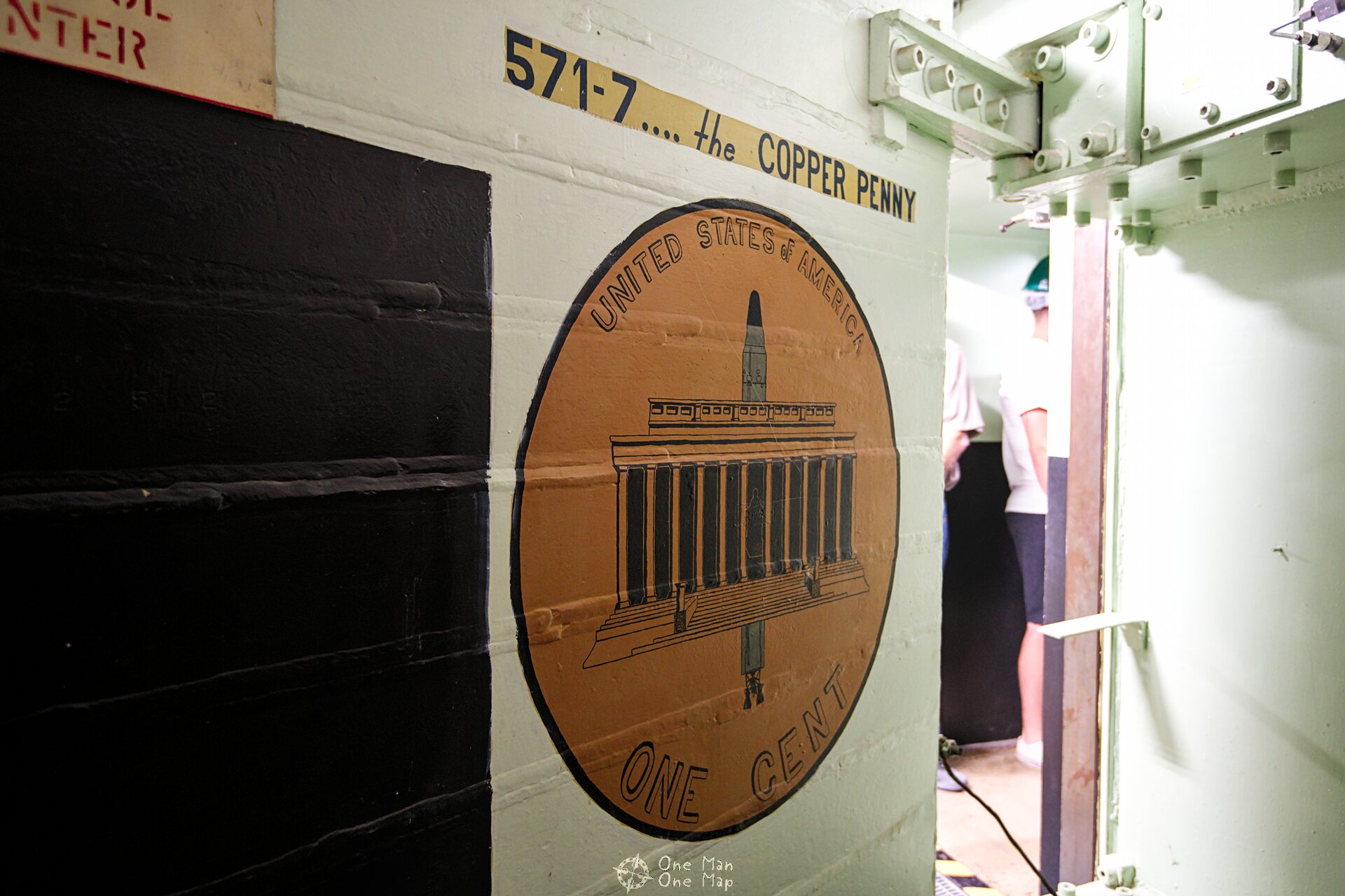
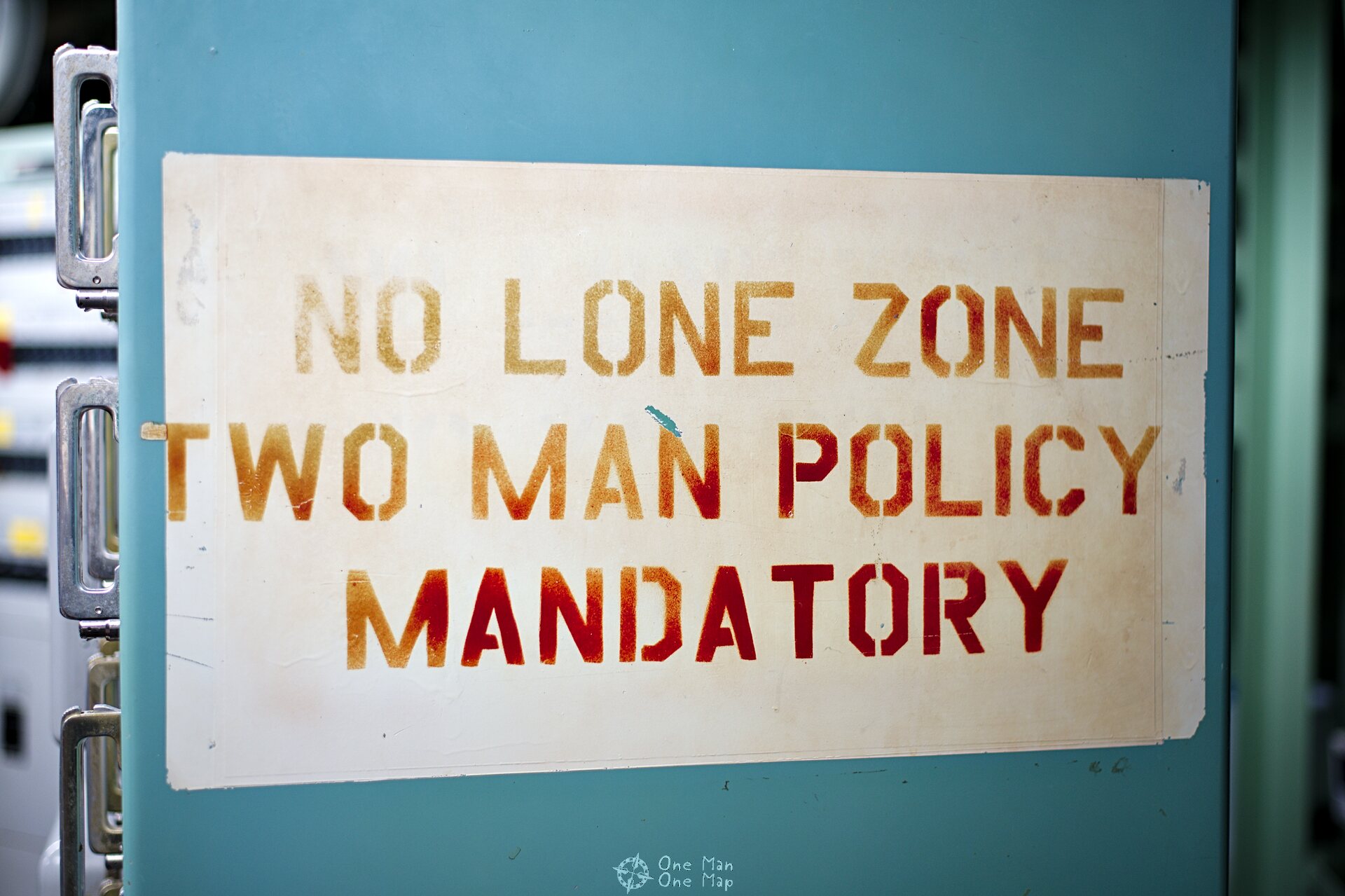
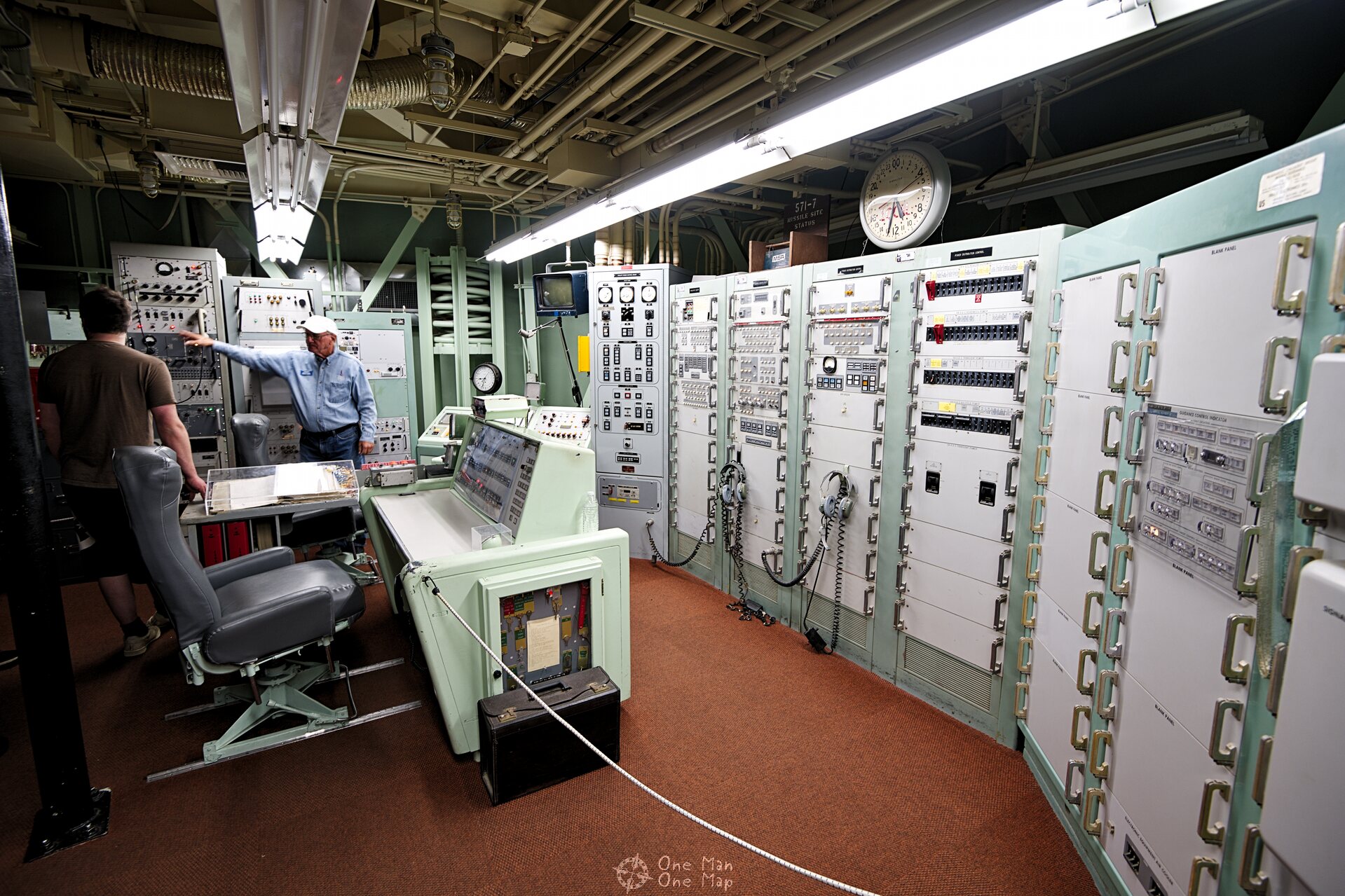
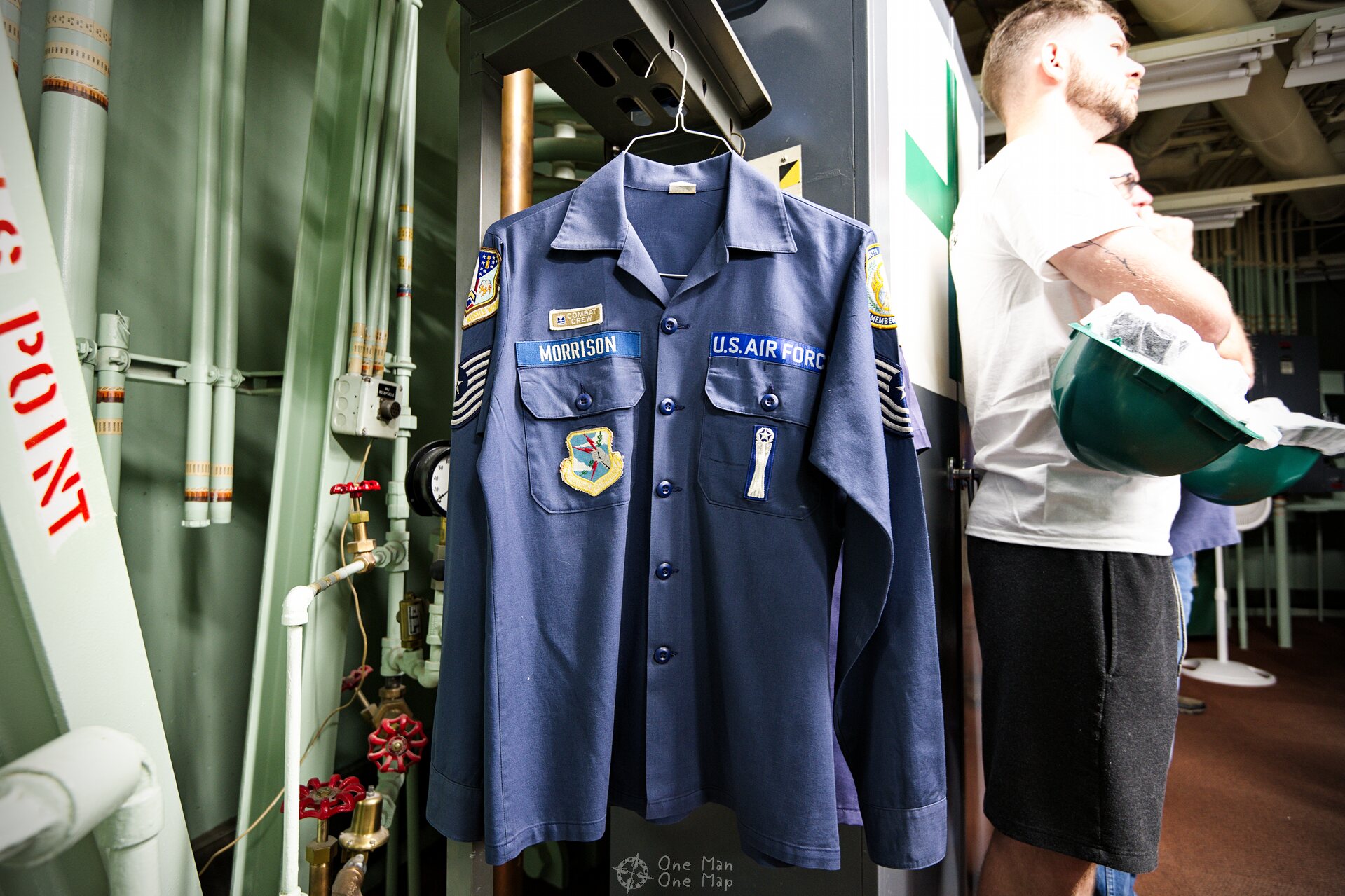
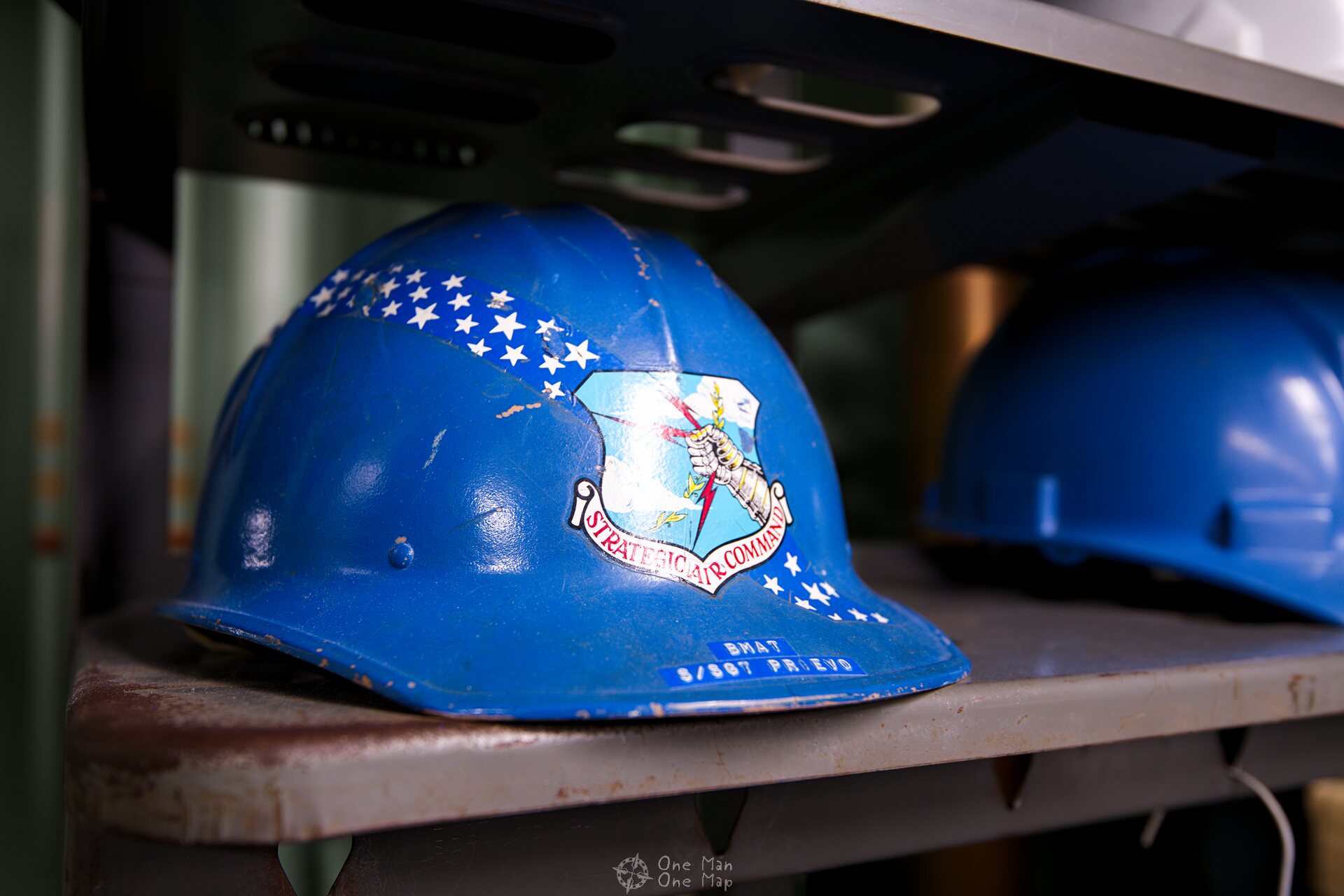
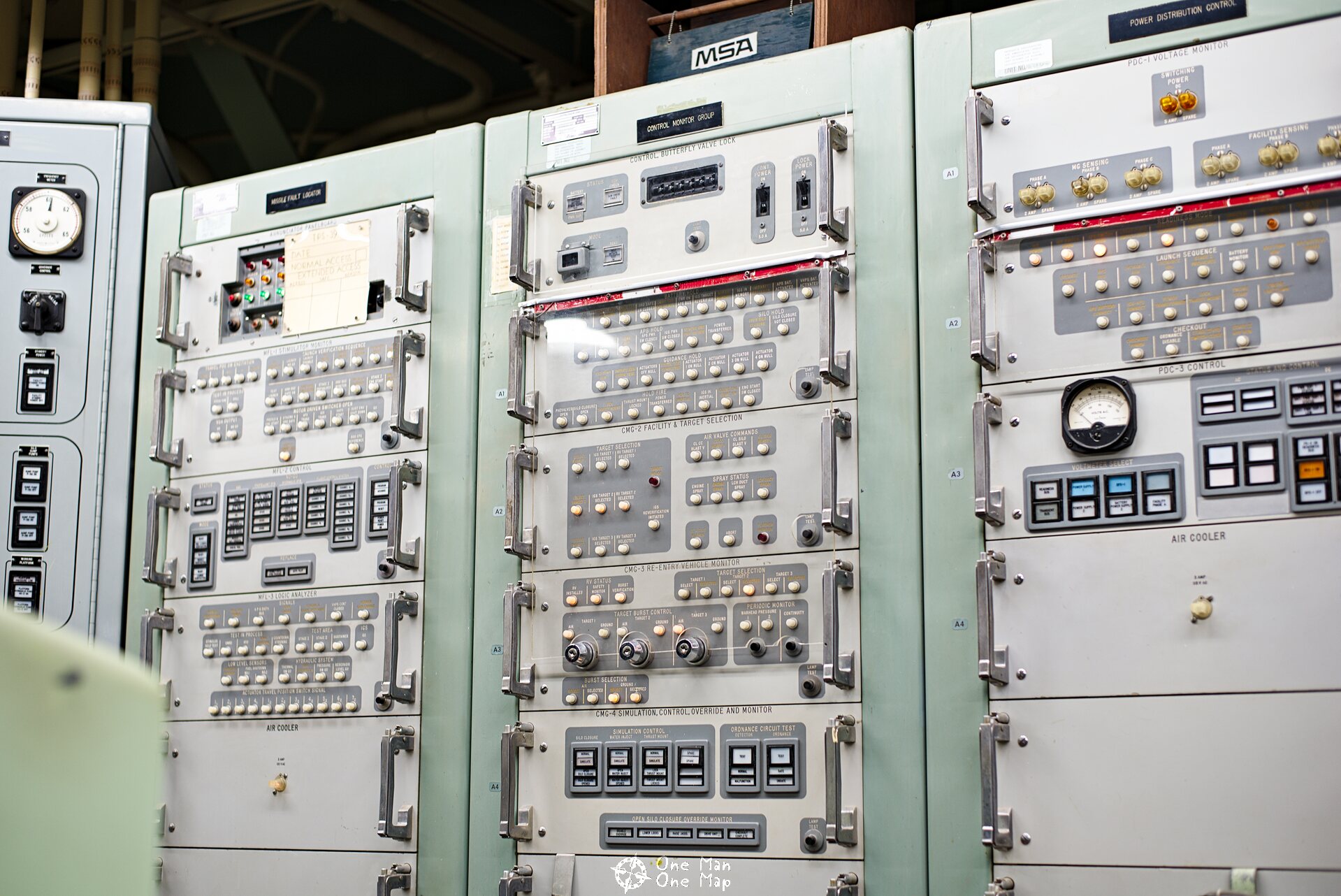
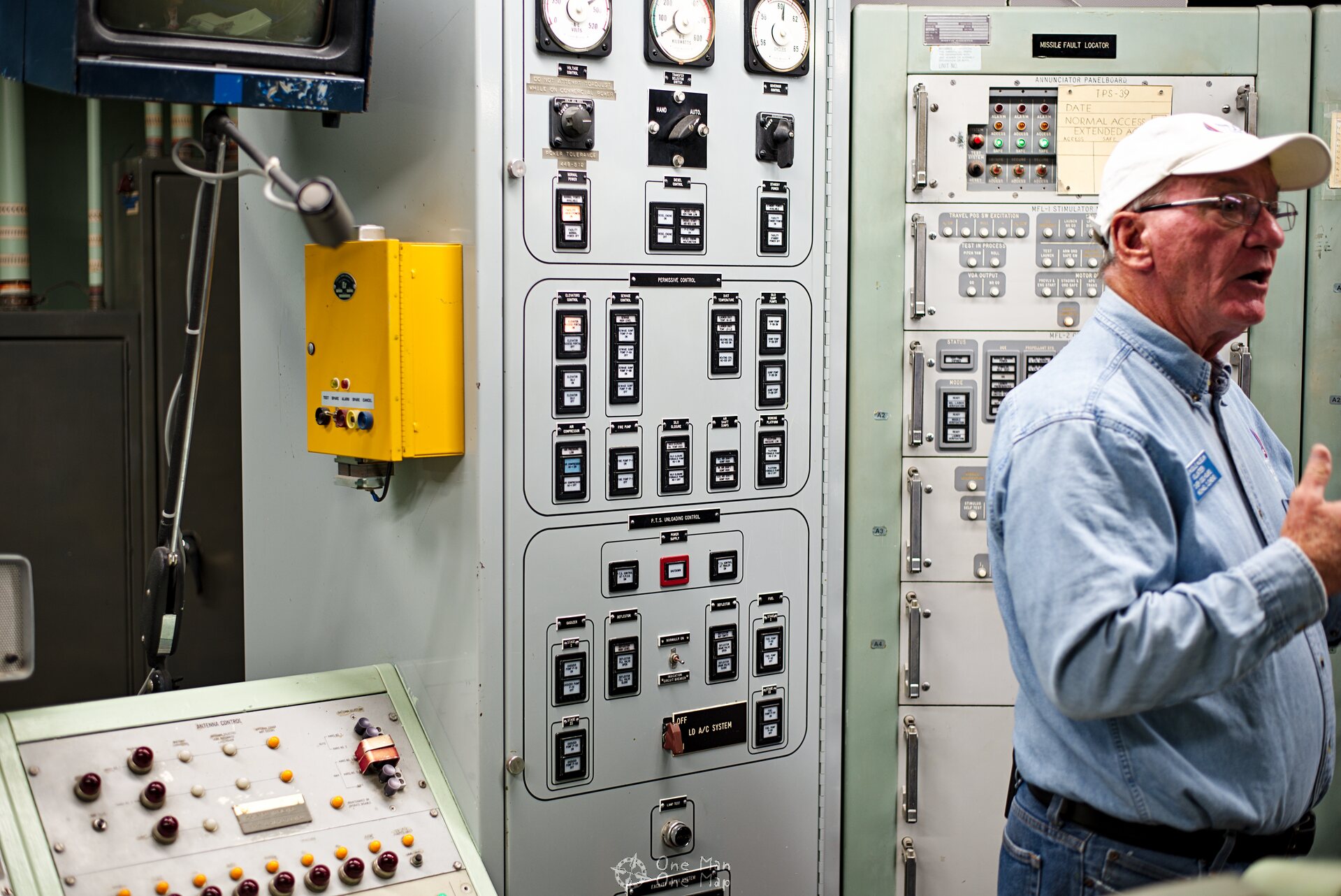
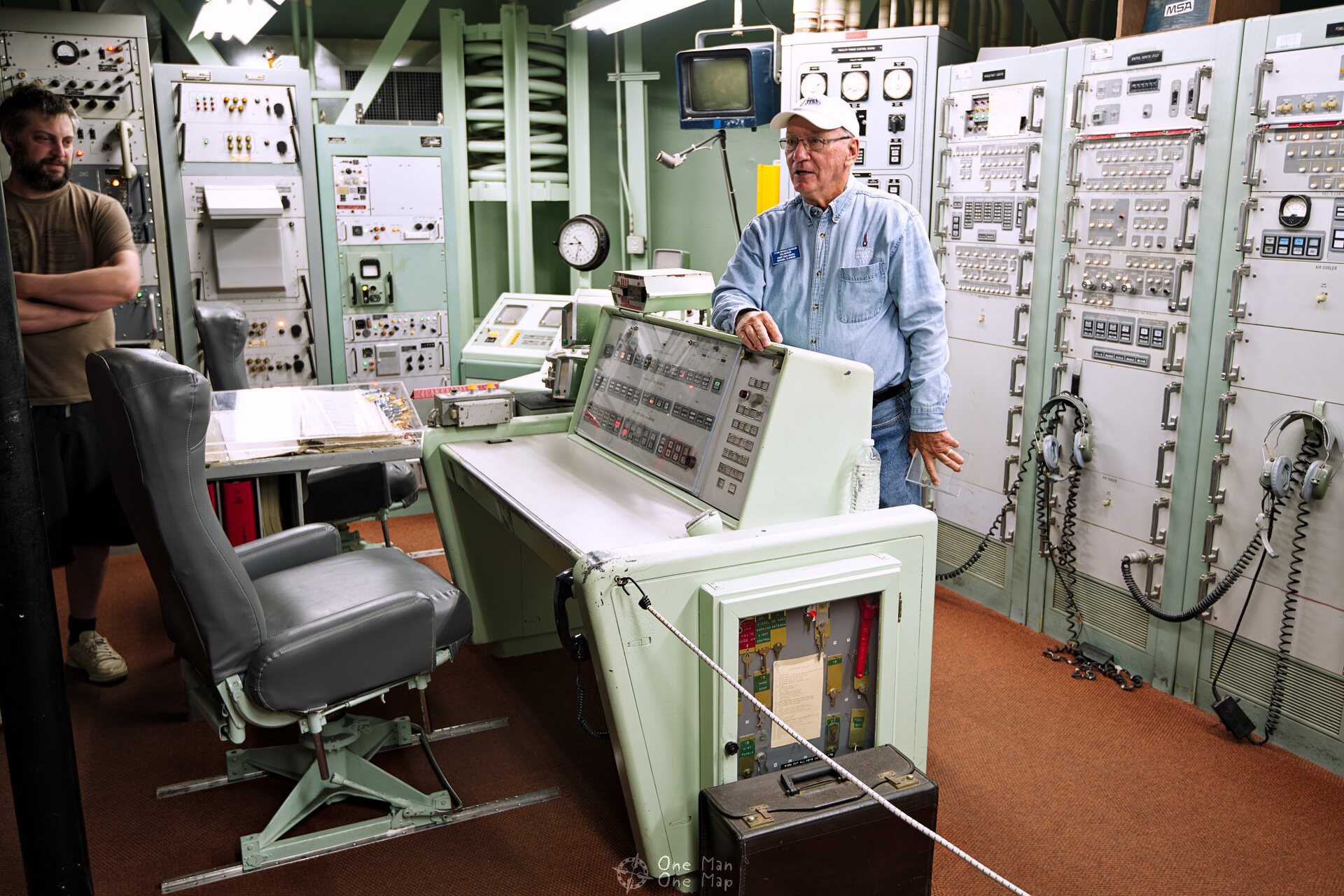
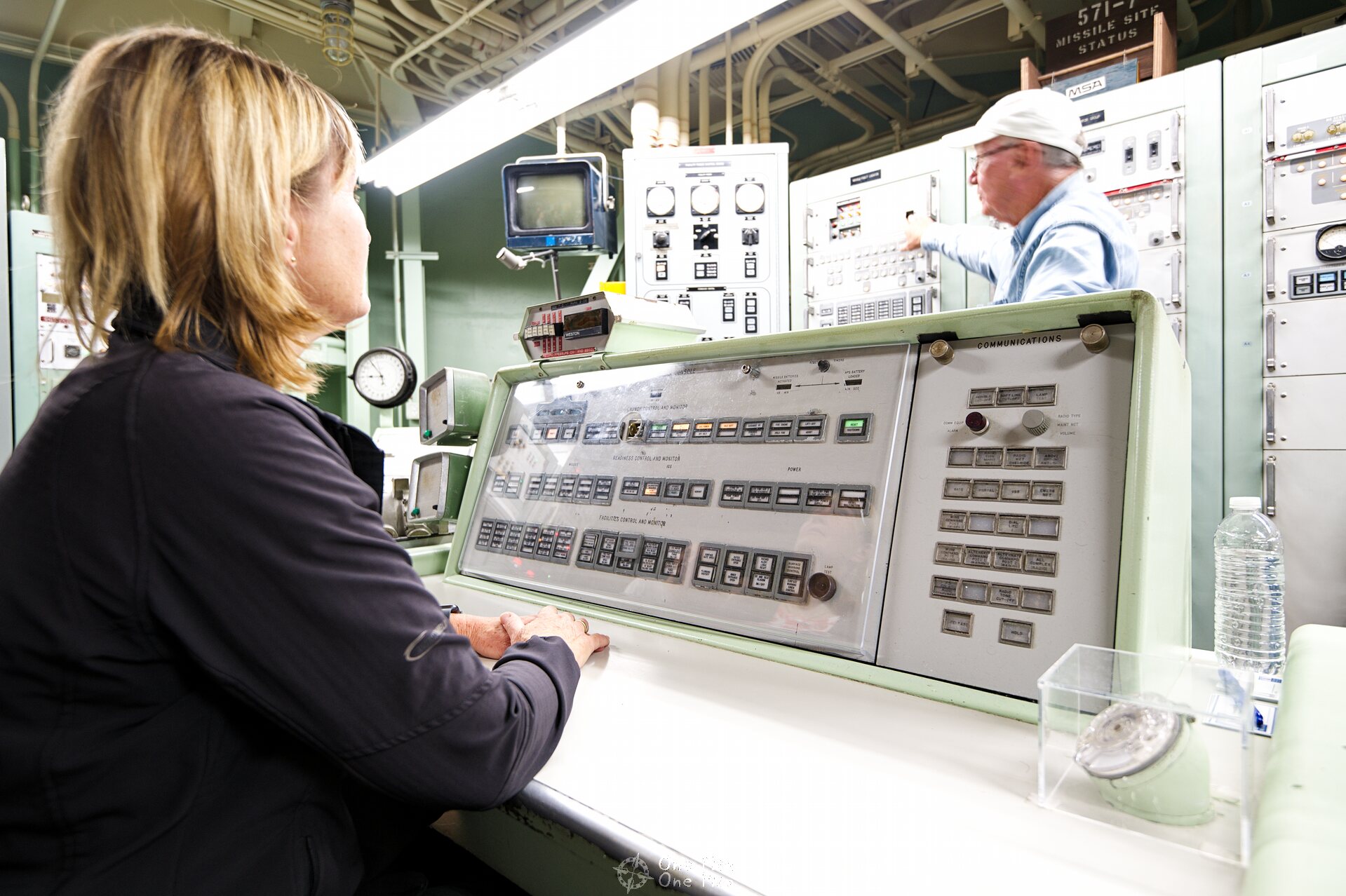
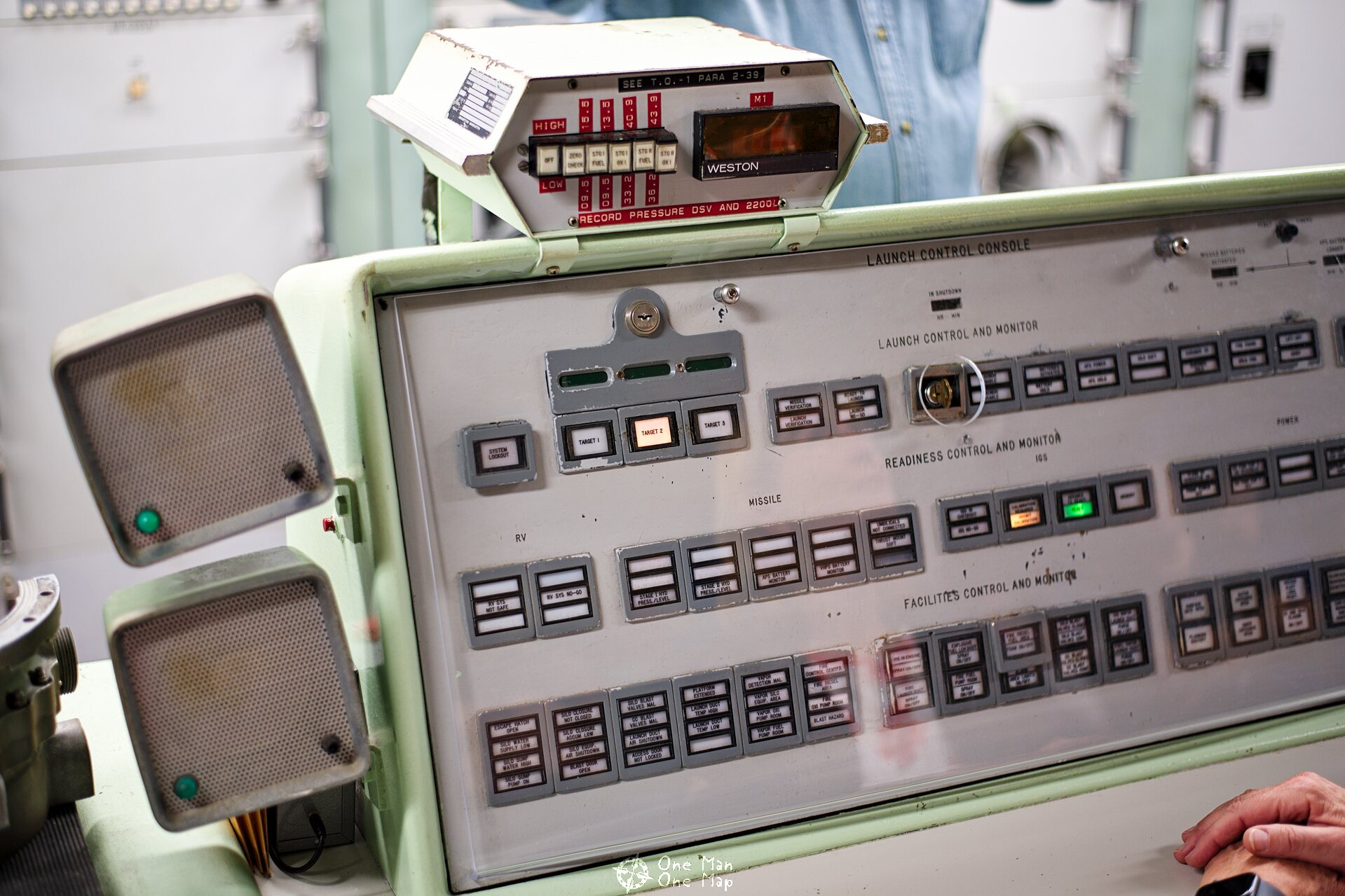
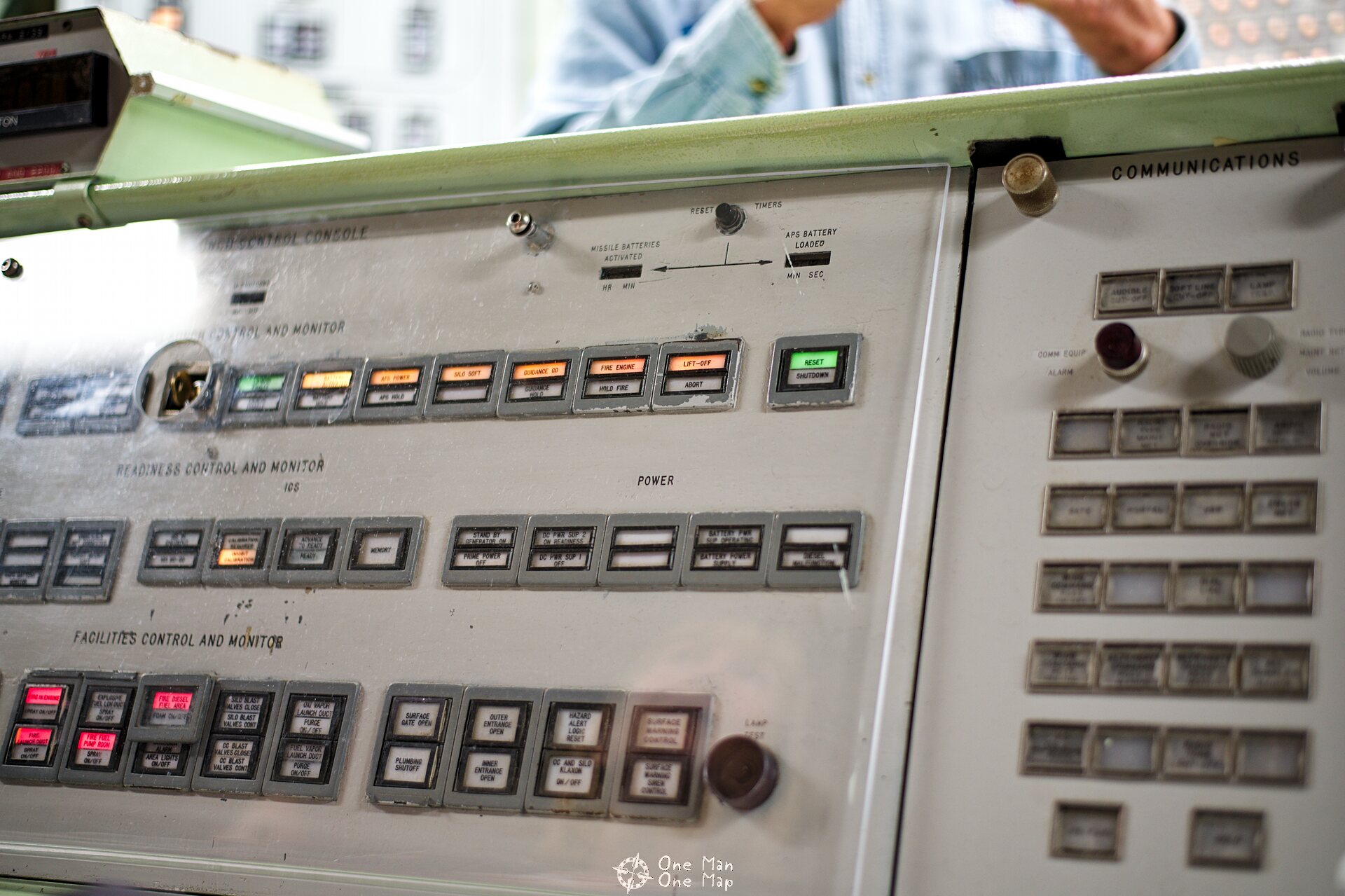
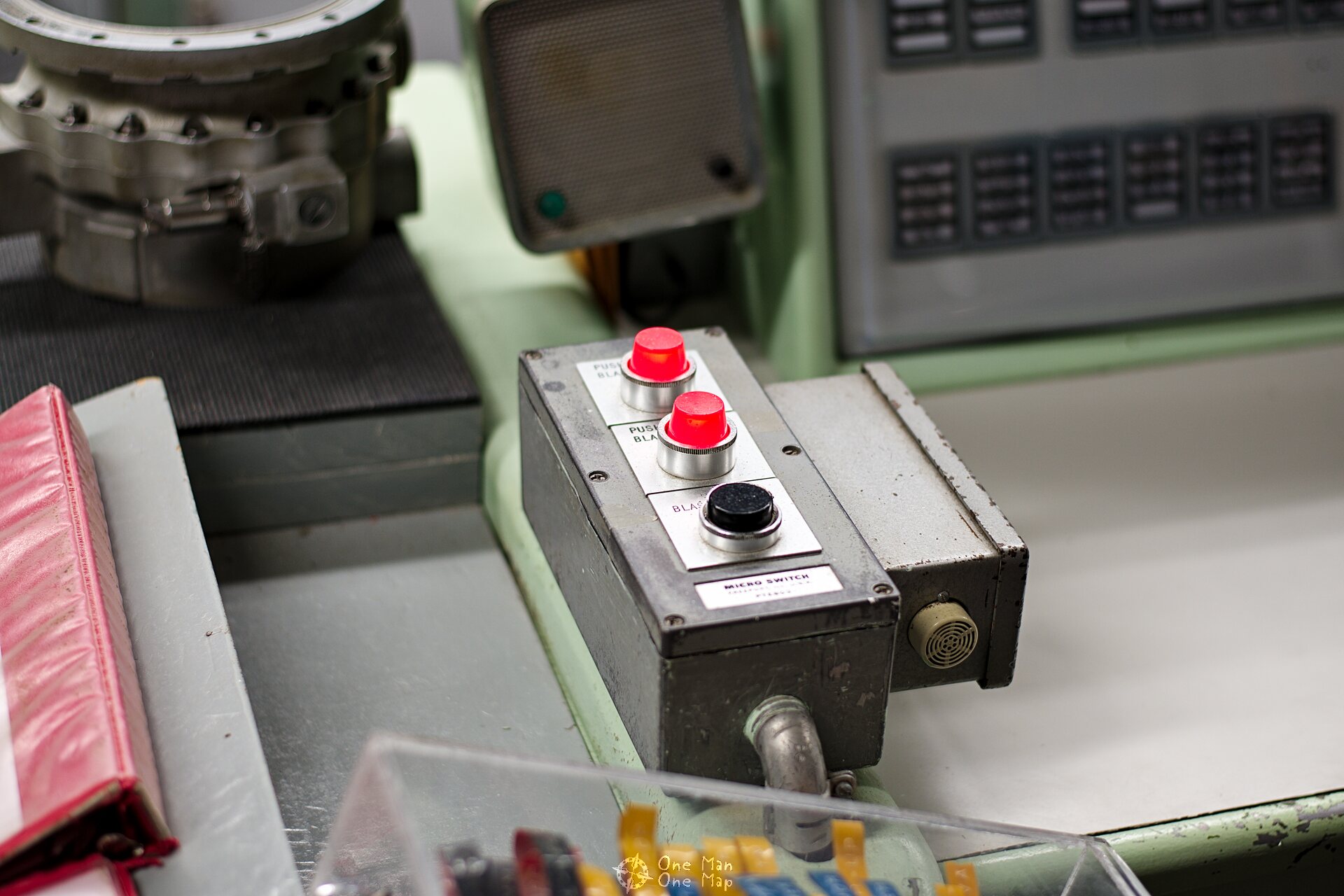
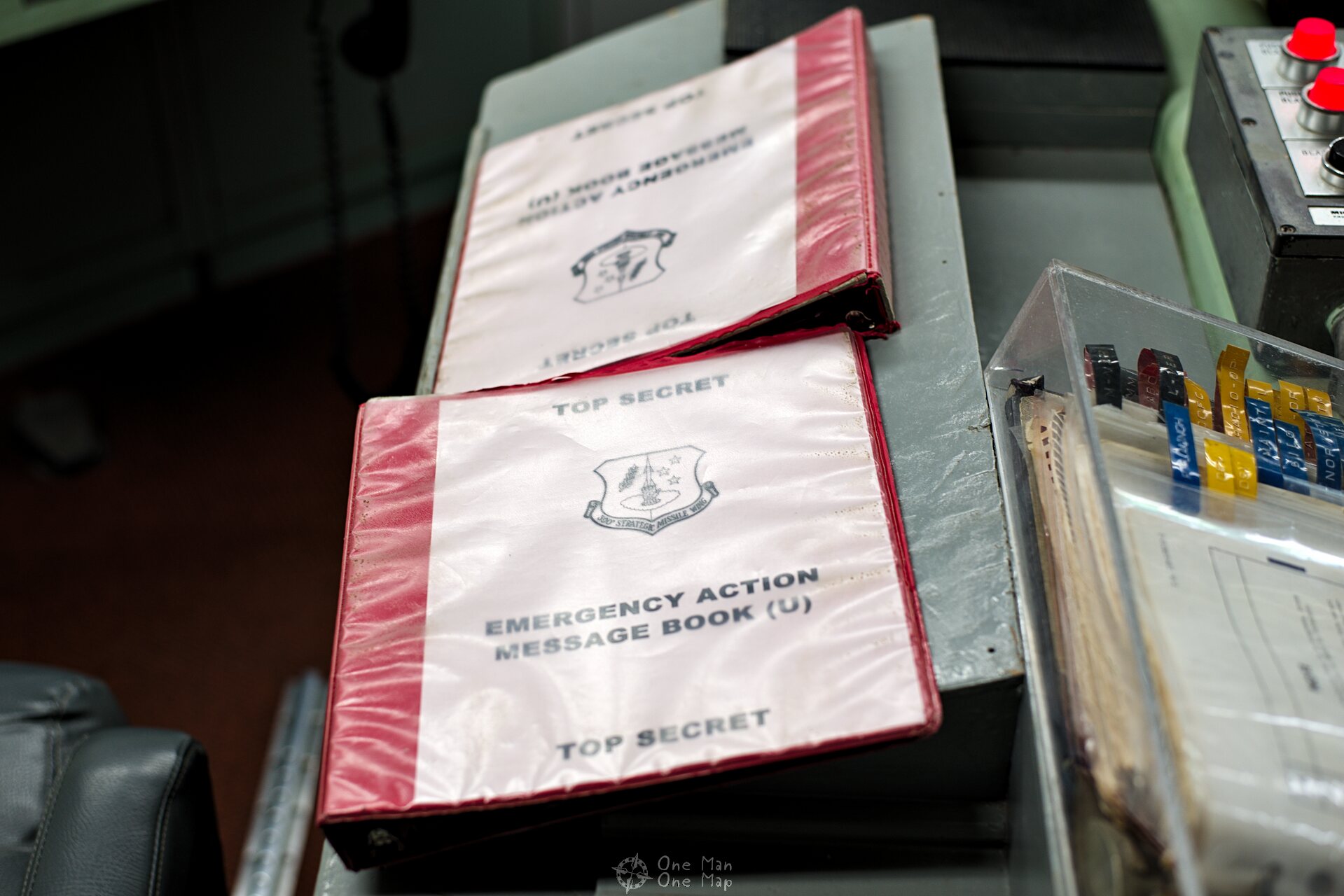
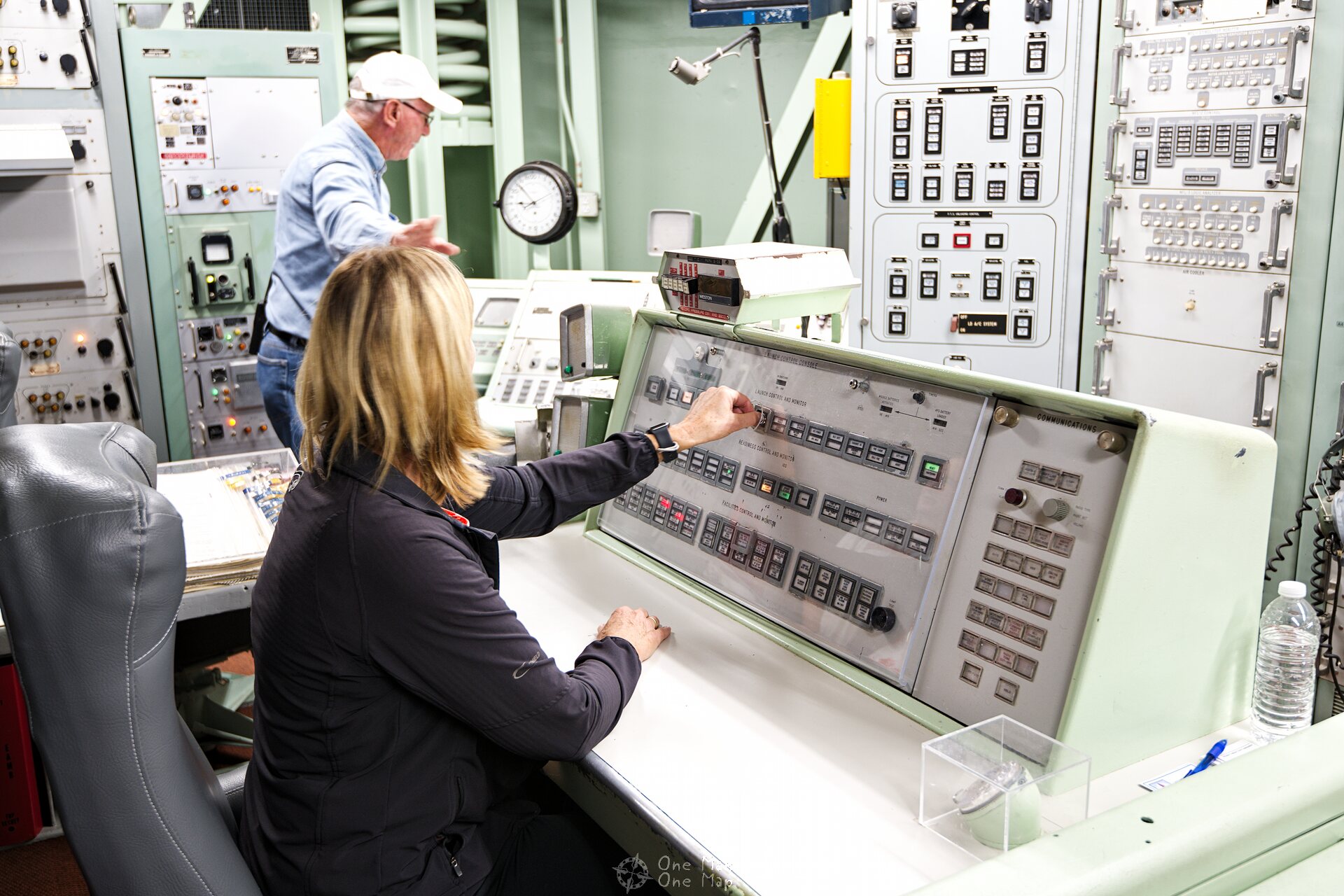
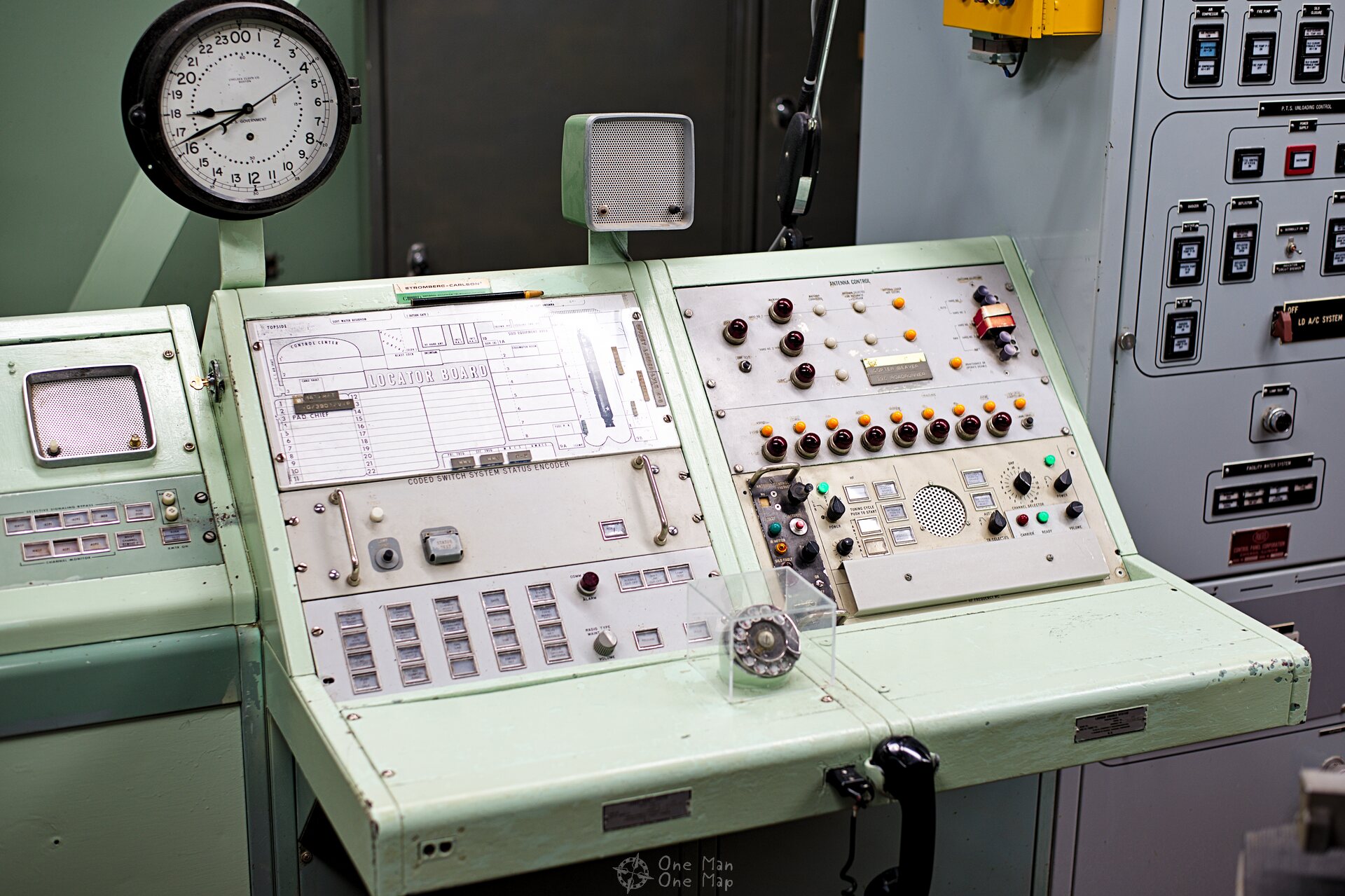
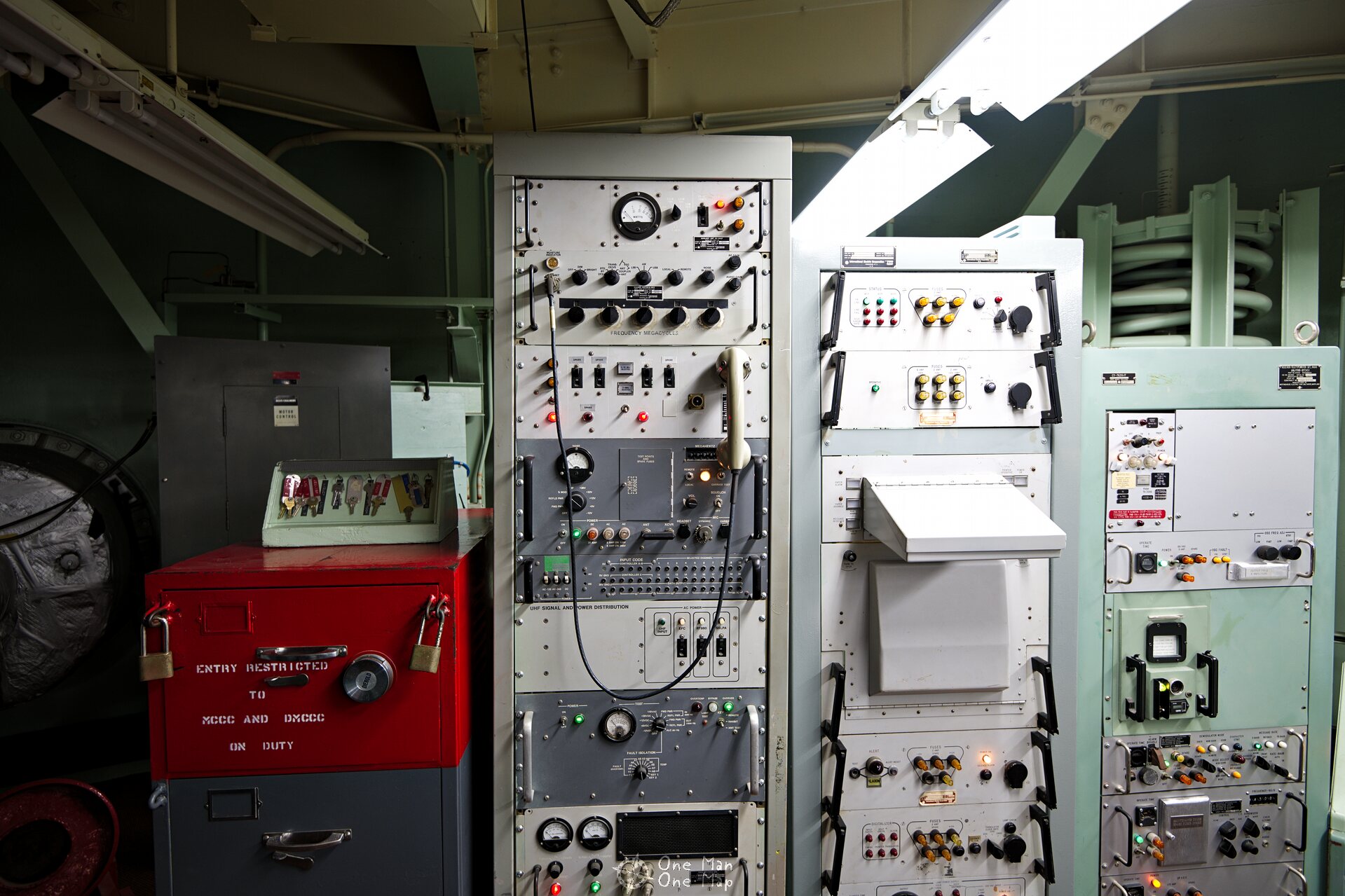
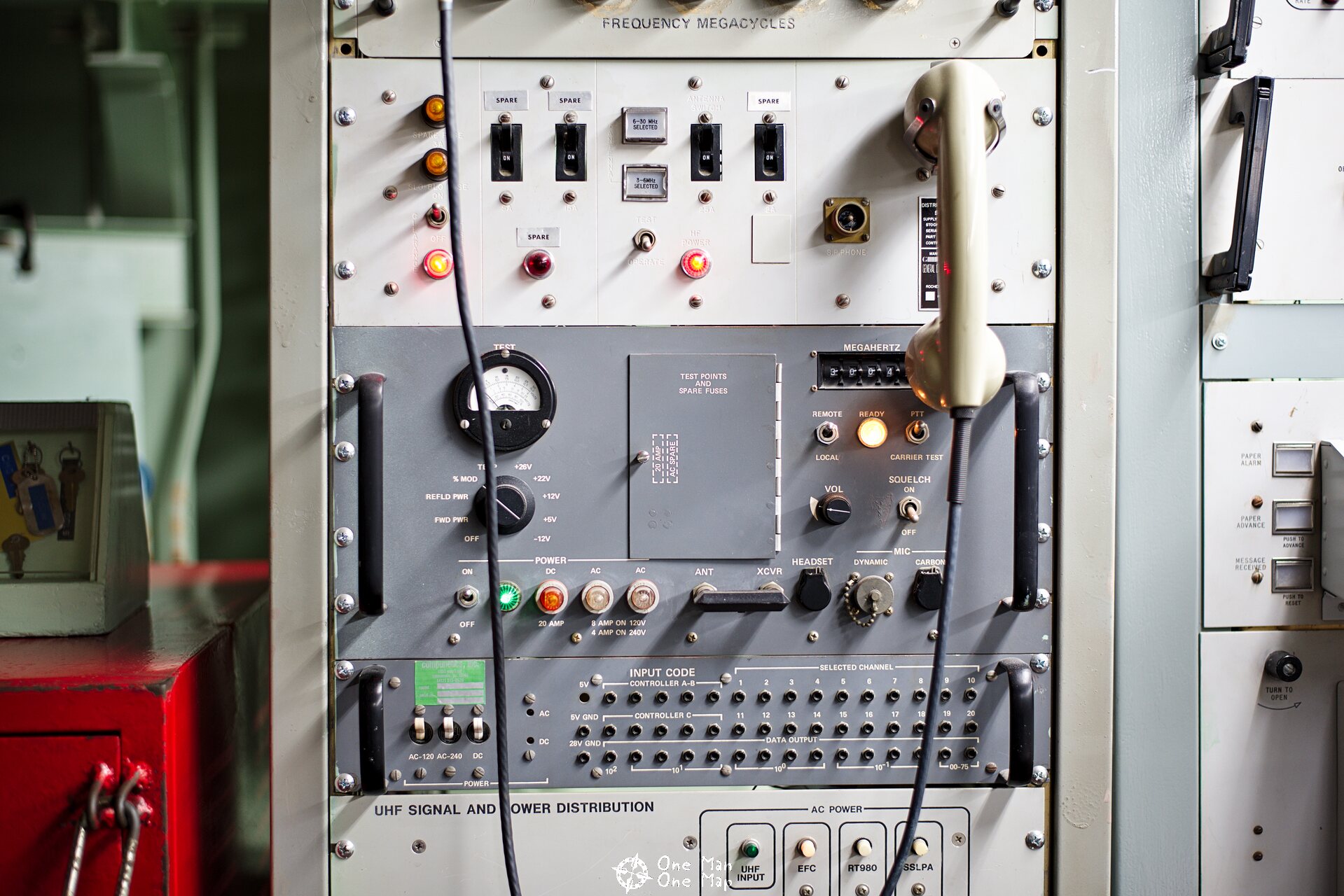
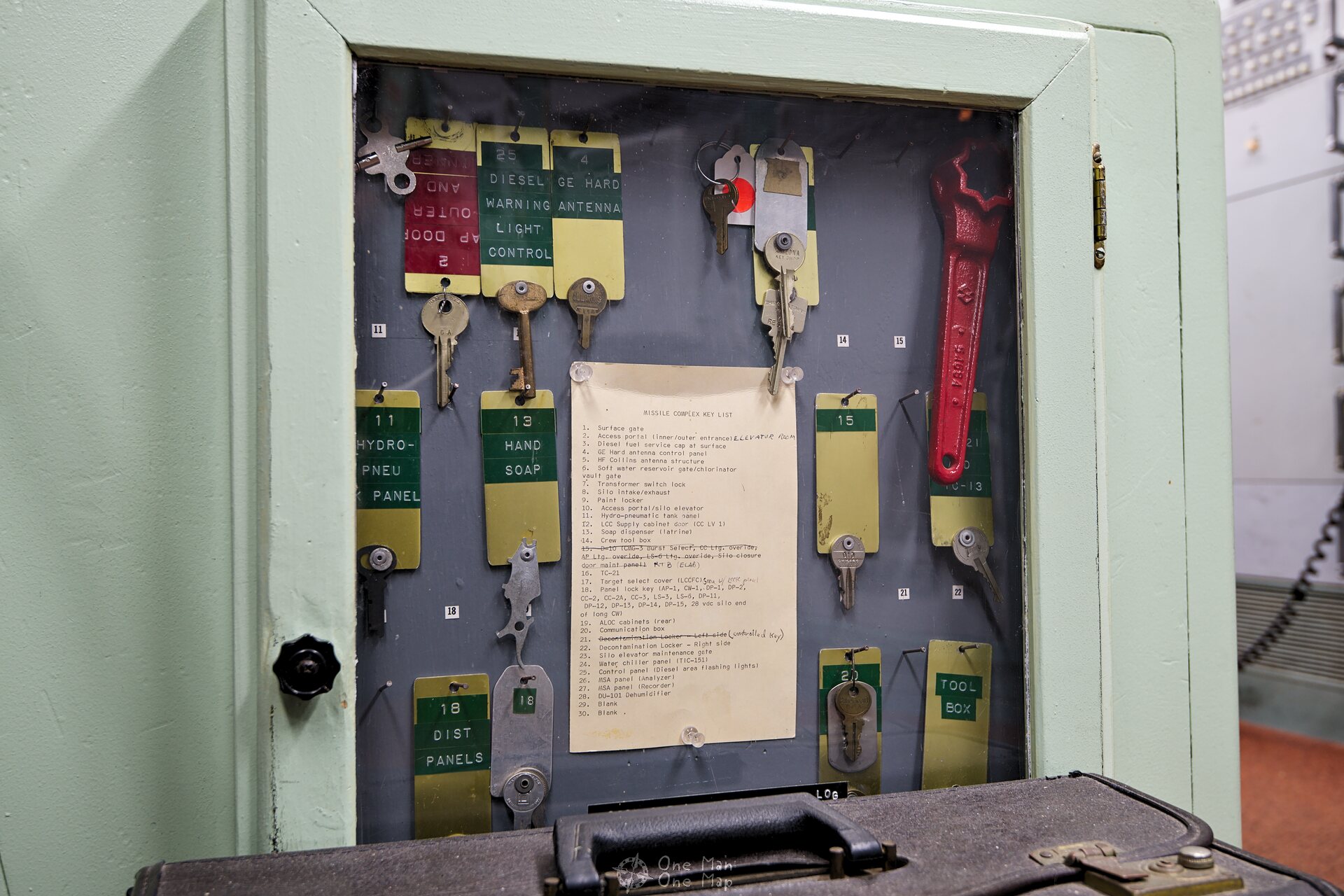
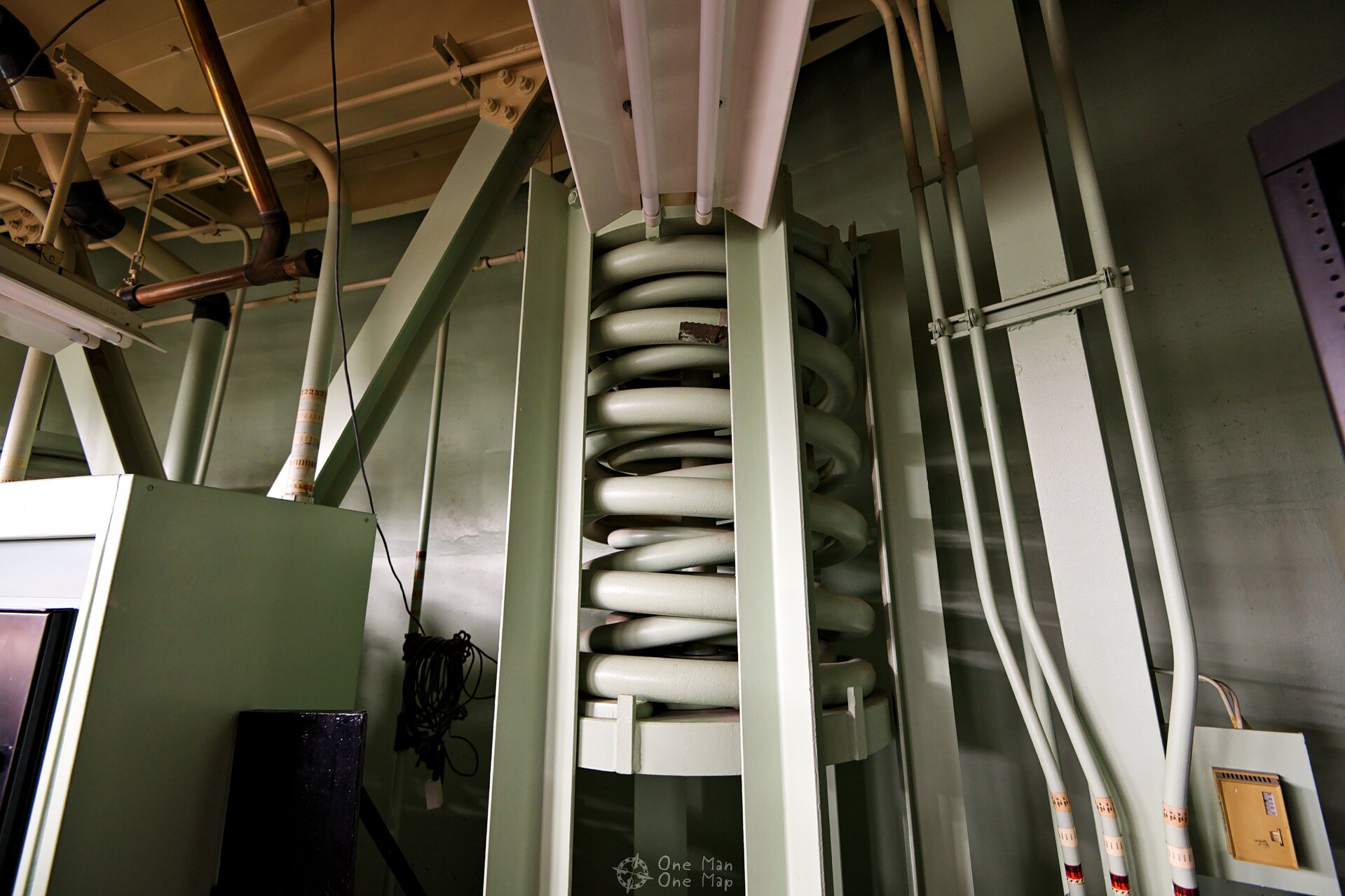
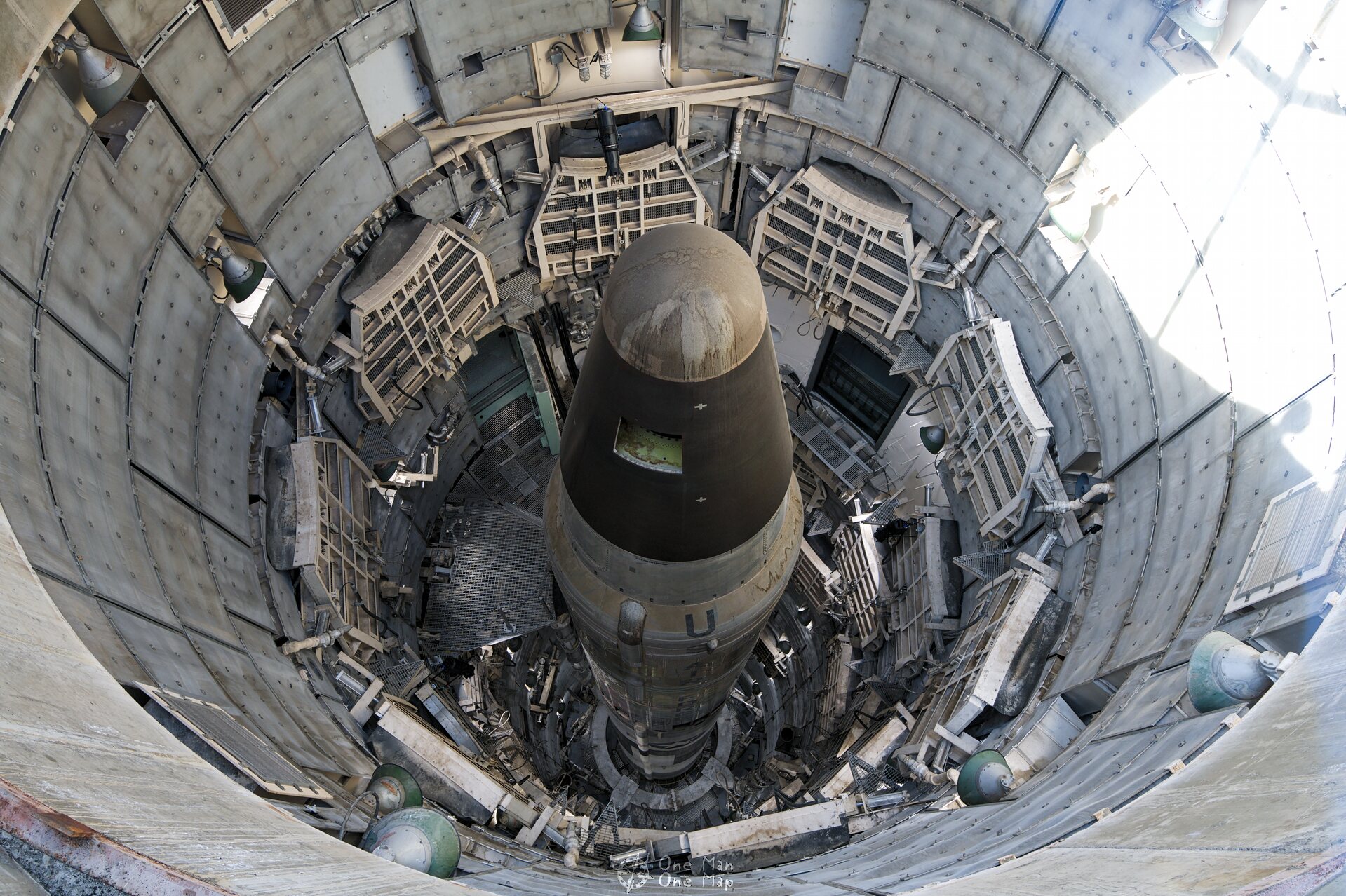
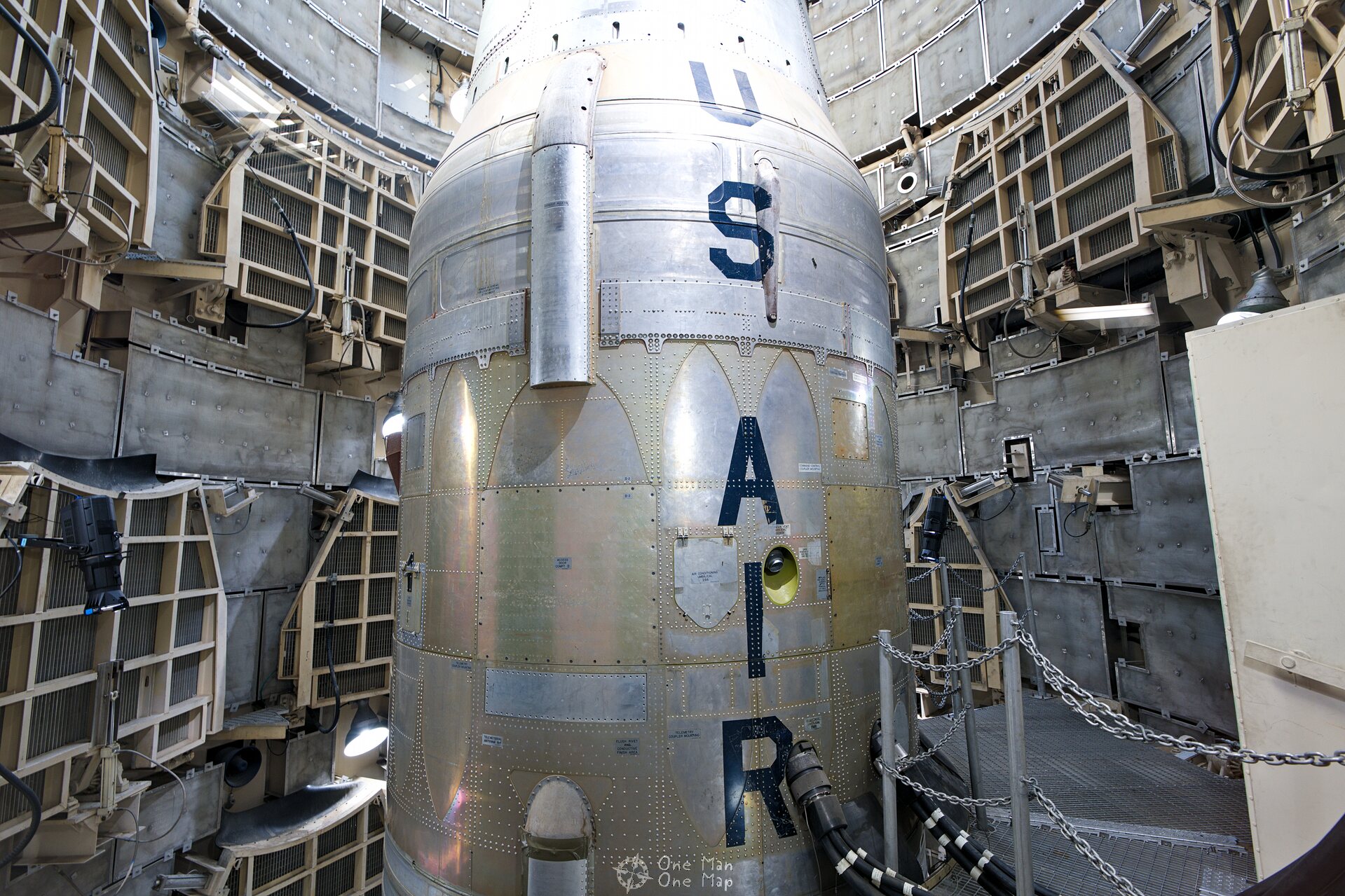
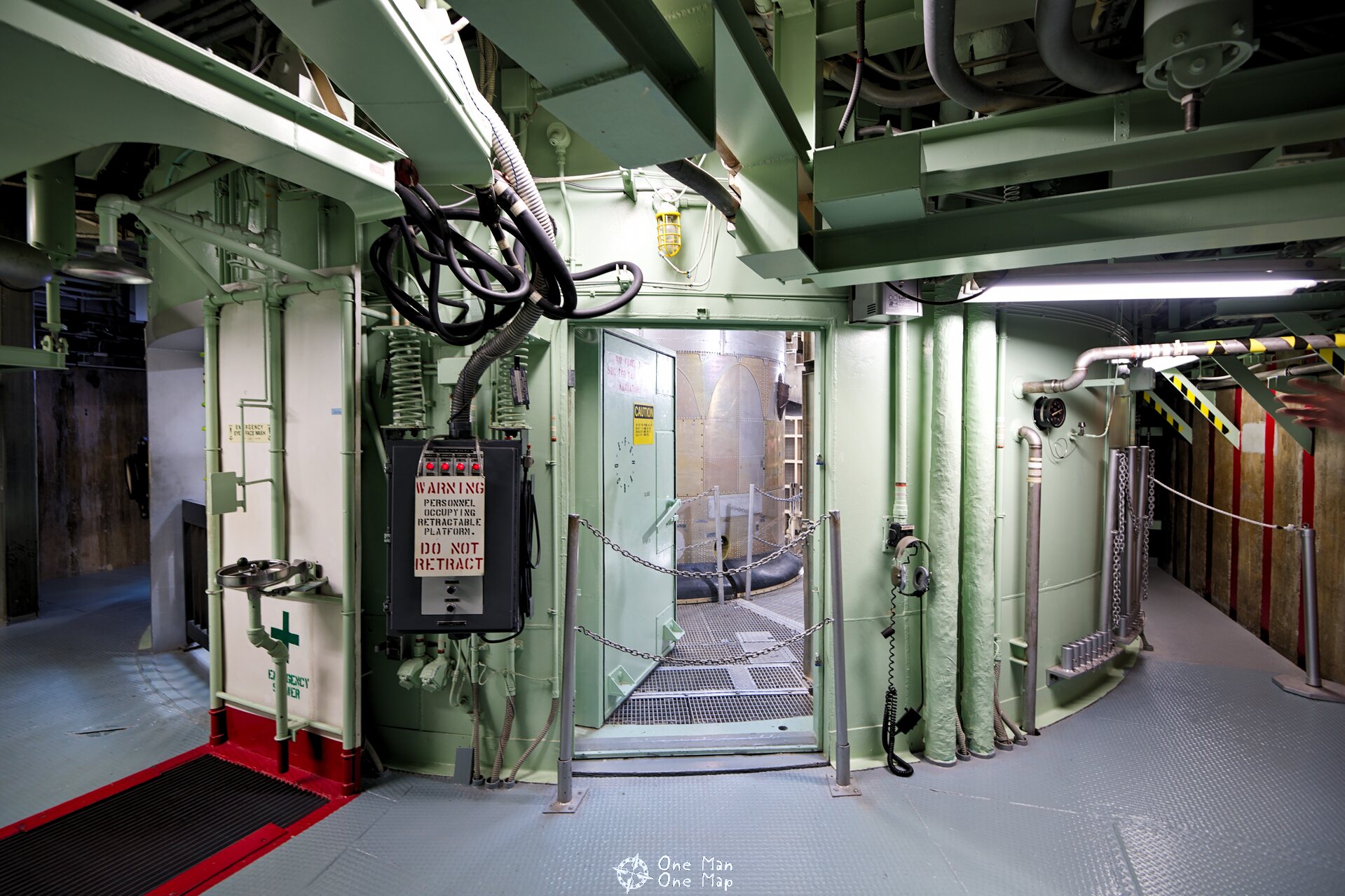
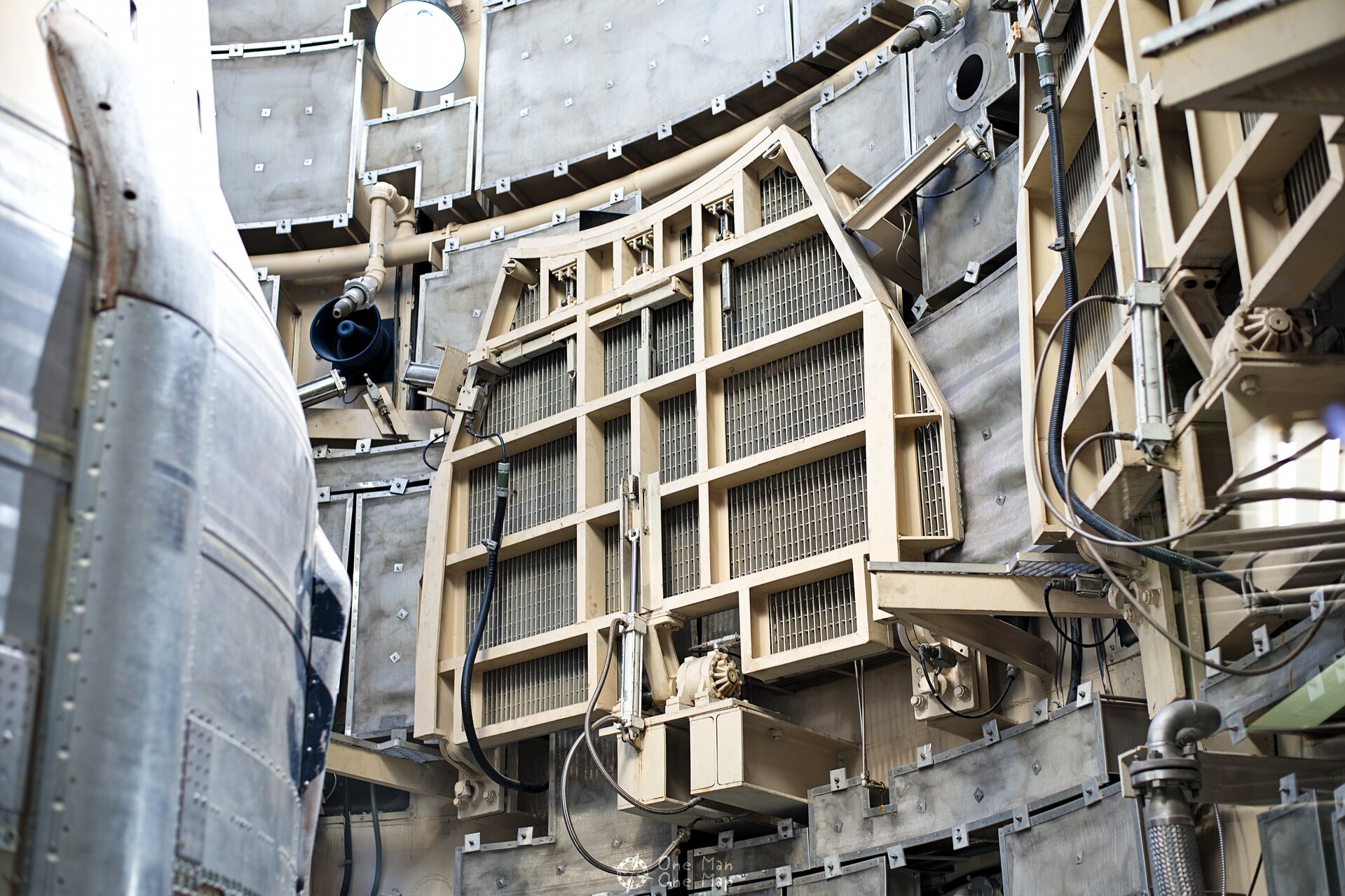
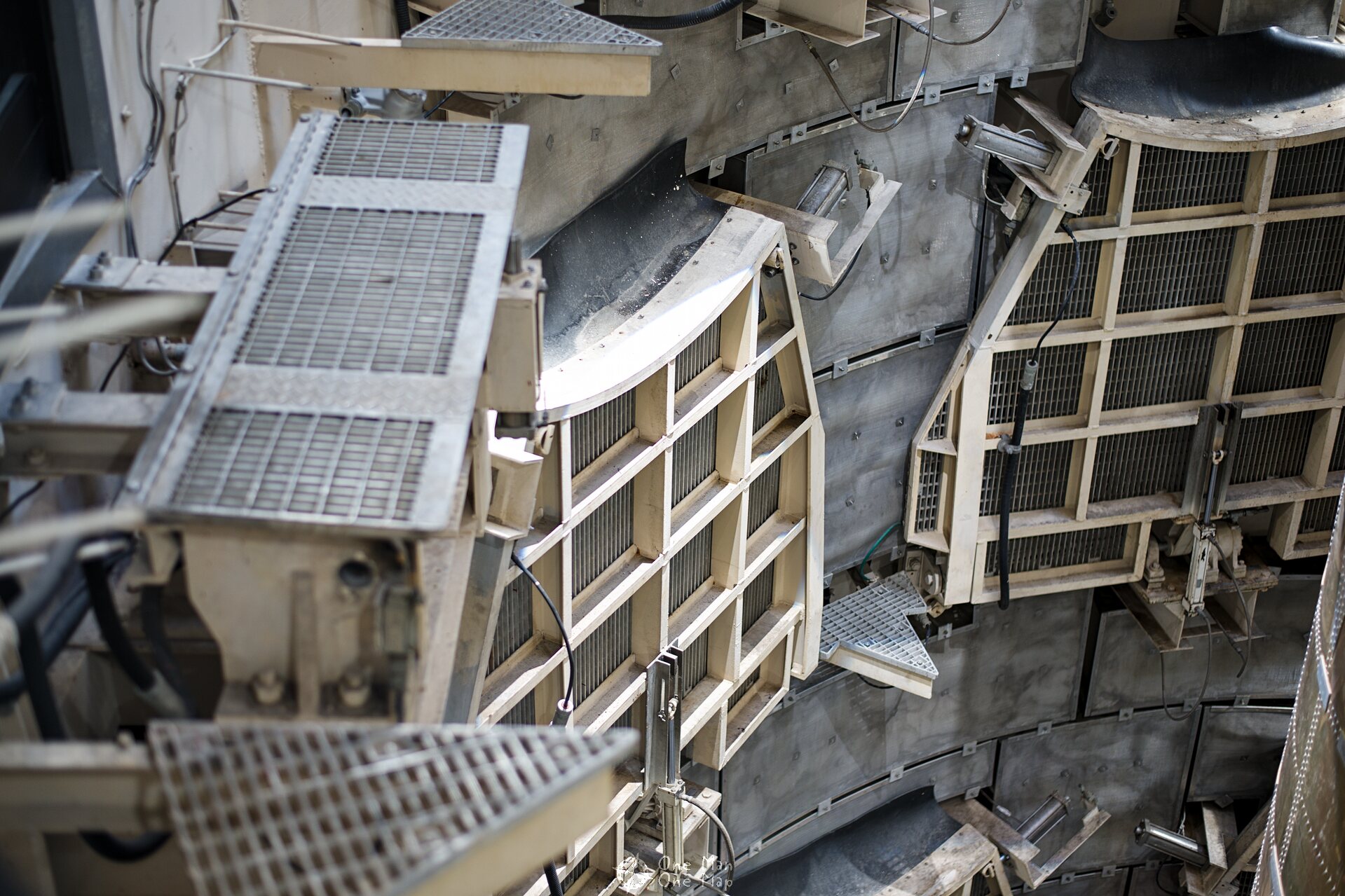
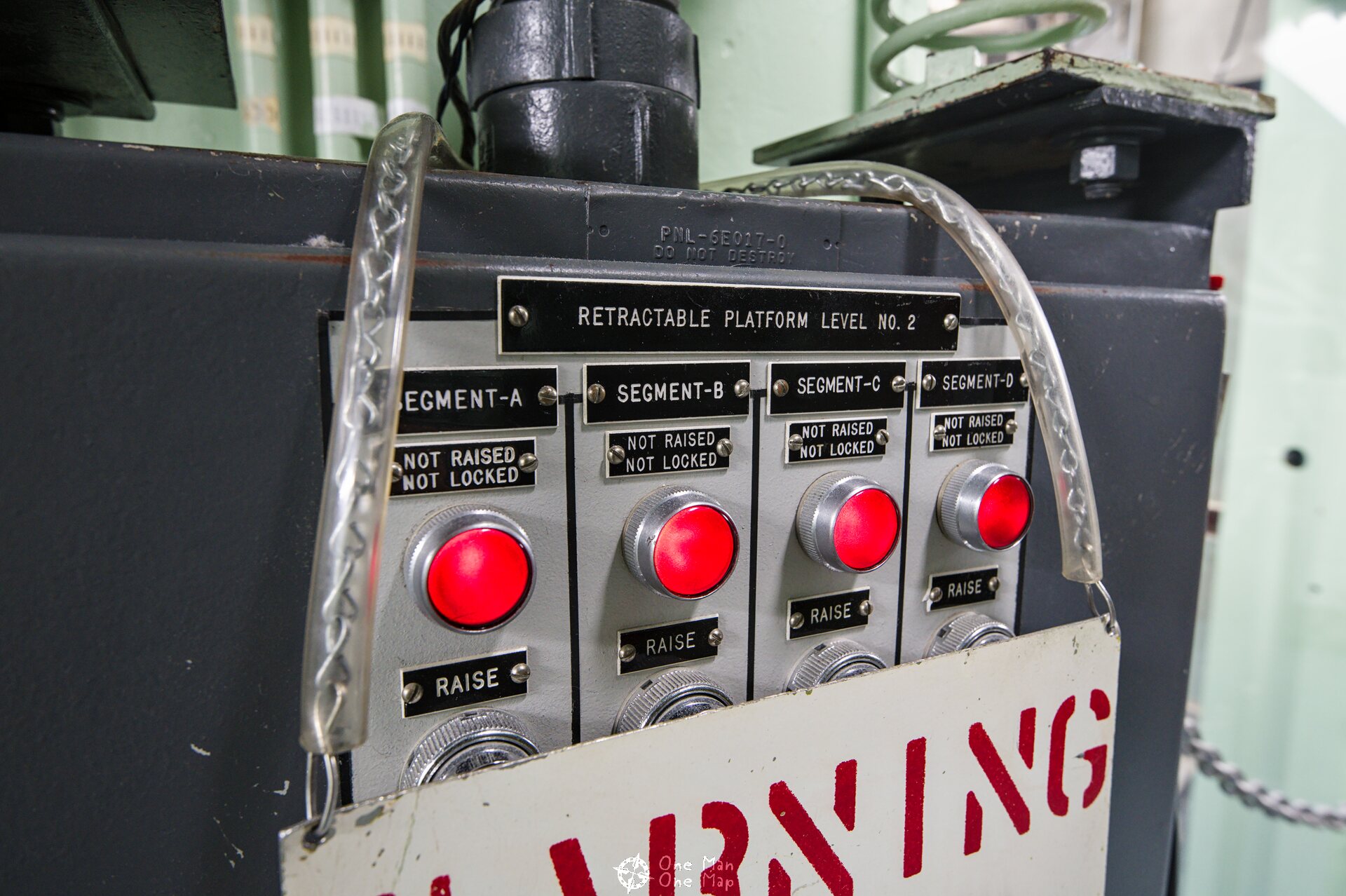
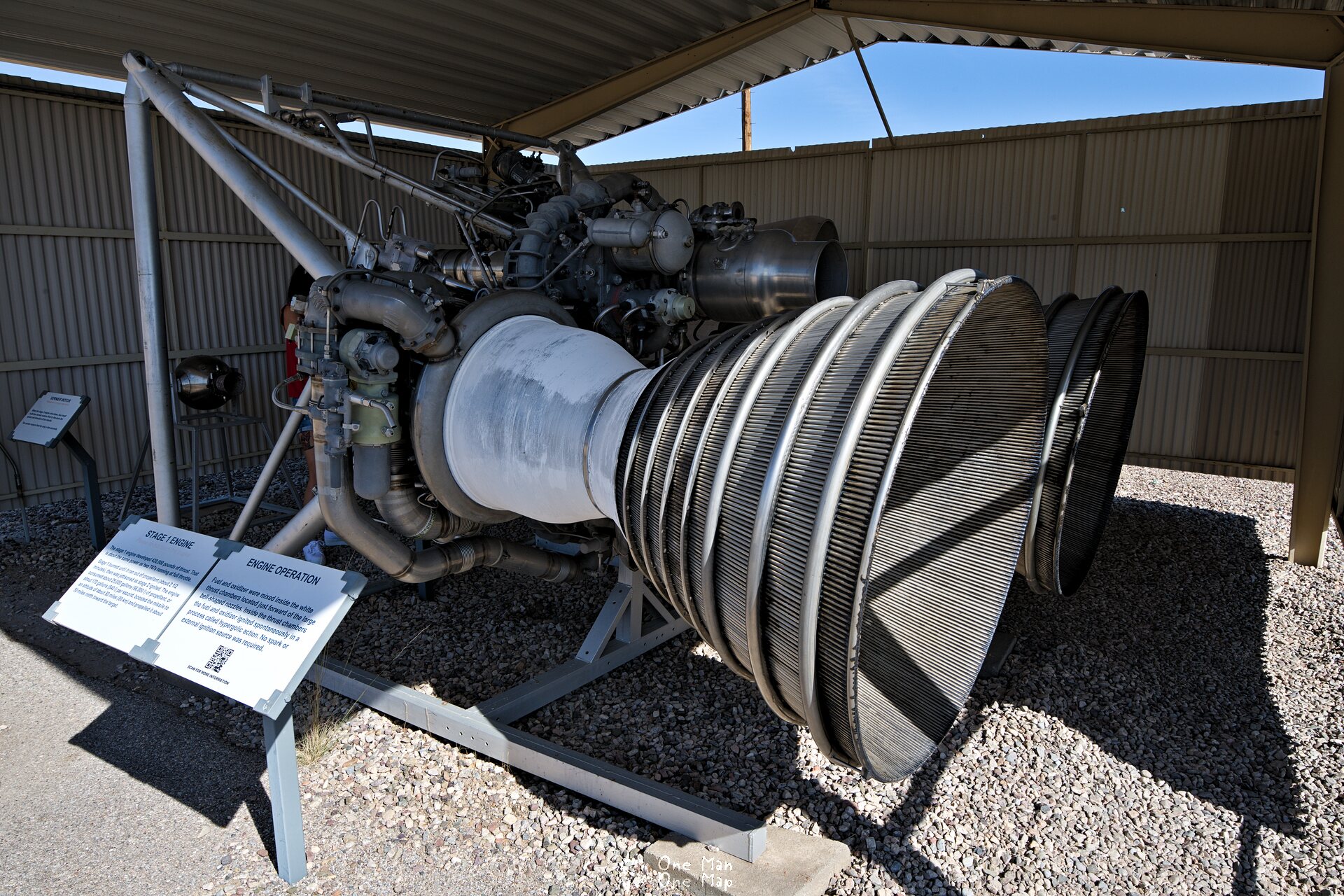
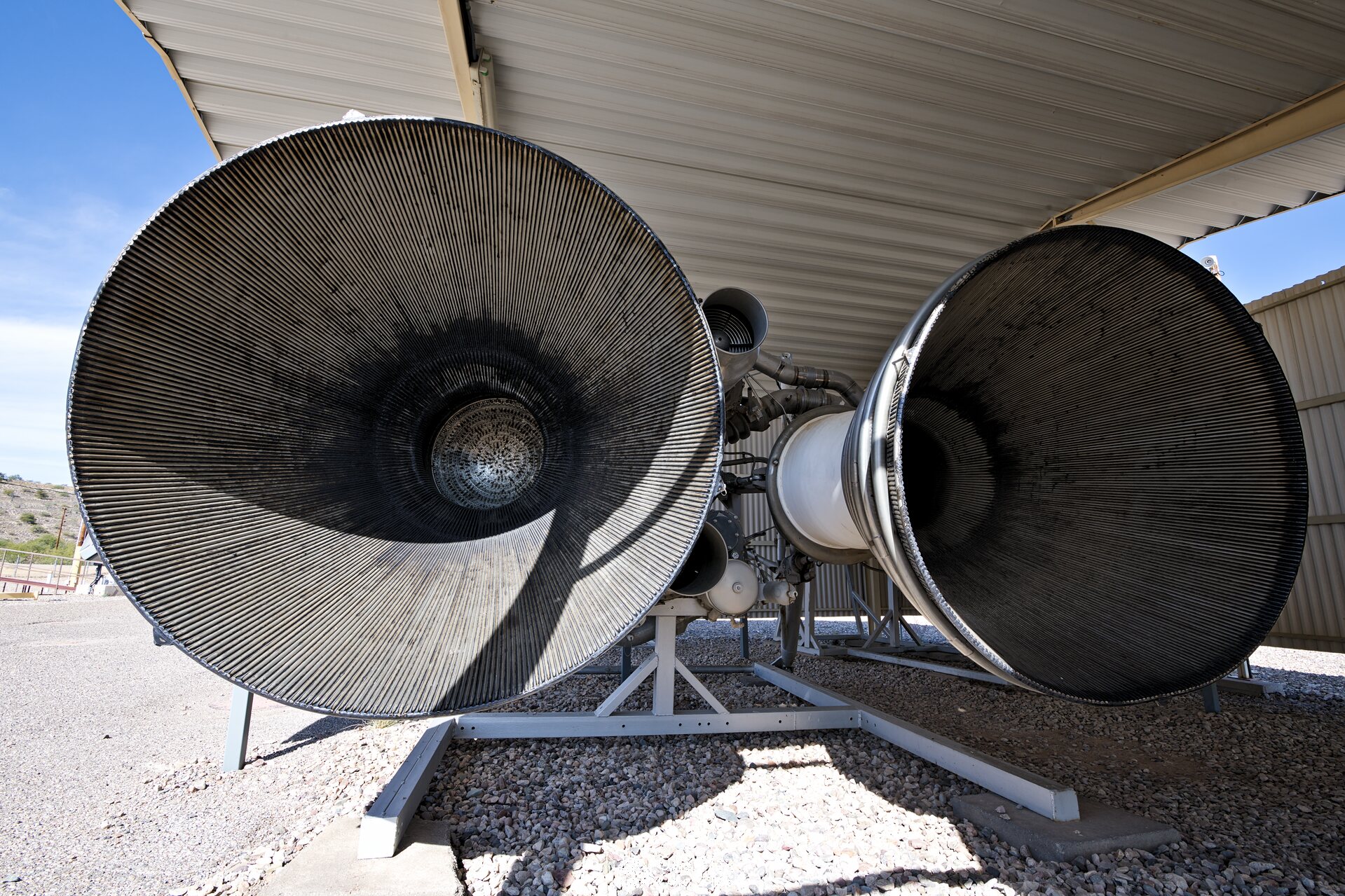
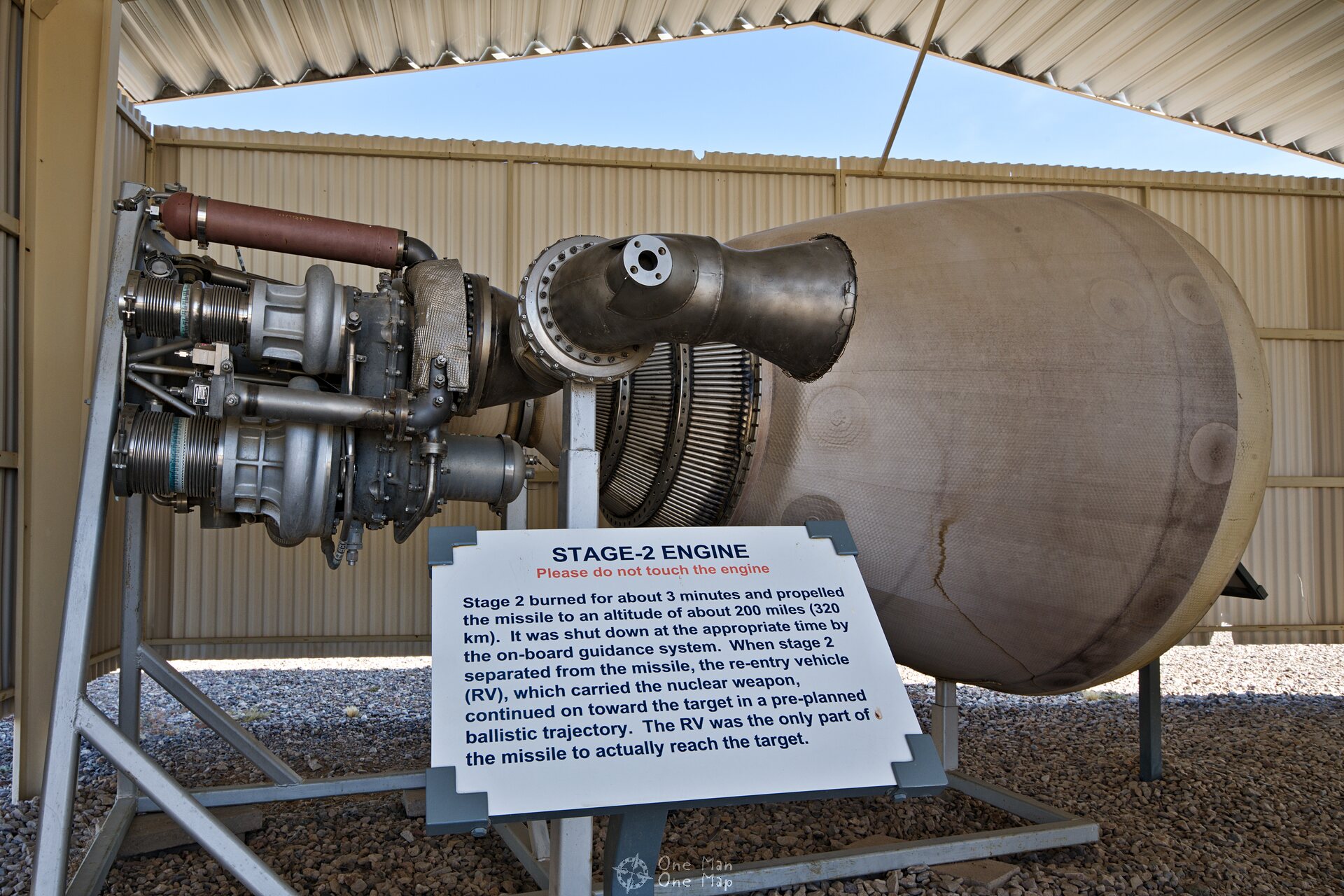
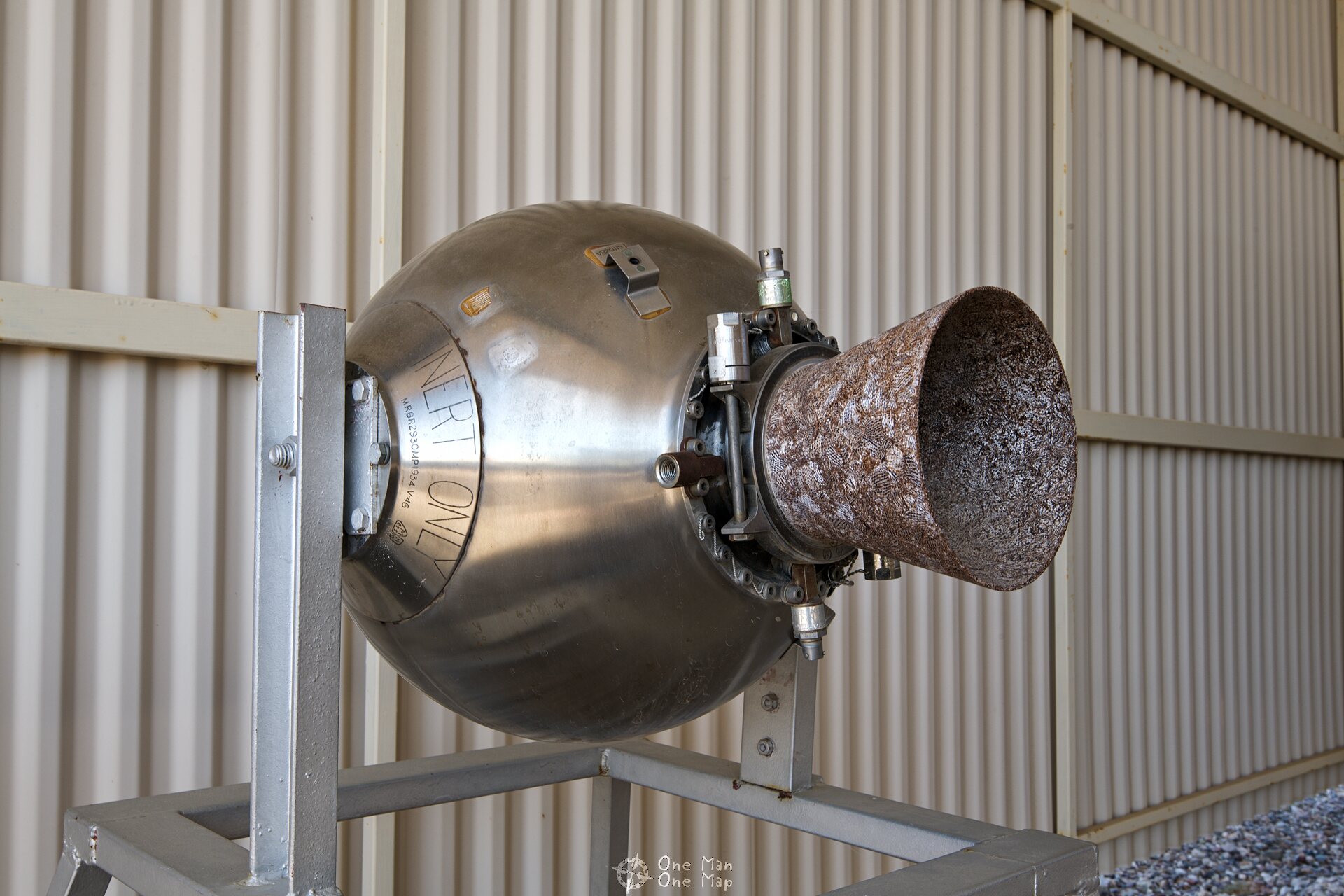

One comment